Mainland France / République Française – Let’s explore here
What’s it like in mainland France?
France is a beautiful country, with a rich history that has influenced much of Europe and beyond. There are endless amazing sights and castles, and it has a huge variety of landscapes. The country mostly consists of mainland France, based in western Europe, but also includes many overseas territories and islands, including French Guiana in South America, some islands in the Caribbean, and Corsica, a large island in Europe.
Mainland France is bordered by two massive sets of mountains – the Alps to the east and the Pyrenees to the south. It has fantastic beaches along both the Atlantic and the Mediterranean, year round sun, and amazing food. It’s no wonder that it’s one of the most (if not, the most) visited places on the planet.
The population of Mainland France is about the same as that of the UK, at around 70 million (2024), but it’s more than twice as big. It shares land borders with Andorra, Belgium, Germany, Italy, Luxembourg, Monaco, Spain and Switzerland. The highest point is Mont Blanc in the Alps, which is also the highest point in Europe, at 15,766 ft (4,805 m) above sea level.
The island of Corsica in the Mediterranean that’s part of France is AMAZING and stunningly beautiful! It’s so amazing in fact, that we’ve dedicated a page to it

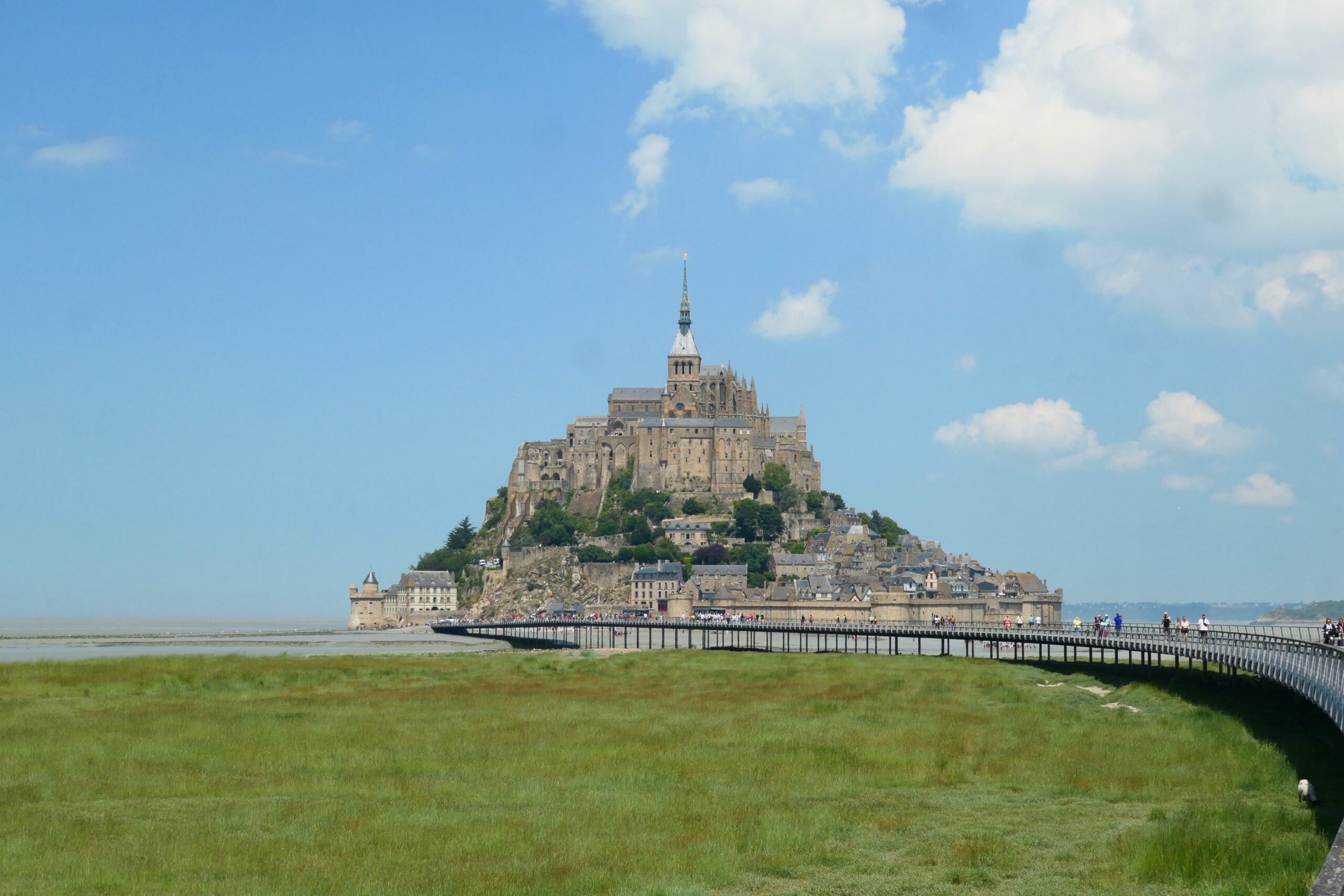
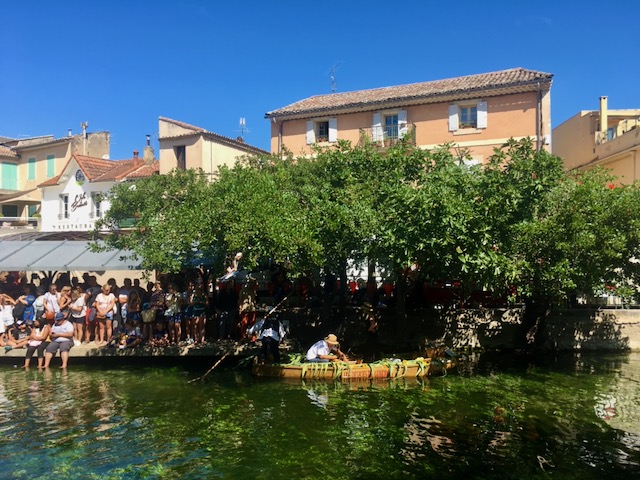
A bit about the history of France
France has a rich and influential history, shaped by its monarchy, revolution, imperial ambitions, and role in global affairs.
Early History and Medieval Period
The region now known as France was inhabited by Celtic tribes before being conquered by the Romans in the 1st century BC, becoming part of the Roman Empire as Gaul. After the fall of Rome, the Franks, a Germanic tribe, established the Kingdom of the Franks in the 5th century. Under Clovis I, it became a Christian kingdom, laying the foundation for modern France. The Carolingian Empire, under Charlemagne, expanded France significantly in the 8th and 9th centuries.
Capetian Dynasty and the Middle Ages
By the 10th century, the Capetian Dynasty began its long reign, marking the beginning of a centralized French monarchy. During the Middle Ages, France was embroiled in the Hundred Years’ War (1337-1453) with England, which ultimately led to the expulsion of the English and strengthened French national identity.
Renaissance and Religious Wars
The 16th century saw the French Renaissance, with significant cultural, artistic, and scientific growth. However, it was also marked by religious conflict, notably the French Wars of Religion between Catholics and Huguenots (Protestants). The conflict ended with the Edict of Nantes in 1598, granting religious tolerance to Protestants.
Absolute Monarchy and Revolution
In the 17th and 18th centuries, France became a major European power under monarchs like Louis XIV, who built the lavish Palace of Versailles and established an absolute monarchy. However, by the late 18th century, widespread discontent with the monarchy’s excesses, economic inequality, and Enlightenment ideas led to the French Revolution in 1789. The Revolution overthrew the monarchy, abolished feudal privileges, and led to the establishment of the First French Republic.
Napoleonic Era
After a period of political instability, Napoleon Bonaparte rose to power and declared himself Emperor of the French in 1804. He expanded France’s territory across much of Europe through military conquests but was ultimately defeated in 1815 at the Battle of Waterloo. His reign marked significant legal and administrative reforms, including the Napoleonic Code.
Restoration, Revolution, and Empire
After Napoleon’s fall, France experienced several political changes, including the restoration of the monarchy, the 1830 and 1848 revolutions, and the rise of Napoleon III, who established the Second French Empire. The empire collapsed after the Franco-Prussian War (1870-1871), leading to the establishment of the French Third Republic.
World Wars and Modern France
France was heavily affected by both World Wars. During World War I (1914-1918), it suffered devastating losses but emerged victorious. In World War II (1939-1945), France was invaded and occupied by Nazi Germany. The French Resistance and the Free French Forces, led by Charles de Gaulle, played key roles in the liberation. After the war, France became a founding member of the United Nations and NATO.
Post-War Era and Fifth Republic
The post-war era saw the decolonization of French territories, most notably in Indochina and Algeria. The French Fourth Republic, established after WWII, struggled with political instability, leading to the creation of the Fifth Republic in 1958 under Charles de Gaulle. De Gaulle’s leadership helped stabilize France, and the country became a nuclear power.
Modern France
Today, France is a republic with a strong economy and global influence. It is a founding member of the European Union, the United Nations, and NATO. France remains a major player in international diplomacy, culture, and global politics.
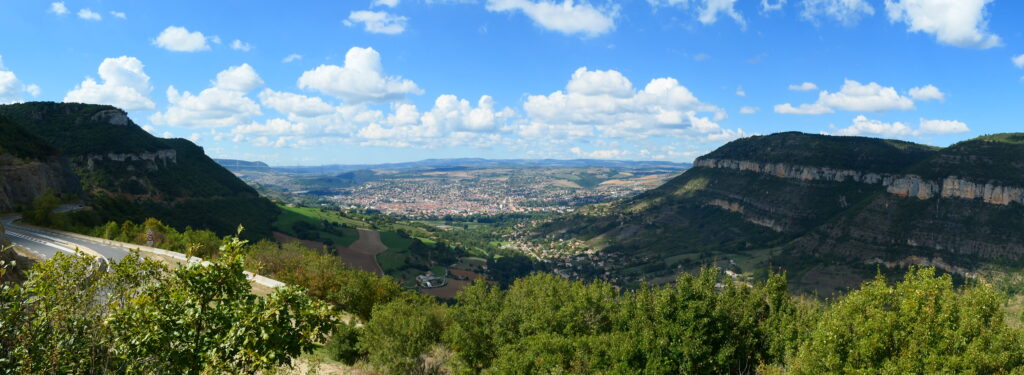
France road trip
Our French road trip in 2024 was split into two parts, so that we could drive on to to Spain, Portugal and Andorra as part of the same road trip. Our French road trip was part of a much larger European road trip.
In the first part of our France road trip, we travelled around much of the northern and western coasts of France on our way to Spain. We’ve been to France many, many times. In fact we’ve worked there too, so we know it pretty well. We also revisited some of our favourite places, like Monflanquin, as well as delving more deeply into the likes of Pau and its famous Grand Prix. We also travelled across the island of Corsica on this journey, which is a long time ambition for us.
Map of our first French road trip in 2024
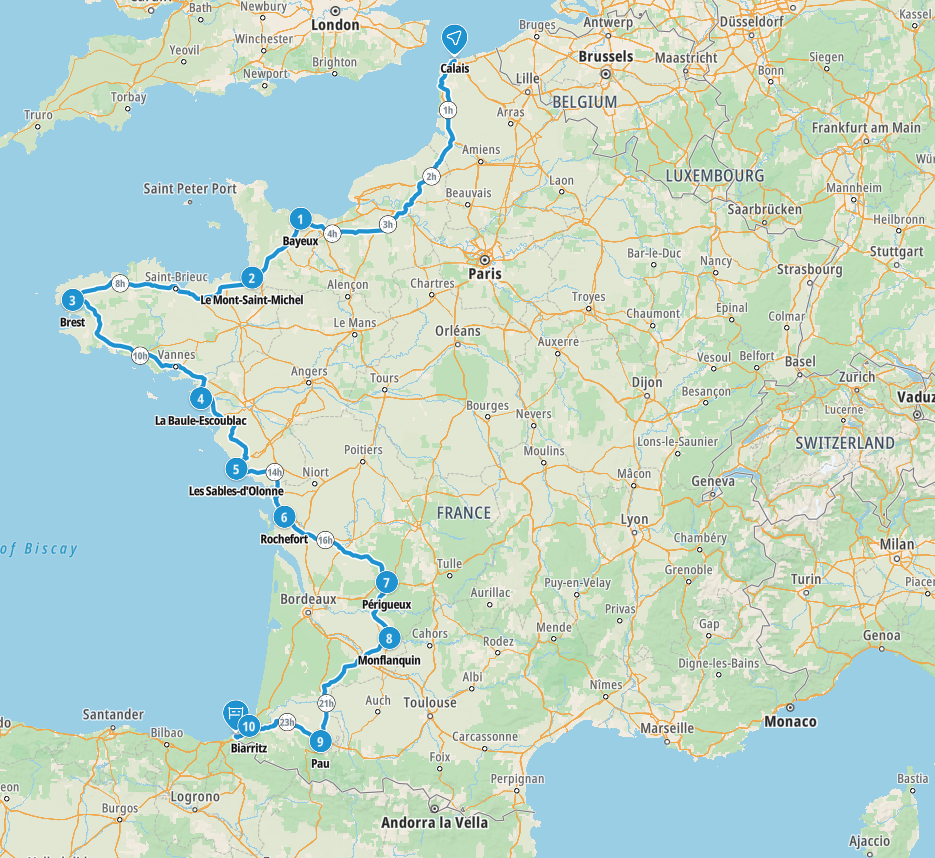
For the second part of our French road trip, having driven to Spain, Portugal and Andorra, we hugged the French Mediterranean coast from the Pyrenees up towards the Millau viaduct, before heading through the amazing Tarn gorge. From there we headed back towards the coast and on to the equally amazing Verdon gorge, before reaching Monaco.
Map of our second French road trip in 2024

This is a map of the second part of our 2024 road trip from Andorra, through France and on to Monaco and Italy.
Our route took us from Andorra – Perpignan – Millau Viaduct – Tarn gorge – Aix-en-Provence – Saint Tropez – Saint Maxime – Verdon gorge – Castellane – le Tournet – Moulinet – Monaco – Ponte San Ludovico
As part of our European road trip in 2024, we also drove through the magnificent island of Corsica.
Previous France road trips
We created a blog for our 2023 France road trip. You may find it helpful, and you may pick up some tips, or more likely mistakes not to make that we made 😉
France was the very start of our mammoth European road trip in 2023, so we were over excited and keen to get up to Scandinavia and Eastern Europe. As such, we didn’t spend much time in France initially, although after around 25,000 miles (40,000 km) on to the far reaches of the continent, we did return to the UK via France.
For the first part of our 2023 French road trip we travelled from the UK via the Shuttle into Calais. Despite all the planning, there were some minor mishaps, and some calamitous errors! See our blog for more on that! We spent only a couple of days in France, before moving on to lovely Belgium, avoiding all motorways and toll roads. In fact we were hoping to avoid these type of roads from then on – time permitting!
For the second part of our 2023 French road trip, we returned back through the east of France from Switzerland after our epic 2023 European adventure.
Map of our second French road trip in 2023
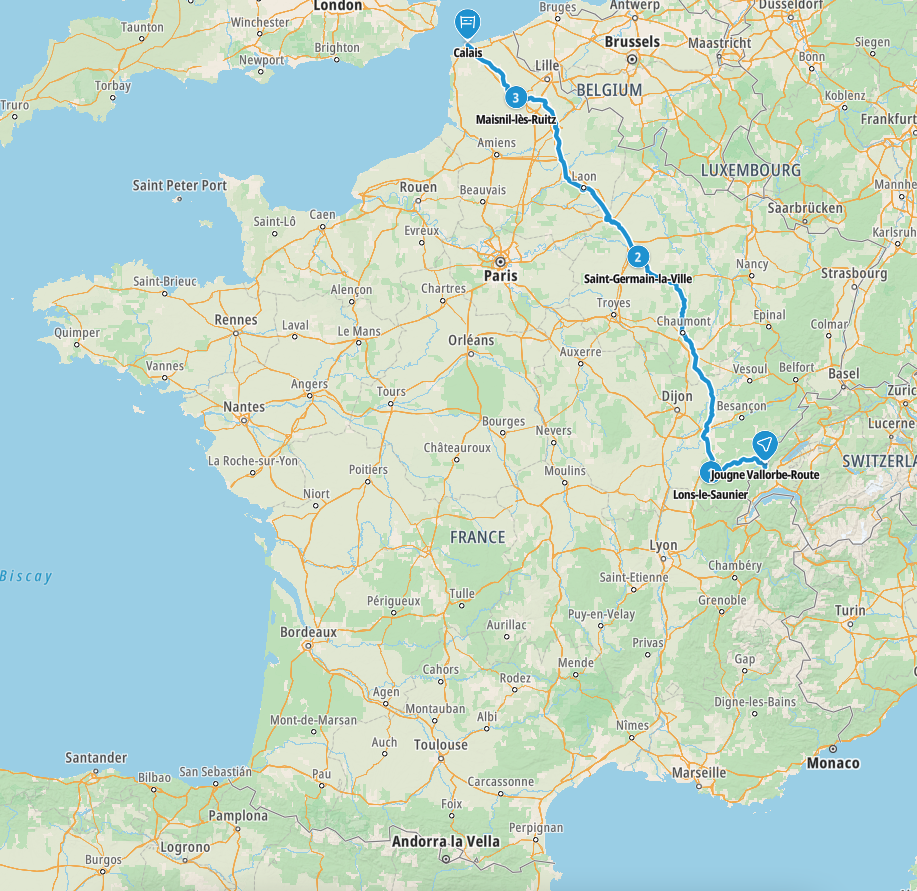
This is a map of the second part of our 2023 French road trip that we took from Switzerland back to the UK.
Our route took us from the Swiss border over to the foggy town of Lons-le-Saunier, then north west to the pretty village of Saint-Germain-la-Ville, and back to our usual stop off in Parc d’Olhain, before heading home.
Our favourite places in France
These are some of the best places that we’ve explored on our road trips through France. We’ve put them in alphabetical order.
Avignon – Vaucluse
Avignon is the fastest growing area in France (2023), with almost 350,000 residents, and is definitely worth visiting! It’s a beautiful city in southern France, known for its rich history, stunning architecture, and scenic beauty. The impressive Palais des Papes is a must-see. Between 1309 and 1377, seven successive catholic popes lived in Avignon, and the palace is one of the largest and most important medieval Gothic buildings in Europe. It’s also a UNESCO World Heritage site. Papal control persisted until 1791 when it became part of France after the French Revolution.
The medieval centre of Avignon is full of charming narrow streets, squares, and lovely cafés, and if you visit in July, you can experience the world-famous Festival d’Avignon, one of the largest and most important theatre festivals in the world.
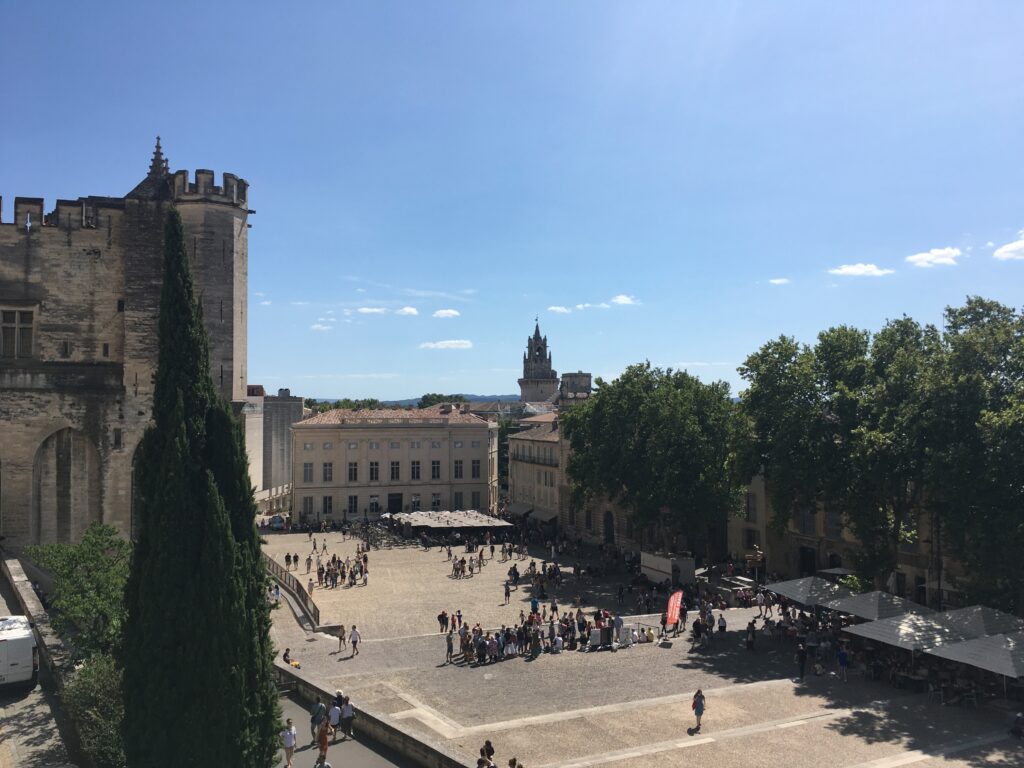

Bayeux – Calvados
Bayeux is a small town in northern France, most known for its famous Tapestry, and is definitely a great place to visit, especially if you’re interested in history and culture. Located in Normandy, France, it’s known for its medieval charm and historical significance. Here are some highlights that make it worth a visit:
- The Bayeux Tapestry: The main attraction is the famous Bayeux Tapestry, a remarkable eleventh century embroidered cloth, 230 ft (70m) long and 20 inches (50cm) tall, that depicts the Norman Conquest of England in 1066, led by William the Conqueror, Duke of Normandy. It’s a UNESCO-listed masterpiece, and you can view it in a dedicated museum. Following the death of Edward the Confessor, William invaded England, and conquered the Anglo-Saxon armies of King Harold II of England, at the Battle of Hastings.
- Bayeux Cathedral (Cathédrale Notre-Dame de Bayeux): The beautiful Gothic cathedral is one of the most iconic landmarks in the town. Its stunning architecture, impressive stained-glass windows, and peaceful atmosphere make it worth exploring.
- Normandy Landing Beaches: Bayeux is just a short distance from the D-Day landing beaches of World War II. You can visit historical sites like Omaha Beach, Utah Beach, and the Normandy American Cemetery, which makes Bayeux an ideal base for World War II history enthusiasts.
- Old Town: The town itself is full of charming medieval streets, half-timbered houses, and quaint boutiques. The Place Charles de Gaulle is a lovely square to relax and soak in the local atmosphere.
- Bayeux Museum of Art and History: Aside from the tapestry, there are other museums and exhibitions in Bayeux that delve into the region’s history, art, and heritage.
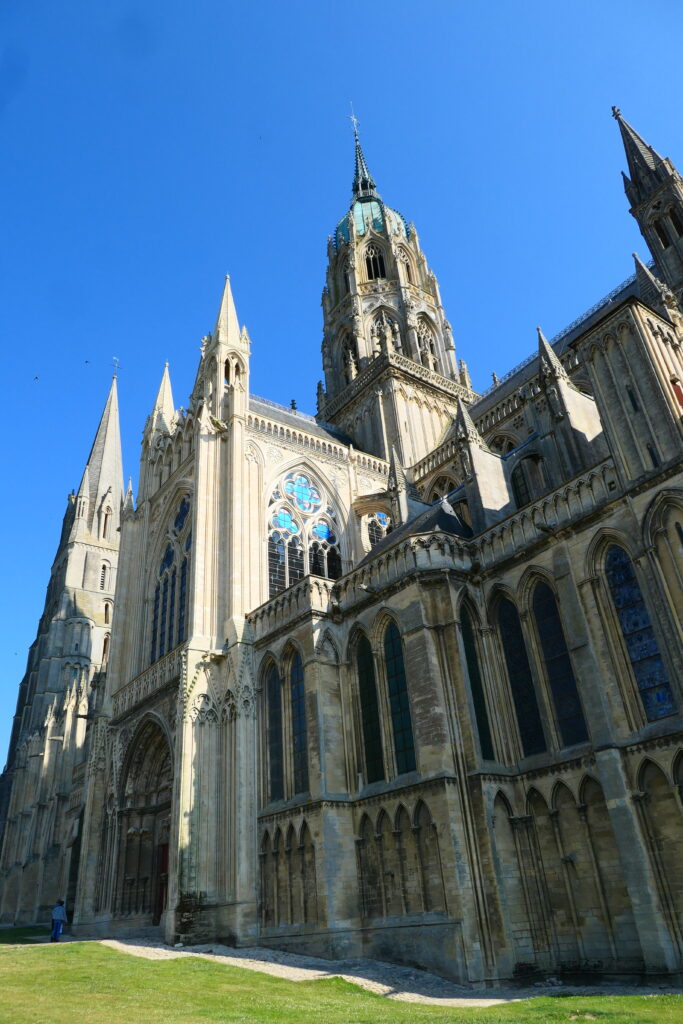
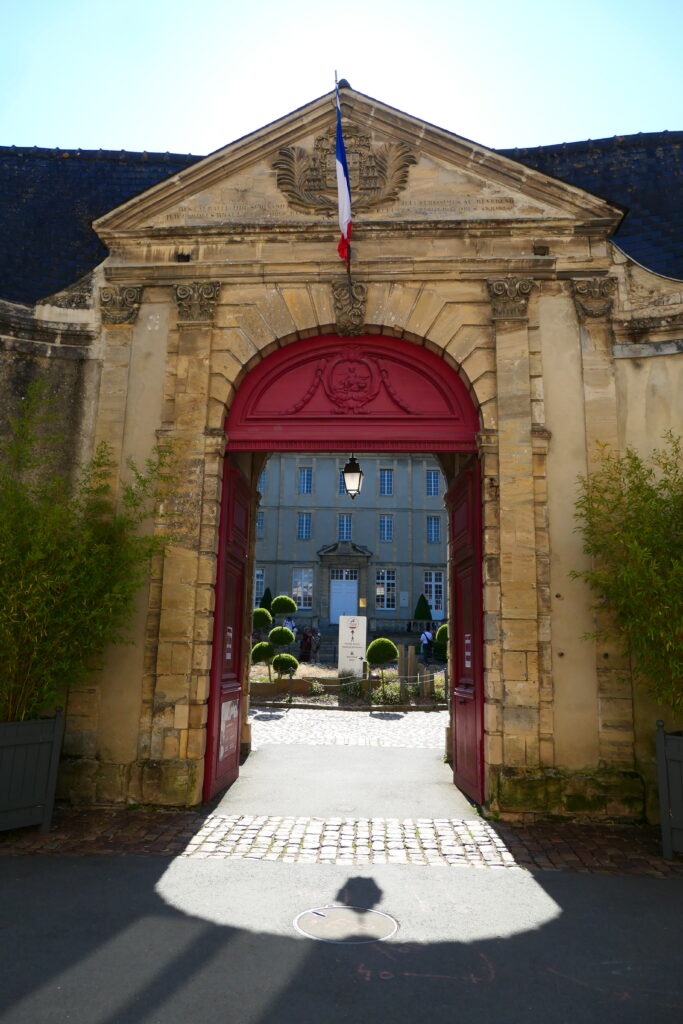
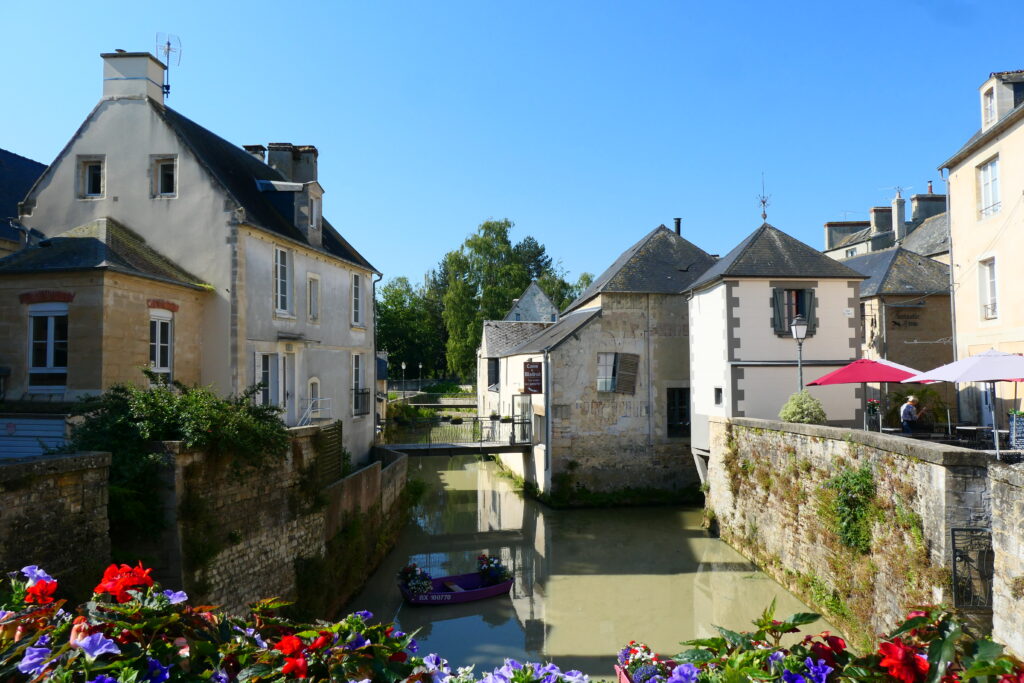

Carcasonne – Aude
Carcasonne is a truly lovely place. And it’s got a little airport, so you can potentially fly right in or out! We’ve done this a number of times – we love it because it’s such tiny airport – no messing! The whole area around here is stunning, as essentially it’s the gateway to the Pyrenees, as well as to the lovely coast. Well worth a visit!
The star attraction is the medieval walled city, a UNESCO World Heritage site. Walking through the cobbled streets, surrounded by massive stone walls and towers, feels like stepping into a fairy tale. The castle, Château Comtal, and ramparts are particularly impressive. From the ramparts and towers of the walled city, you get fantastic views of the surrounding countryside and the Pyrenees mountains in the distance. Additionally the Canal du Midi, which is also a UNESCO World Heritage site, runs through the area and offers beautiful walks or boat rides.
There’s also the Basilica of Saint-Nazaire, a beautiful Gothic and Romanesque church inside the walled city, which is known for its stunning stained-glass windows and peaceful atmosphere. If you visit in July, Carcassonne also hosts a huge festival, featuring music, theatre, and fireworks which are especially spectacular against the backdrop of the medieval walls.

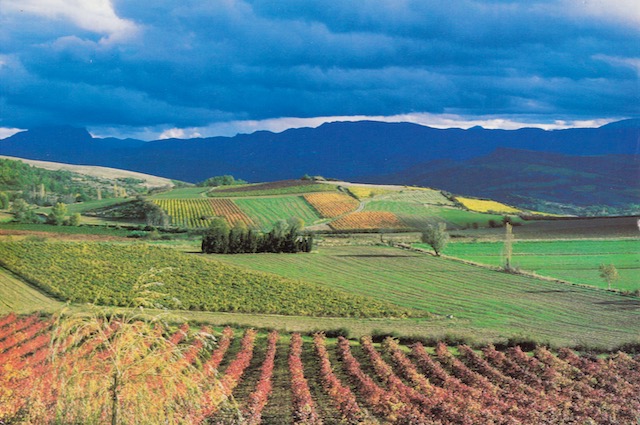
Castellane – Alpes-de-Haute-Provence
Castellane is a very small city of fewer than 1,500 people (2019) located in the far south east of France, 2,375 ft (724 m) above sea level. The city is dominated by the large rock that sits 3,051 ft (930 m) above sea level. The Chapel of Our Lady of the Rock, which can be seen from a long way off, and dates from the 12th century, sits on top of the rock, overlooking the city.
The town Itself is a quaint and picturesque town, with narrow winding streets, colourful houses, and a lovely town square. Its medieval charm makes it an ideal place for a leisurely walk. The chapel also offers great panoramic views of the surrounding area. It’s also referred to as the ‘gateway’ to the Verdon gorge, one of Europe’s most spectacular natural sites.
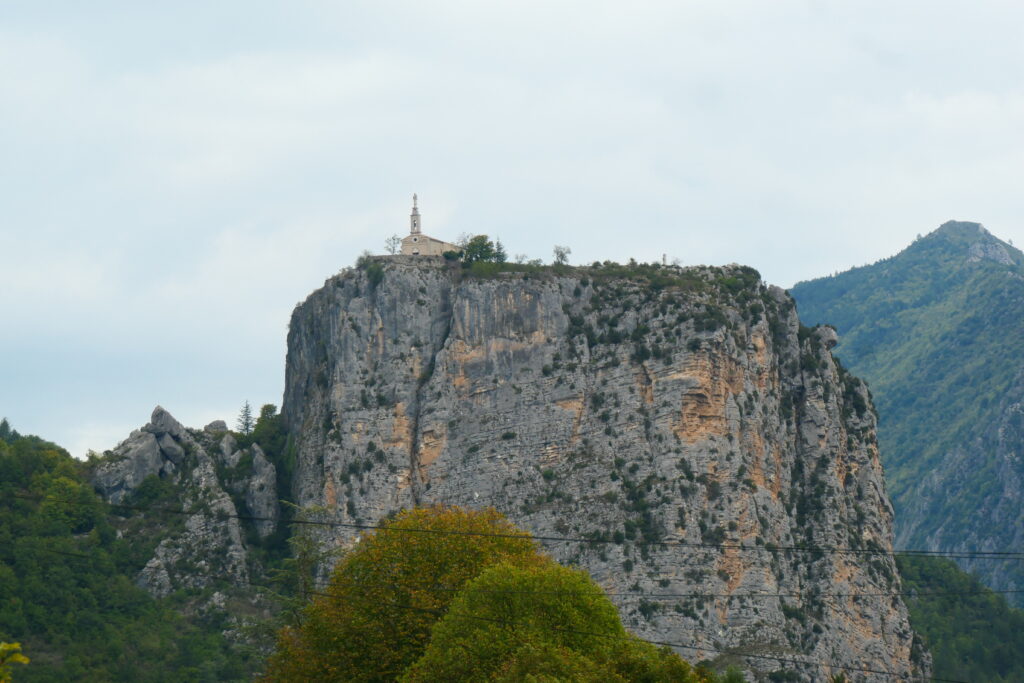
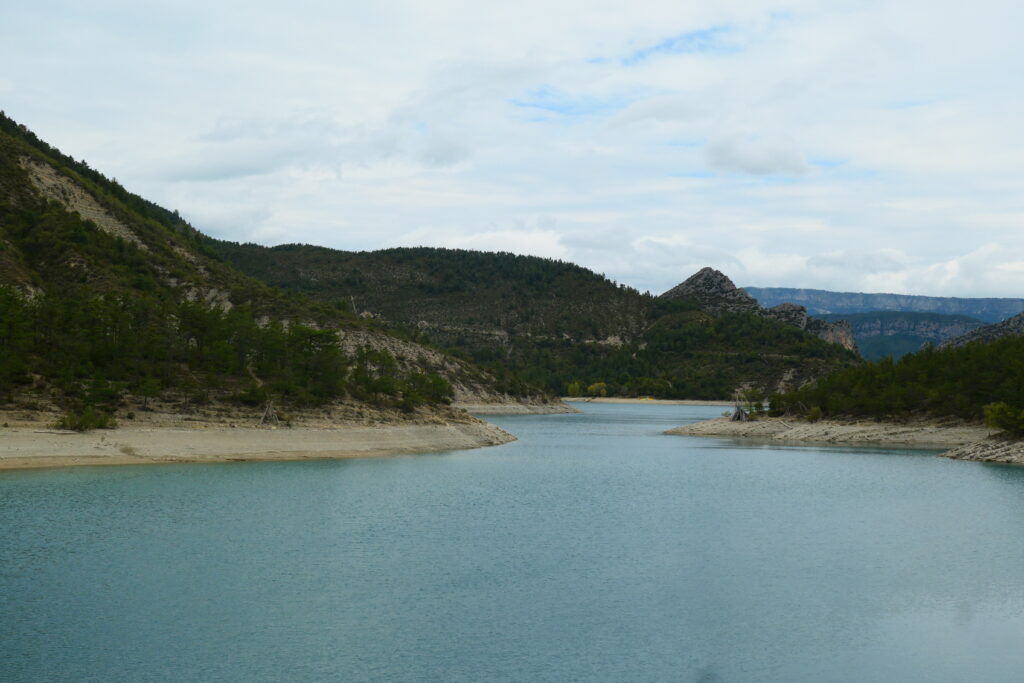
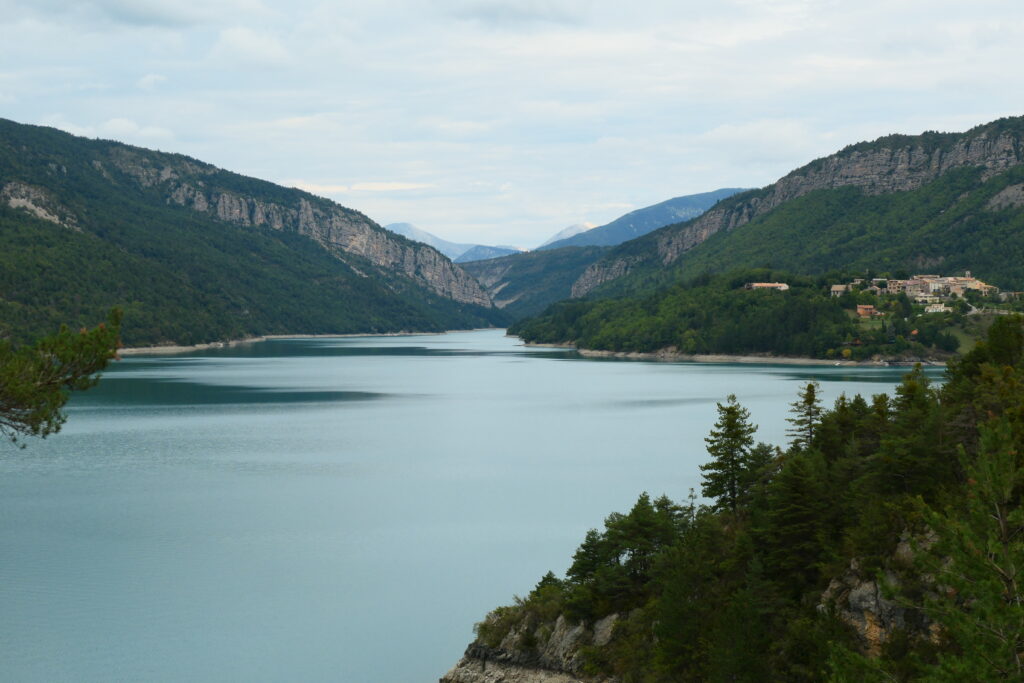
Colmar – Haut-Rhin
Colmar is a beautiful old town in north eastern France, near the border with Germany. Although very touristy, it’s definitely worth a visit. It offers a unique mix of medieval, Renaissance, and traditional Alsatian architecture. Colmar’s old town looks like something straight out of a fairytale, with its colourful, half-timbered houses, canals, and cobblestone streets. The ‘Little Venice’ district is particularly famous for its canals lined with vibrant buildings, creating a magical atmosphere.
Colmar is also situated on the Alsace Wine Route, one of the oldest and most scenic wine routes in France. The surrounding vineyards are beautiful, and there are plenty of wine tours and tastings available in the nearby villages and wineries.


Dijon – Côte-d’Or
We were super surprised by Dijon! I had no great expectations, as for us it was a stop off on our way to the south of France one year. the only thing I knew was that it’s famous for mustard! Well I can categorically tell you that if you are ever anywhere near it, you should make a special effort to visit. It’s a superb city! Incredibly picturesque, loads to do, masses of quirky shops, loads of decent restaurants … and a generally excellent vibe about the place. Awesome!
Located in the Burgundy region of France, it offers a charming mix of medieval and Renaissance architecture, world-renowned gastronomy, and rich cultural heritage. It’s full of beautiful historical landmarks like the Palais des Ducs de Bourgogne (Palace of the Dukes of Burgundy), and the Musée des Beaux-Arts (Museum of Fine Arts). The Notre-Dame de Dijon is a stunning Gothic church with intricate architecture and amazing sculptures, and the Tour Philippe le Bon (Philip the Good Tower) offers an excellent panoramic view of the city from the top.
One of the unique and fun ways to explore Dijon is by following the Owl’s Trail, a self-guided walking tour marked by bronze plaques shaped like owls. The trail takes you to the most significant sites in the city, and it’s a great way to get a feel for Dijon’s historical charm.
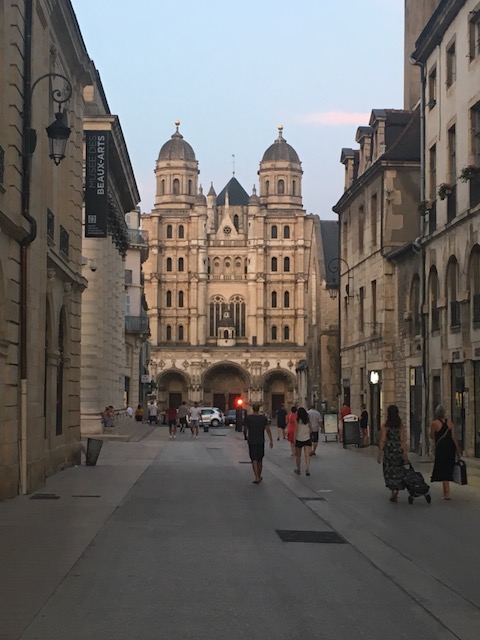
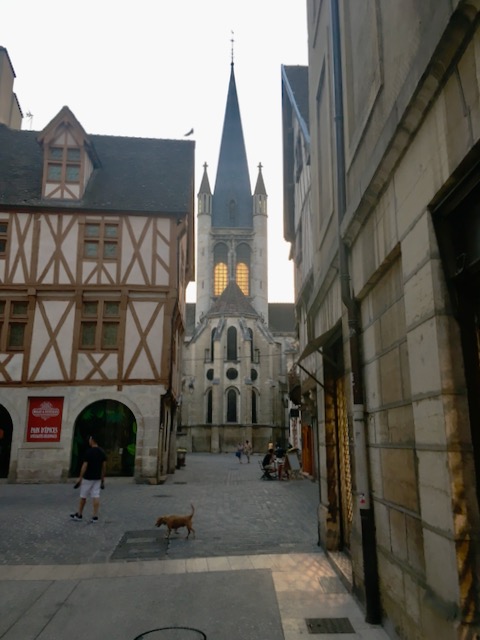
Gordes – Vaucluse
Gordes is simply one of the most stunning places you’ll ever feast your eyes upon … especially if you’re coming at it unawares … just incredible! It’s only a tiny place, but well worth the effort if you’re in the area.
The village is perched on a rocky outcrop, offering incredible views of the surrounding lavender fields, vineyards, and the rugged Provencal landscape. It’s is a charming maze of narrow cobblestone streets, steep staircases, and lovely stone houses, making it a delight to explore on foot. The village has an authentic, rustic atmosphere, with many boutiques, art galleries, and cafés where you can relax and enjoy the view.
The village is also home to the impressive Château de Gordes, a Renaissance-era castle that houses an exhibition space, and the Abbaye de Sénanque, a 12th century Cistercian monastery just outside the village. You can visit the castle, which is perched above the village, and enjoy beautiful views of the surrounding area. If you visit in the summer, the fields around the village are often in full bloom, creating a stunning purple sea of lavender.

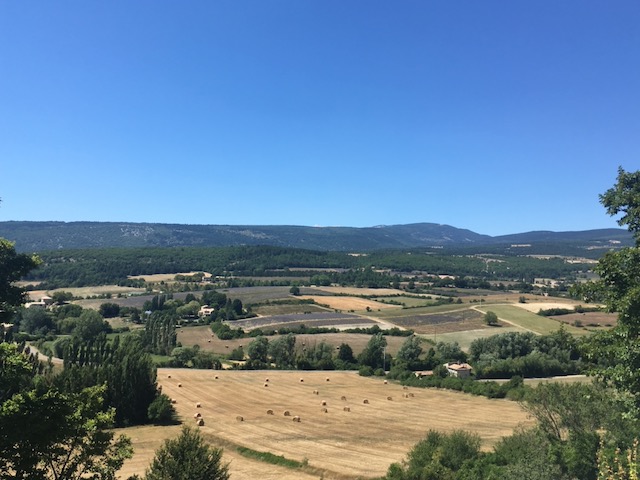
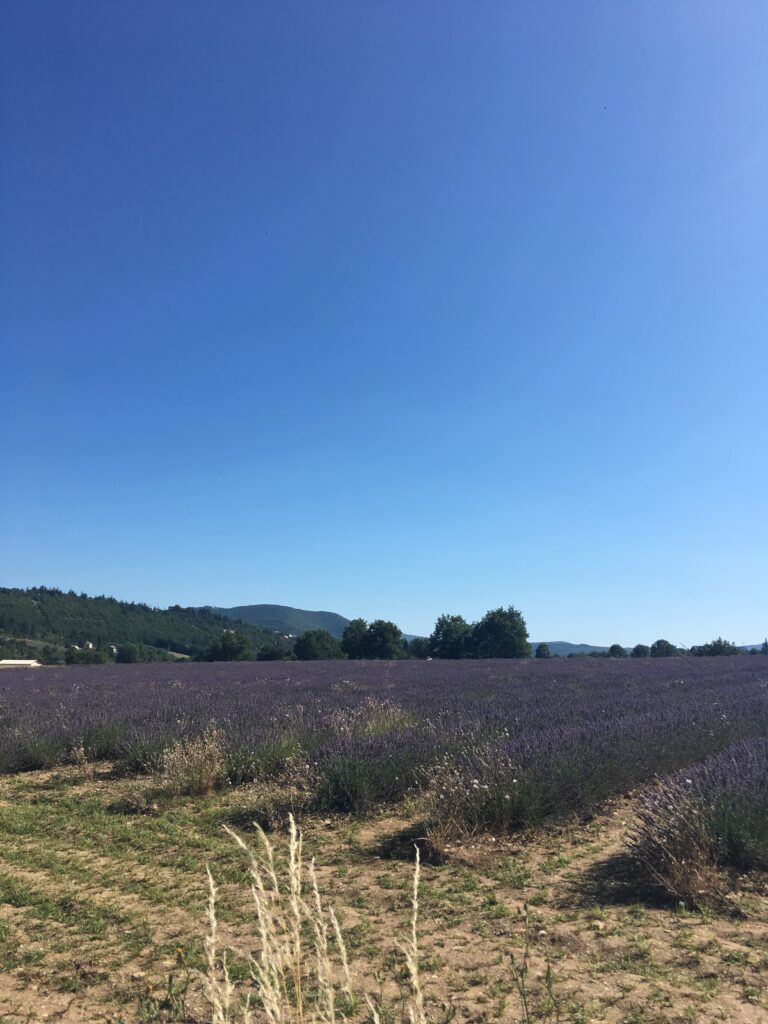
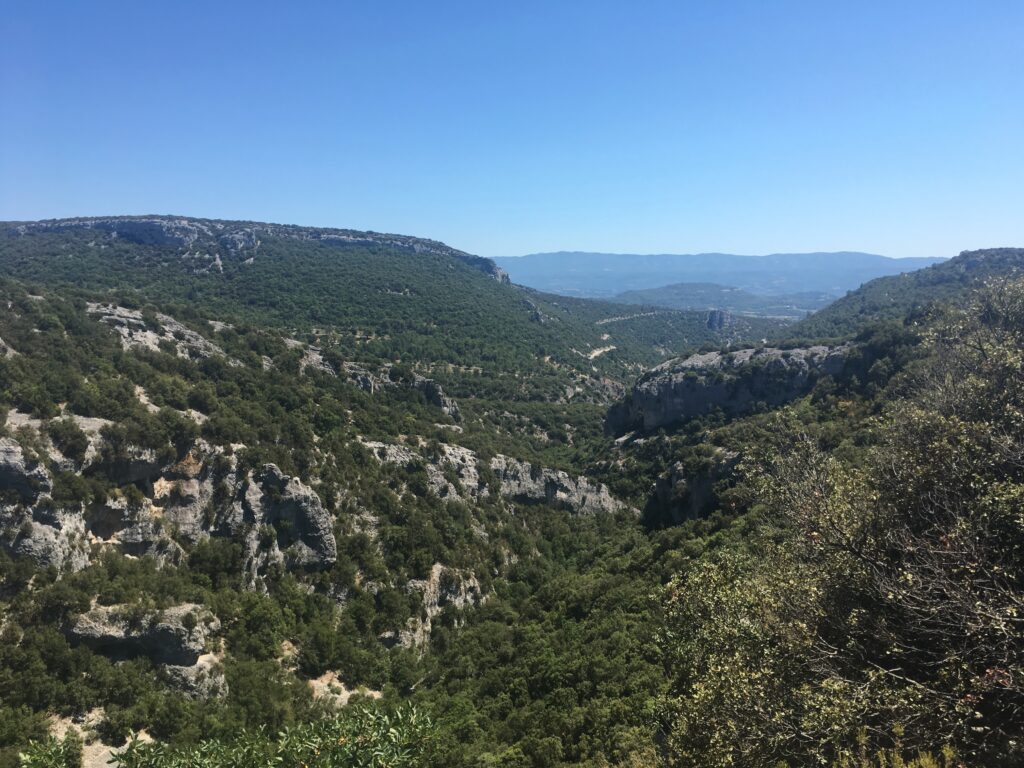
Gorges de Regalon – Vaucluse
A little known gorge in the Cheval-Blanc region in the south of the country that’s well worth a visit. Not huge, but very enjoyable. Some minor scrambling and low head-height issues, but a great few hours of your time!
Located in the Luberon region of Provence, France, the gorge is a dramatic, narrow gorge surrounded by towering cliffs, providing a beautiful and somewhat rugged natural landscape. The area is carved by the Régalon River and features impressive rock formations, dense vegetation, and lush greenery. Its hiking trails take you through some lovely scenery, including limestone cliffs, caves, and natural springs. There are marked trails, but the hike can be a bit challenging in parts, especially if you’re exploring the deeper sections of the gorge.
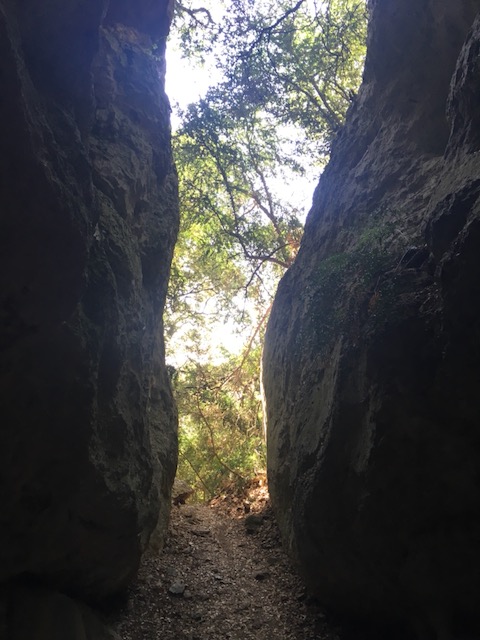
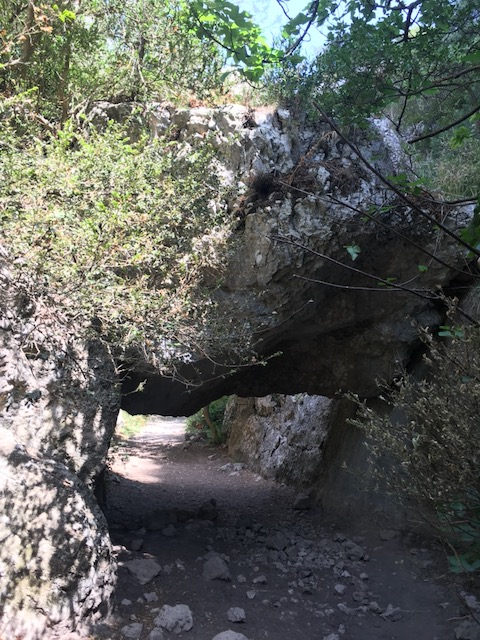
La Baule-Escoublac – Loire-Atlantique
La Baule is a great seaside resort on the west coast of France with a huge 5½ mile (9km) long sandy beach. Very popular amongst the French, prices are very reasonable, providing great value for money.
Just outside of La Baule are the Guérande Salt Marshes (Les Marais Salants de Guérande), a unique natural area where sea salt is still harvested using traditional methods. You can visit the salt flats and learn about the history of salt production in the region. It’s a beautiful, tranquil spot with wildlife and lovely scenery.
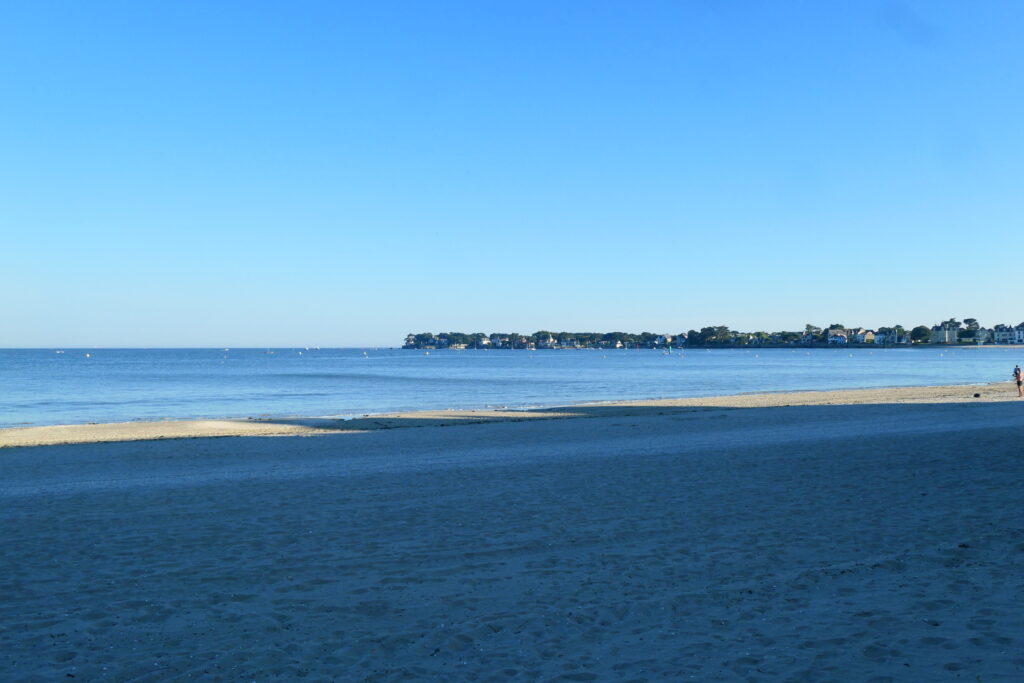
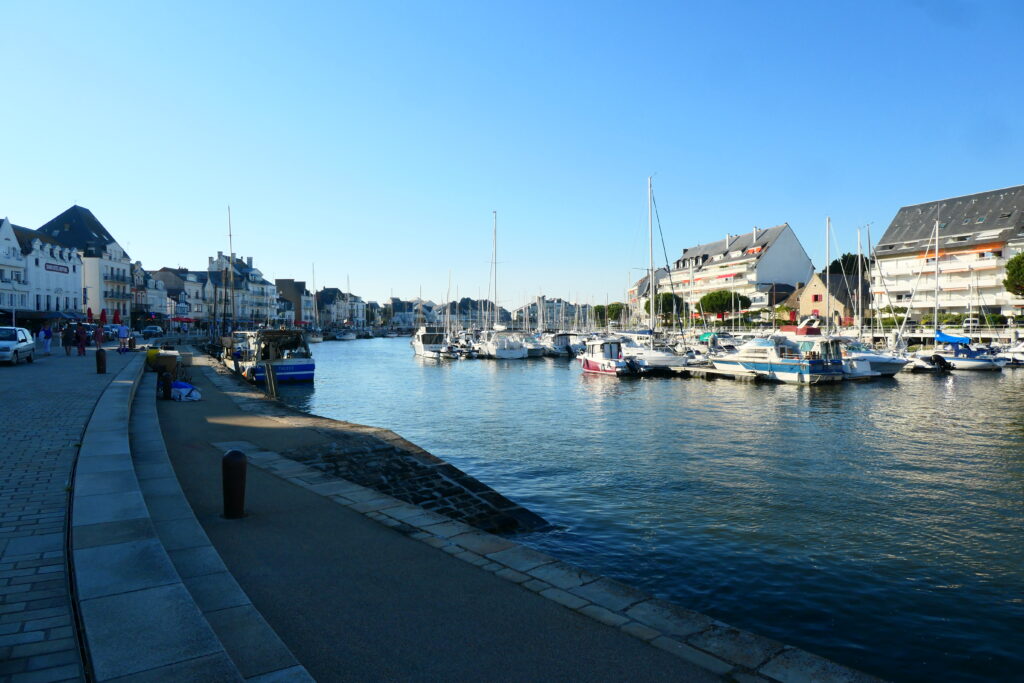
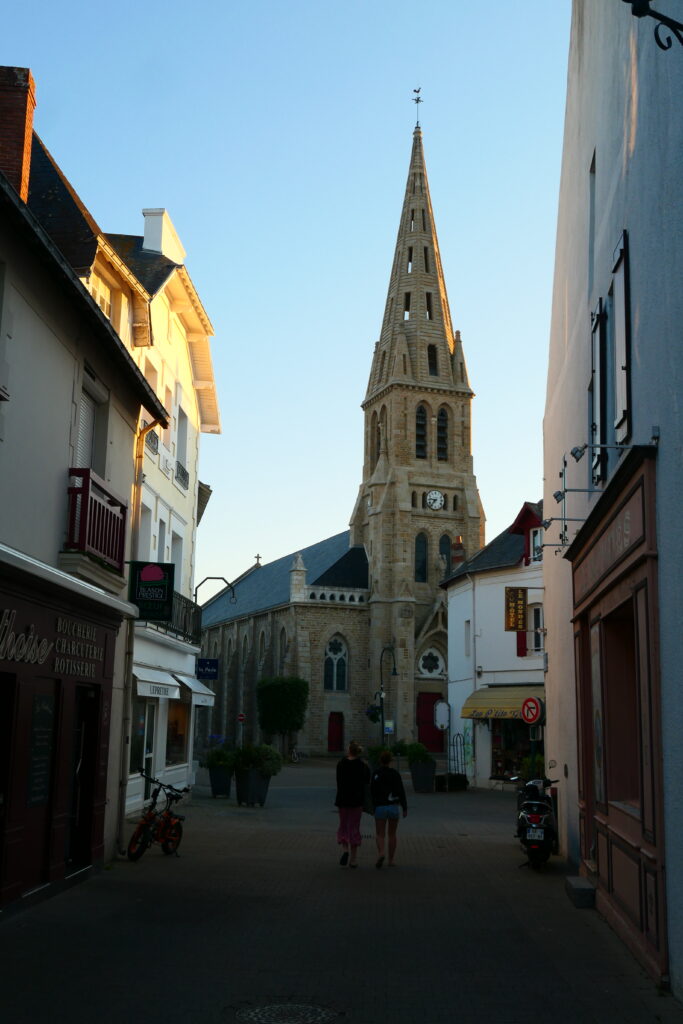

Lantosque – Provence-Alpes-Côte d’Azur
Lantosque is a small village in the far south-east of France, in the mountains north of Nice and Monaco. While it may not be as widely known as some of the larger towns along the French Riviera, Lantosque has its own unique charm and offers a peaceful, authentic experience of rural Provence. It’s also very close to the Mercantour National Park, one of France’s most beautiful national parks. The park is known for its dramatic mountain landscapes. The village also has some interesting historical and cultural sites, such as the Église Sainte-Marie-Madeleine, a charming church, and various traditional buildings that reflect the region’s rich heritage.
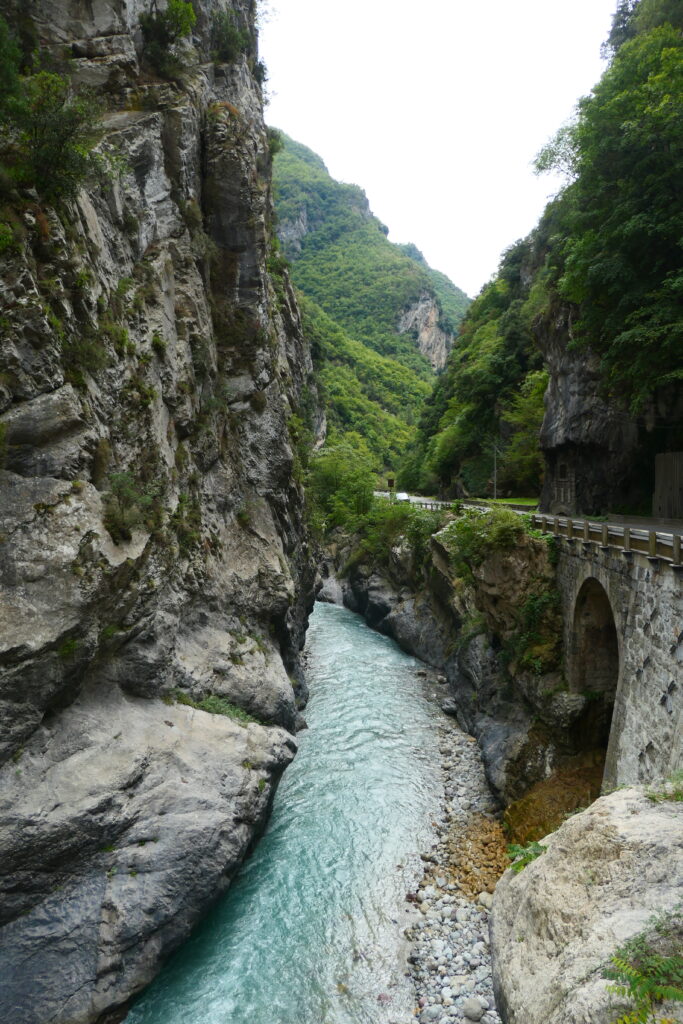
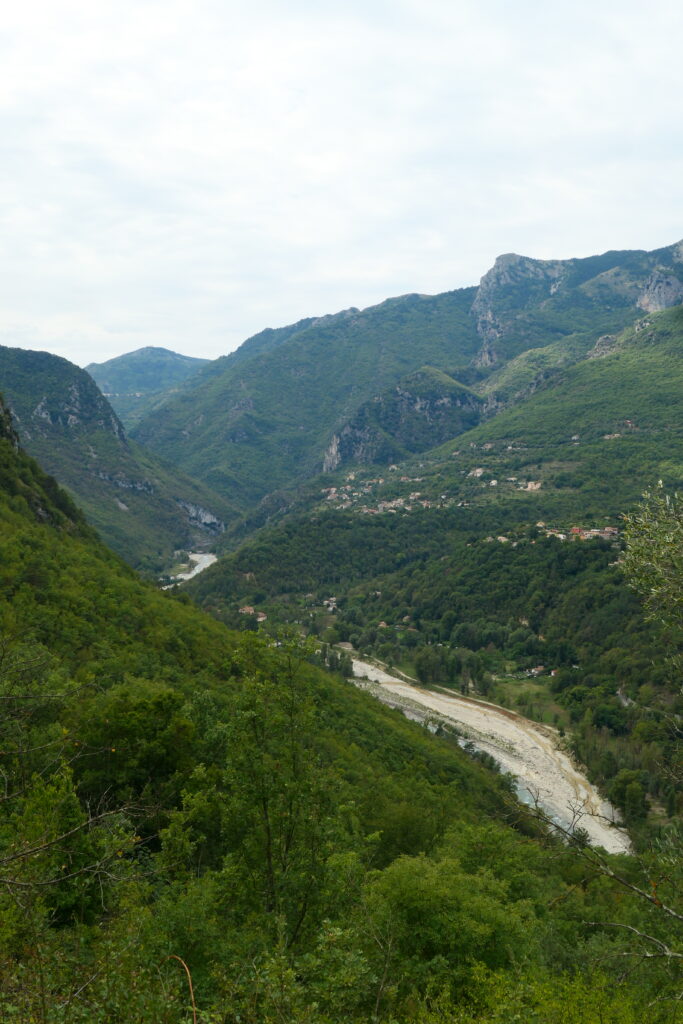
Les Sables-d’Olonne – Vendée
Les Sables-d’Olonne is a pretty seaside town in western France. Similar to La Baule, it is very popular amongst the French, although not outside of France and thus prices are very reasonable, providing great value for money. Located in the Vendée region of western France, on the Atlantic coast, it’s one of the most popular beach destinations in the region.
There are also several interesting landmarks to visit in the town and surrounding area, such as The Saint-Nicolas Church, which dates back to the 18th century, the Château de Saint-Clair, a 19th century castle offering panoramic views over the town and sea and the Museum of the Sea, which is perfect for those interested in maritime history and the region’s relationship with the sea.
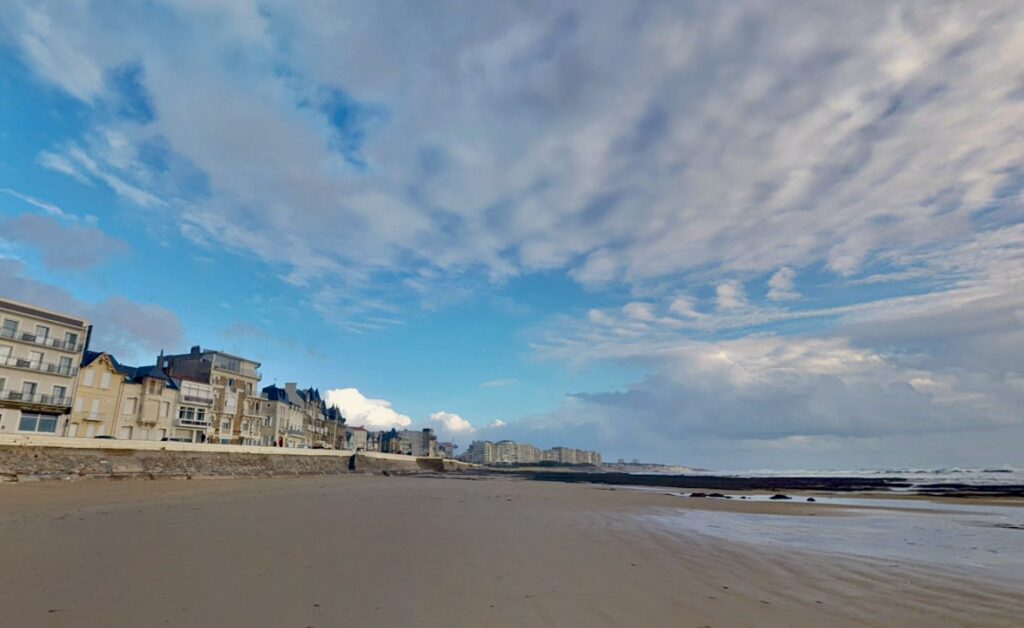
Lille – Hauts-de-France
For us, Lille is the perfect stop-off point when arriving in France via Calais. Similarly, when returning to the UK, it’s an ideal place to stay, as its only an hour from the Channel tunnel and the ferry terminals. We’ve stayed here loads of times and each time it’s been different, and each time it’s been great!
The centre of Lille is very cosmopolitan, laid back, and has everything you’d need. There’s lots of cafés, bars and restaurants, the people are really friendly, there’s lots to do and see, and it’s really picturesque. Similarly, in the suburbs its quiet, easy to get around and some of the local supermarkets are like giant delicatessens – really superb quality. Highly recommended.

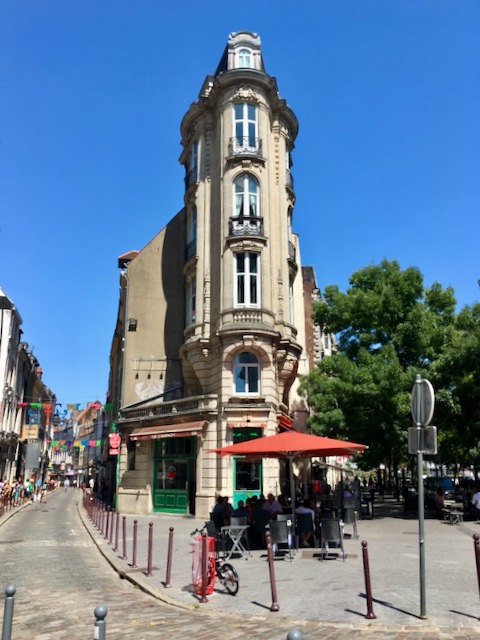
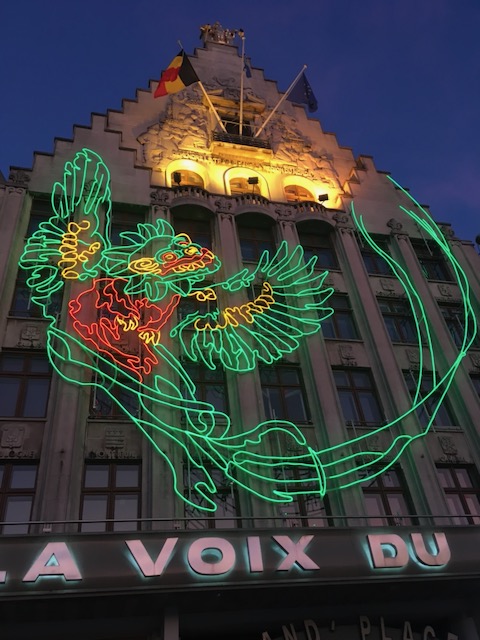
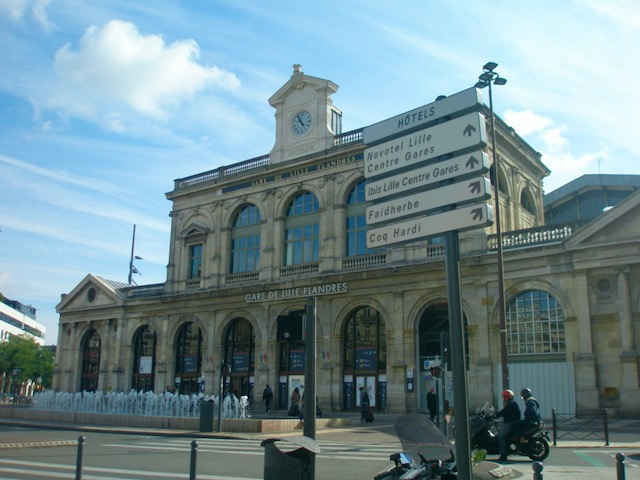
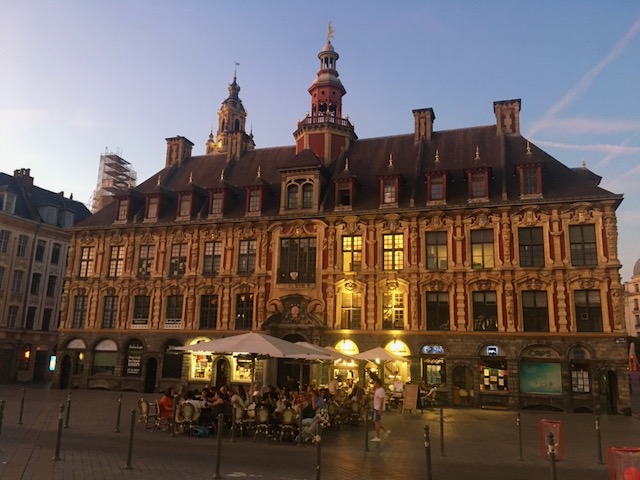
L’Isle-sur-la-Sorgue – Vaucluse
L’Isle-sur-la-Sorgue is famous for its many antique shops and it hosts antique markets on Sundays. There are loads of cafés and restaurants on the waterfront. They also conduct re-enactments and plays on the river. It’s twinned with Penicuik in Scotland, UK.
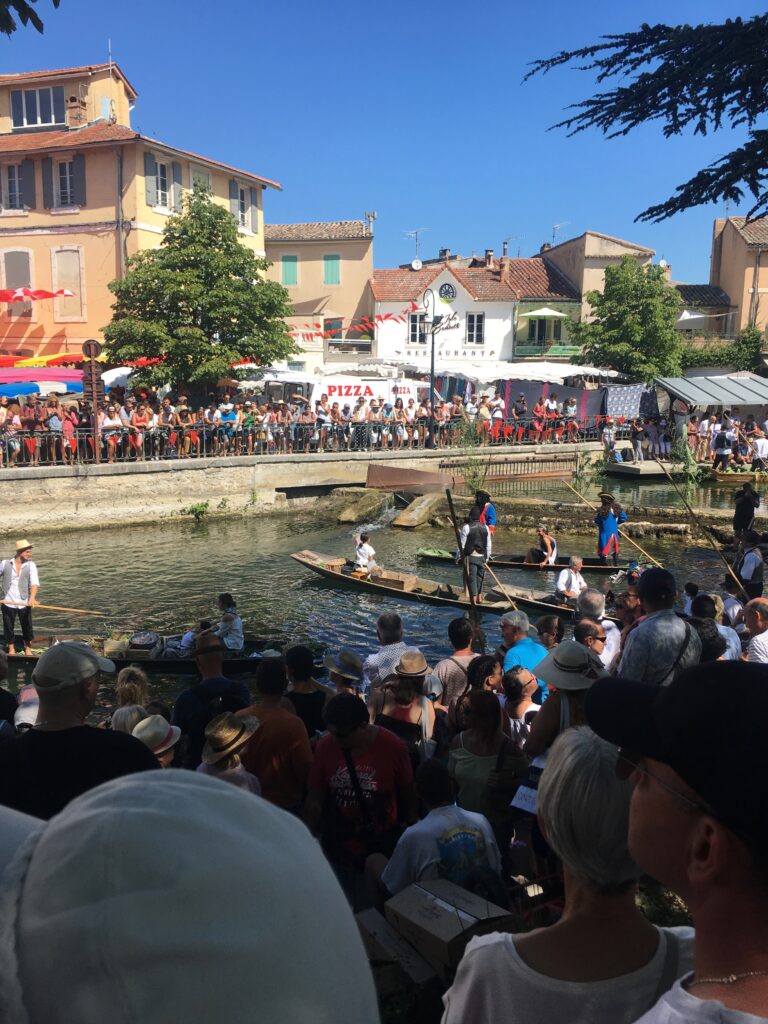
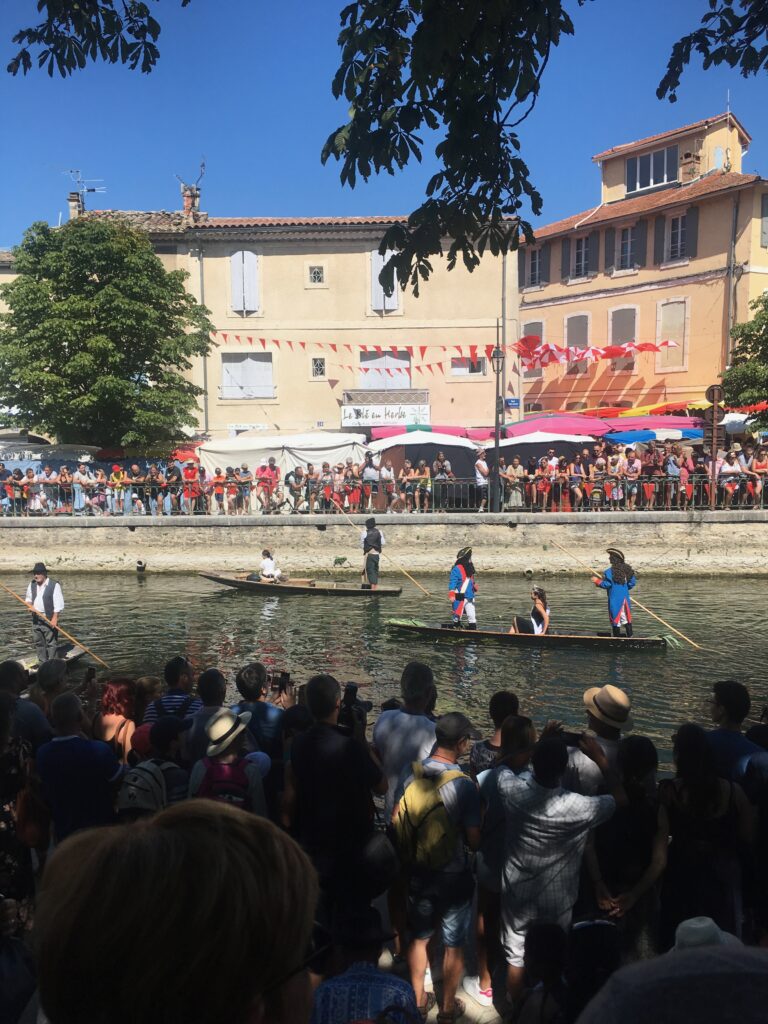
Maisnil-lès-Ruitz – Pas-de-Calais
A great place to stop off when entering or just prior to leaving France via the UK is the Parc d’Olhain near Maisnil-lès-Ruitz, near Béthune. Excellent size rooms providing great value for money.

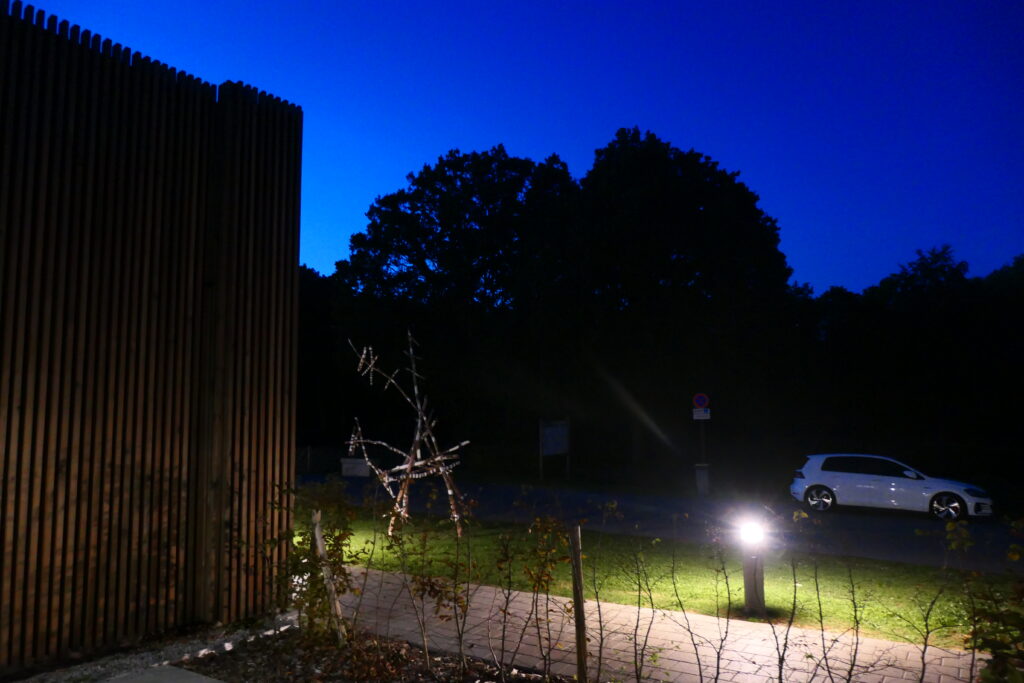
Mantet Nature Reserve – Occitan
Mantet Nature Reserve is located in the far south east of France, just east of Andorra and Llívia in Spain. There are loads of glorious hikes and views all the way down the valley, making it well worth a visit.

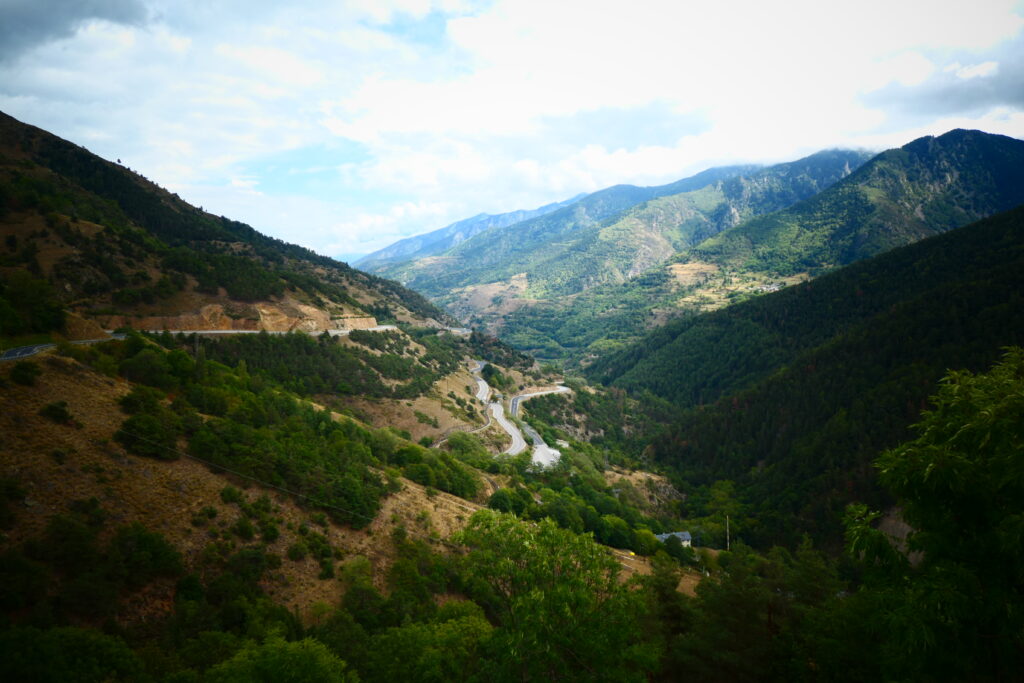
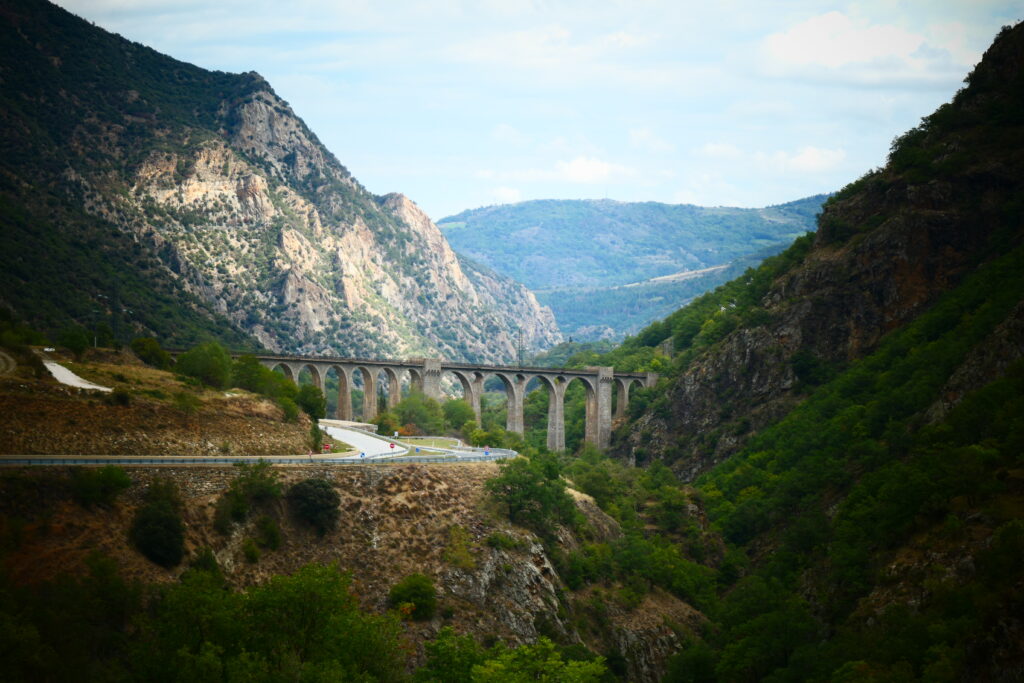
Millau and the Millau viaduct – Occitan
Millau is a small town in southern France, made internationally famous by the impressive Millau viaduct. The viaduct crosses the Tarn gorge and is the tallest bridge in the world, at 1,125 ft (343 m) above ground level. The viaduct is a toll road.
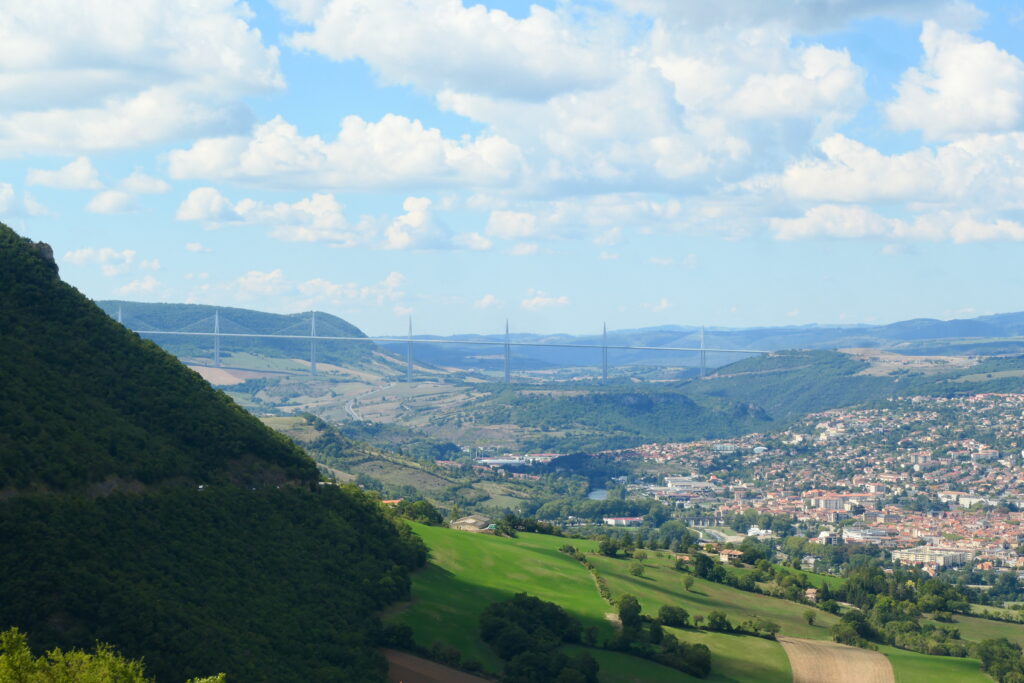
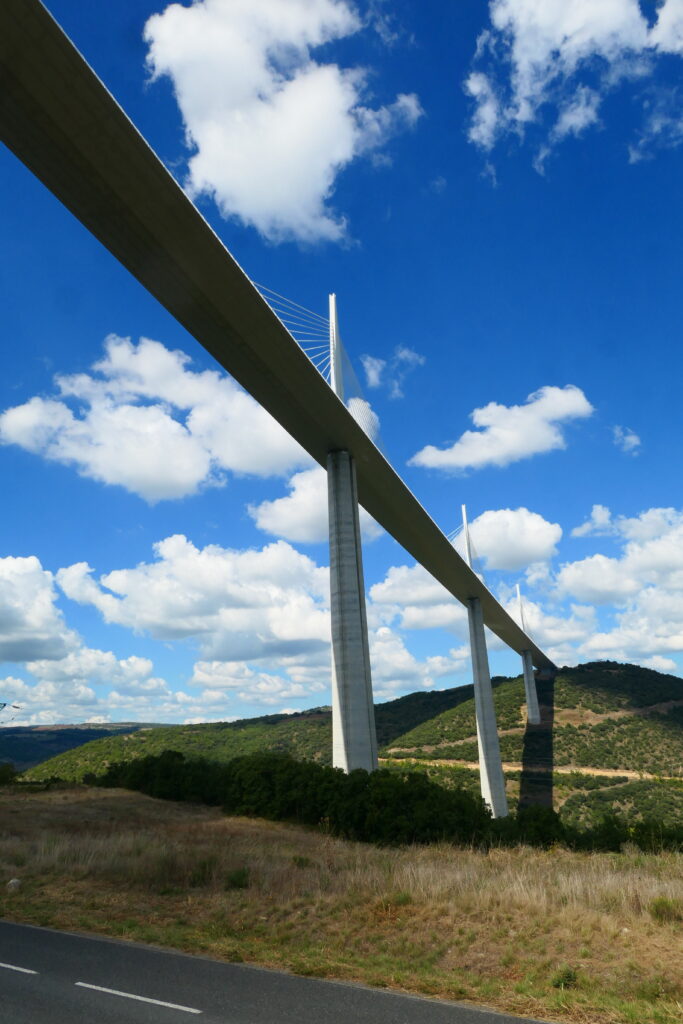
Monflanquin – Lot-et-Garonne
Monflanquin is a stunning medieval village in south west France, once voted one of the most beautiful. Founded in the 13th century, Monflanquin has retained much of its medieval charm. You can visit the Church of Saint-André and explore fortified gates and old walls. The town also hosts events like medieval festivals that bring its history to life.
Situated on a hilltop, Monflanquin offers panoramic views over the lush Périgord countryside and surrounding valleys, making it a great spot for photography or simply soaking in the beauty.
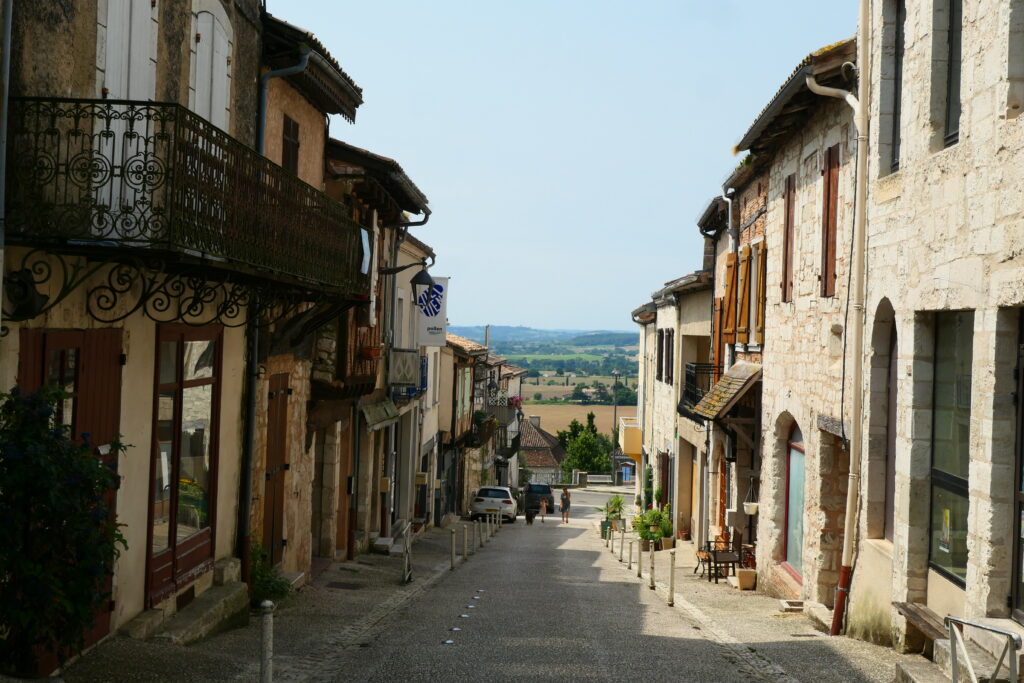
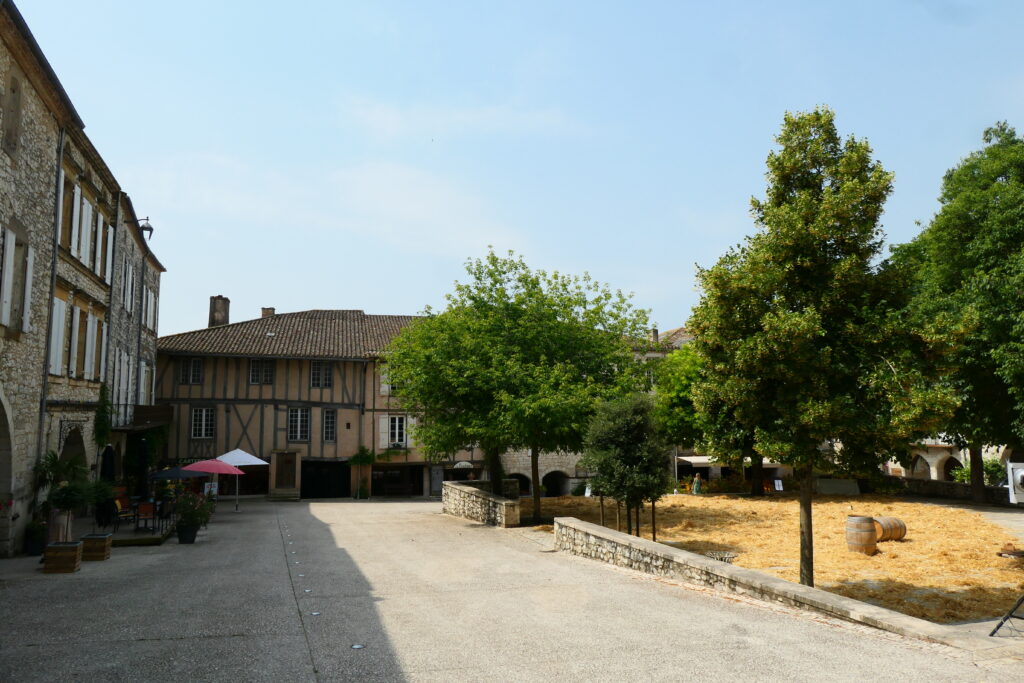
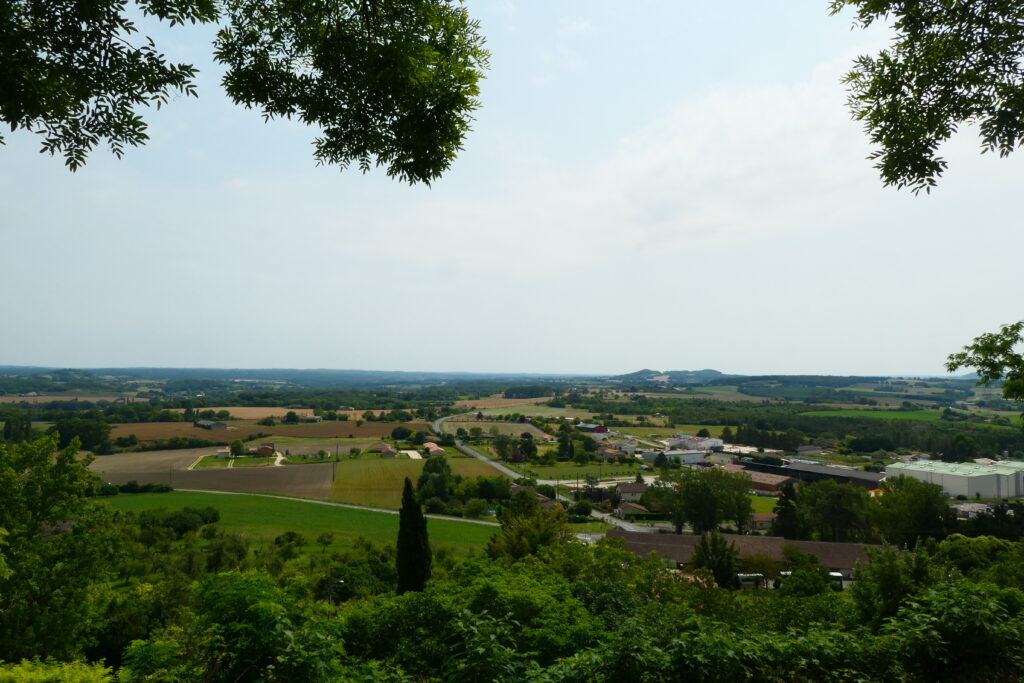
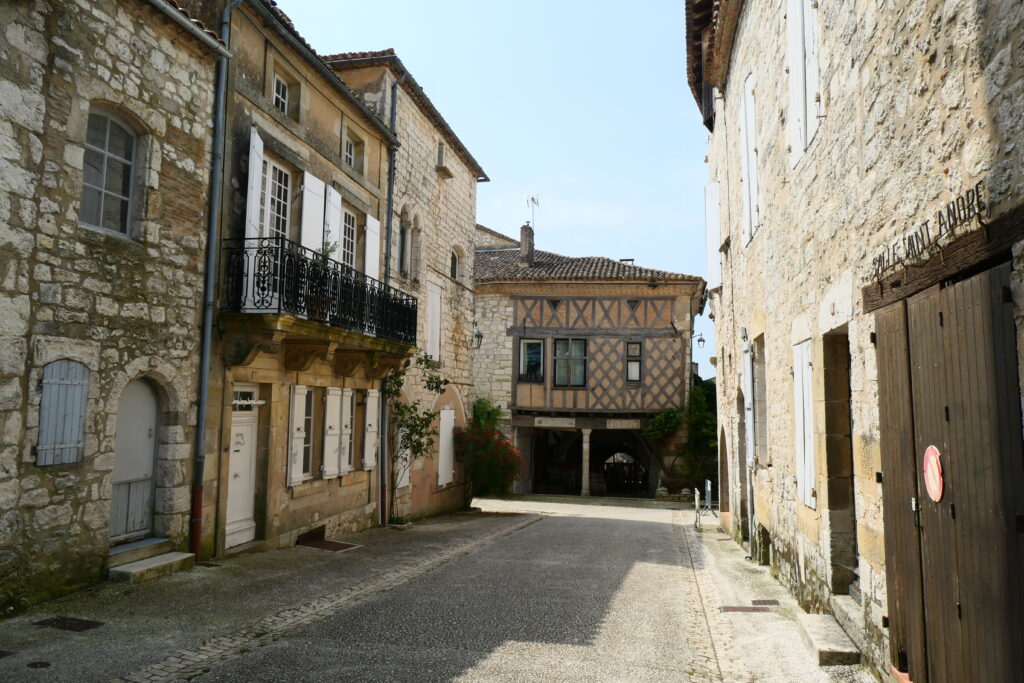
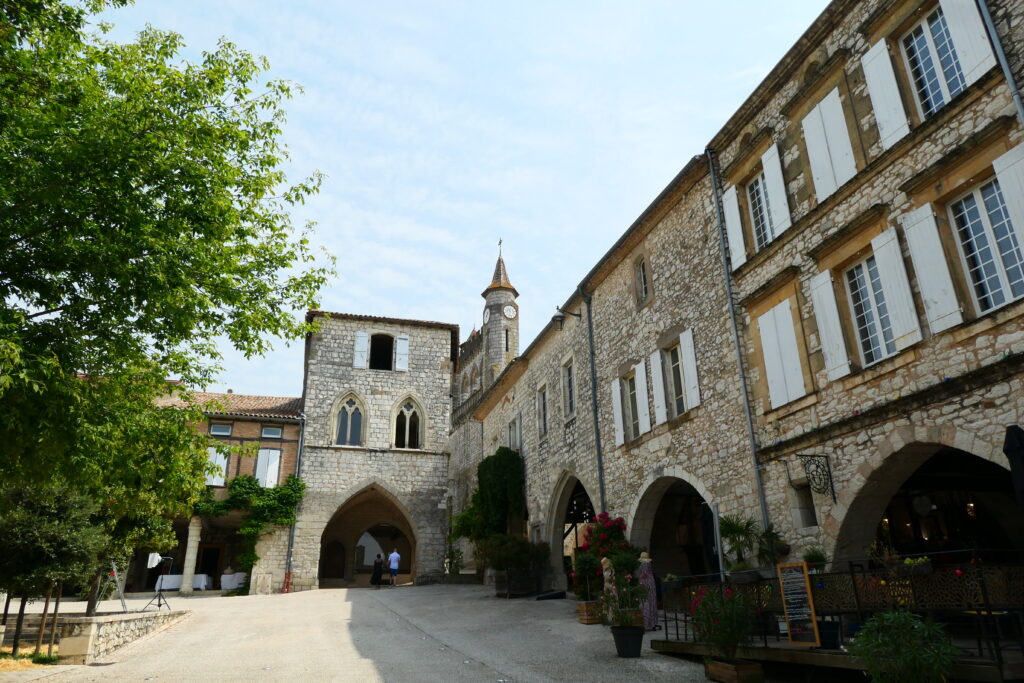

Mont-Saint-Michel – Normandy
Mont-Saint-Michel is a stunning island town that sits approximately a half mile (1 km) off the north west coast of France near the ferry port of Saint-Malo. It’s joined to the mainland via a causeway, and has over three million visitors every year. Although the official population is 25 (2021), it can be so packed with tourists that it can be difficult to move.
As a world heritage site, there are vast parking bays that sit in the surrounding fields – prices are here. The walk to the town from the parking bays takes approximately half an hour. Once at the town the roads are pretty steep, especially up to the famous abbey.

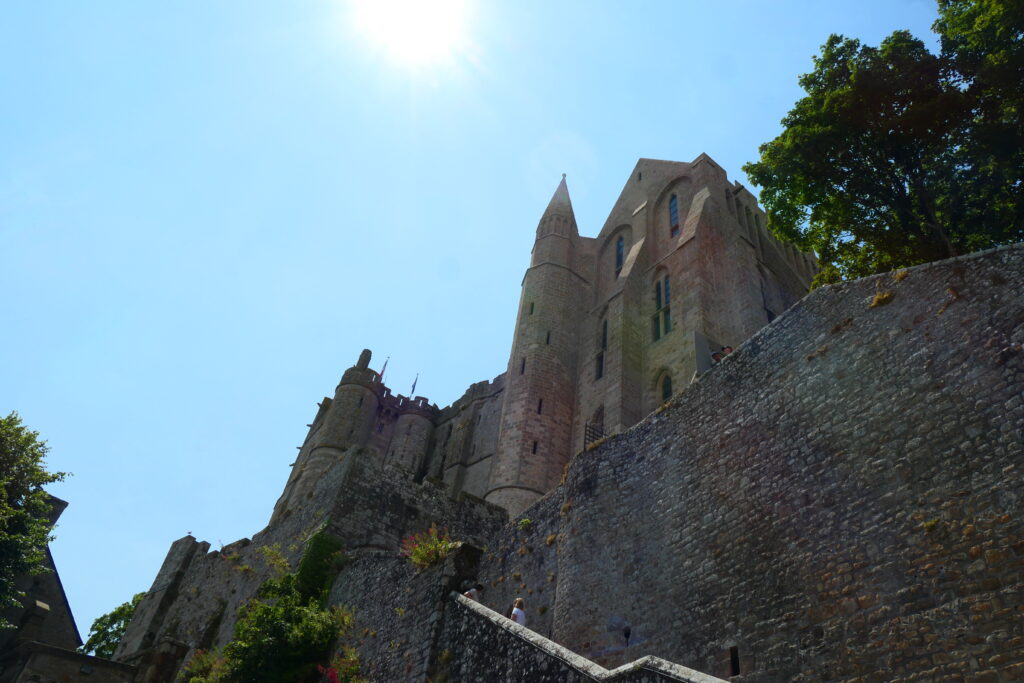

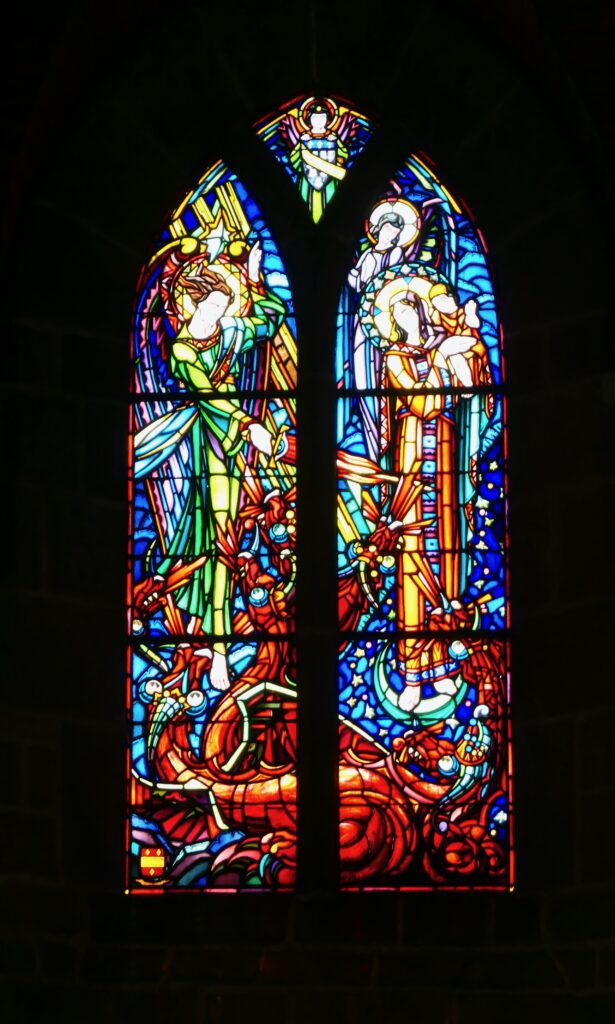
Moulinet – Alpes-Maritimes
Moulinet is a village in the far south east of France, north of Monaco and close to the border with Italy.
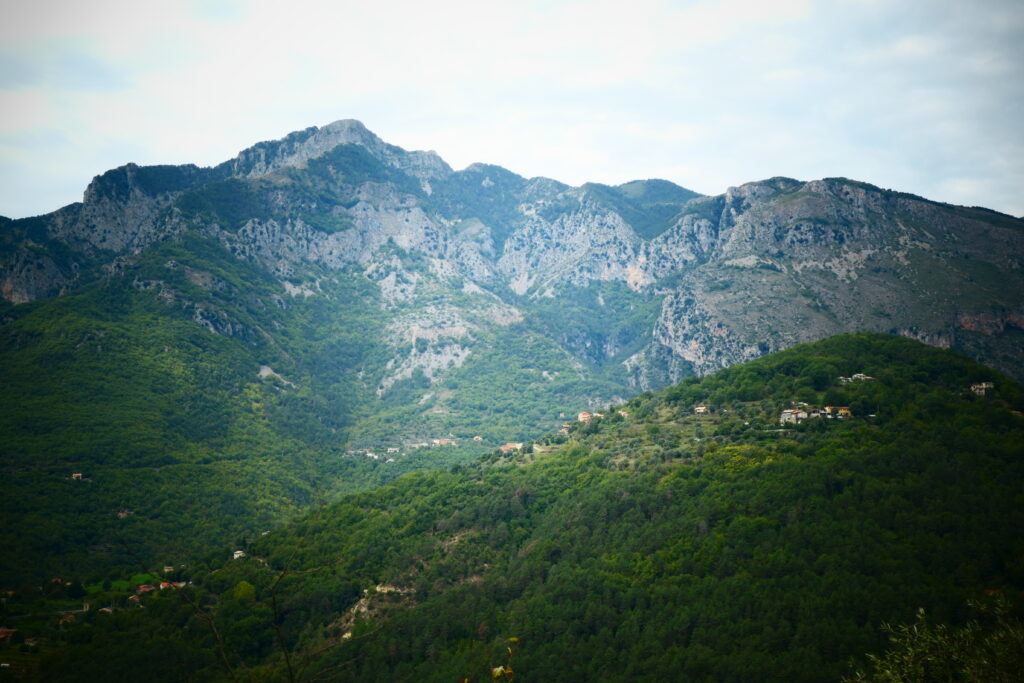
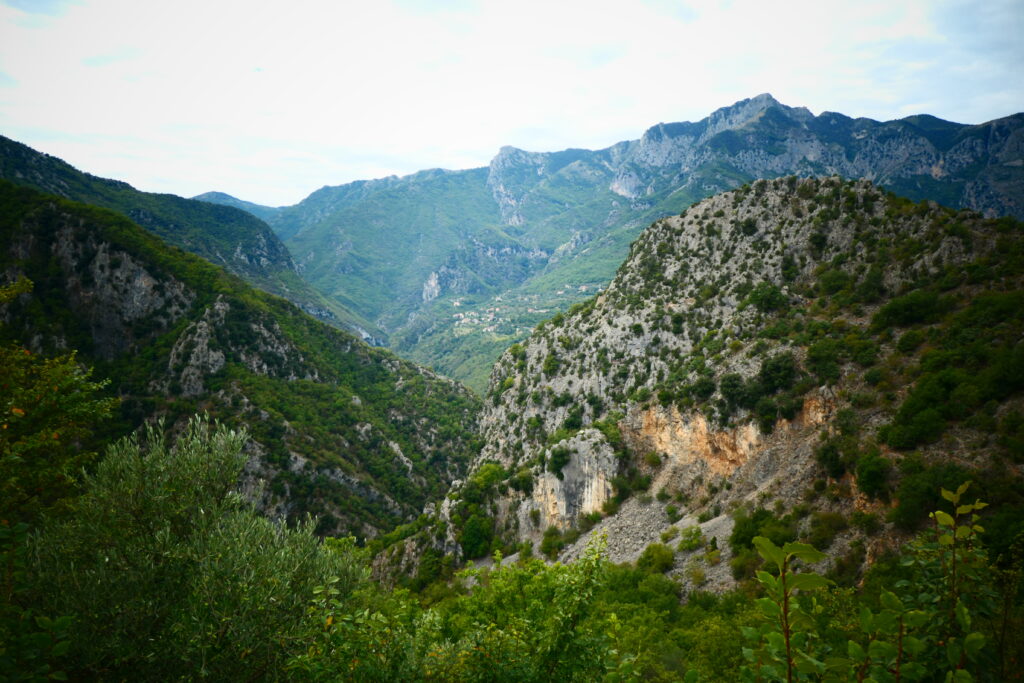
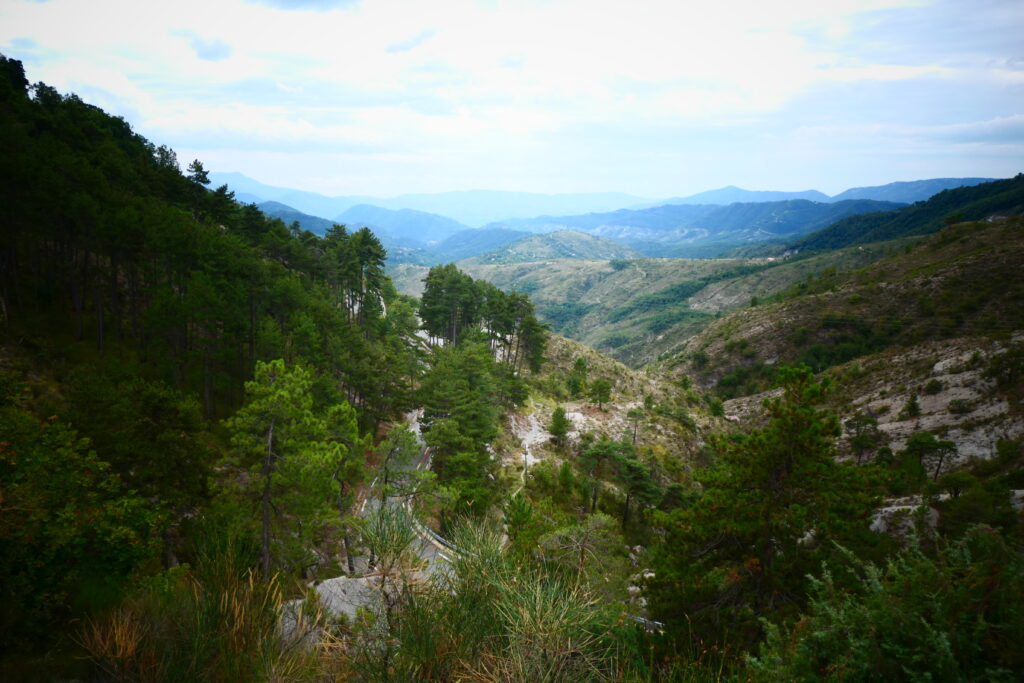
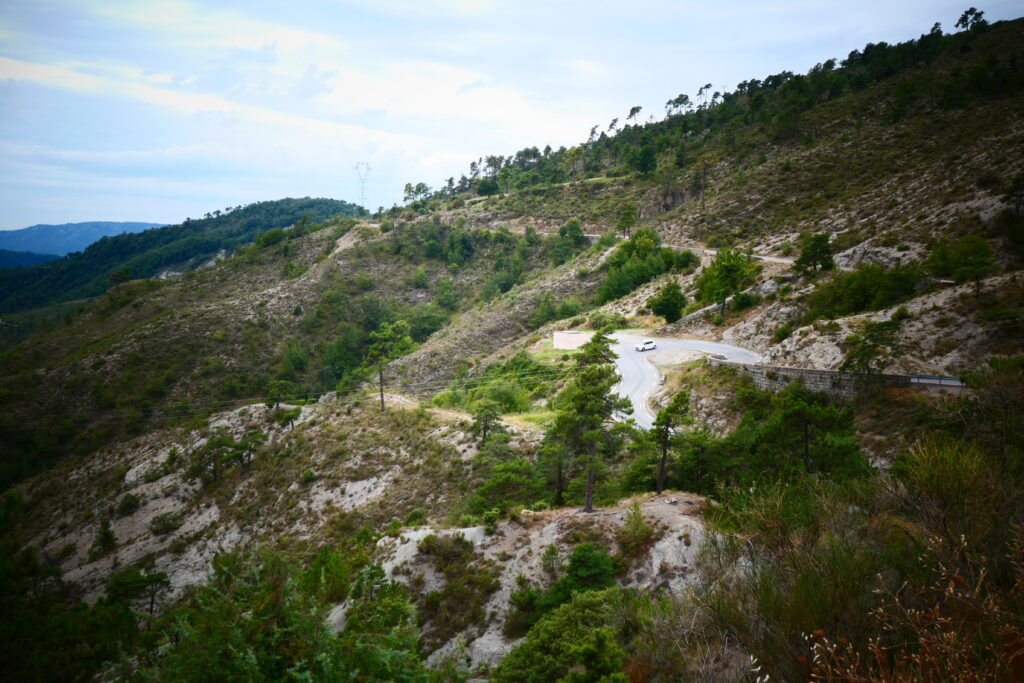
Nîmes – Gard
Nîmes is known as the most Roman city outside of Italy! The Arena is a Roman amphitheatre built in 100AD, and is one of the best preserved in the world. In its day it could hold 24,000 spectators. Nowadays it’s used for concerts and bullfights. The Maison Carrée, a beautiful Roman temple, and the Pont du Gard aqueduct (just outside Nîmes) are also must-sees.
Nîmes has a lively, charming town center with narrow, winding streets, beautiful squares, and cafés. You can wander around the old town and explore gardens like the Jardins de la Fontaine, which are beautifully landscaped and surrounded by historical monuments.
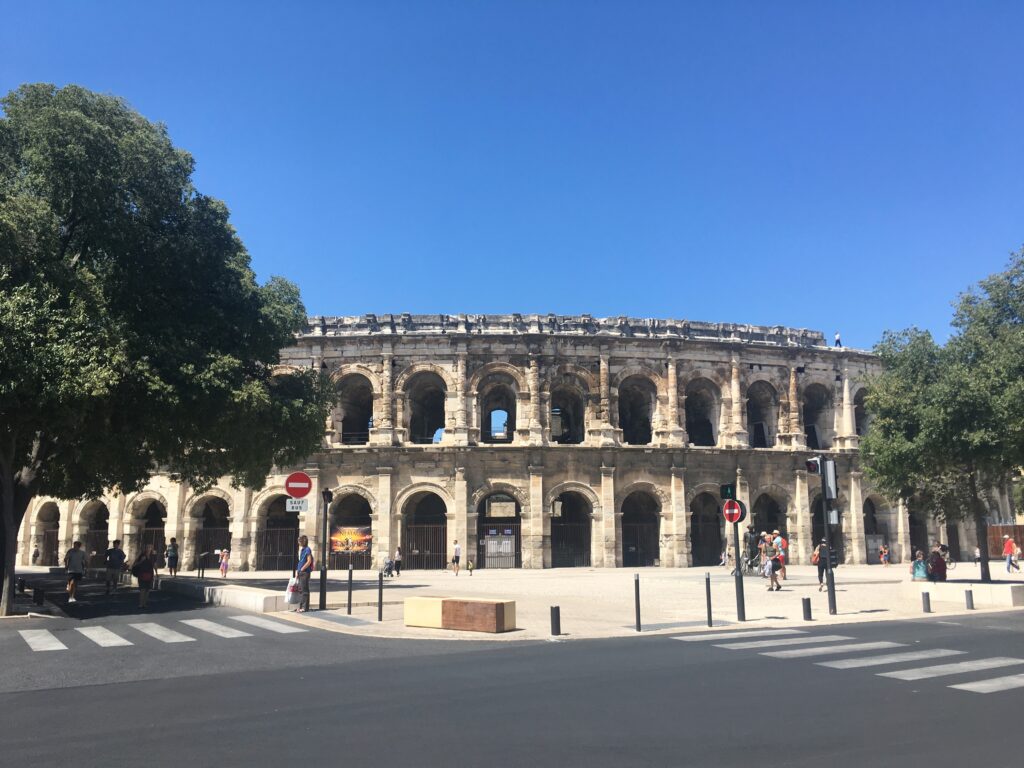
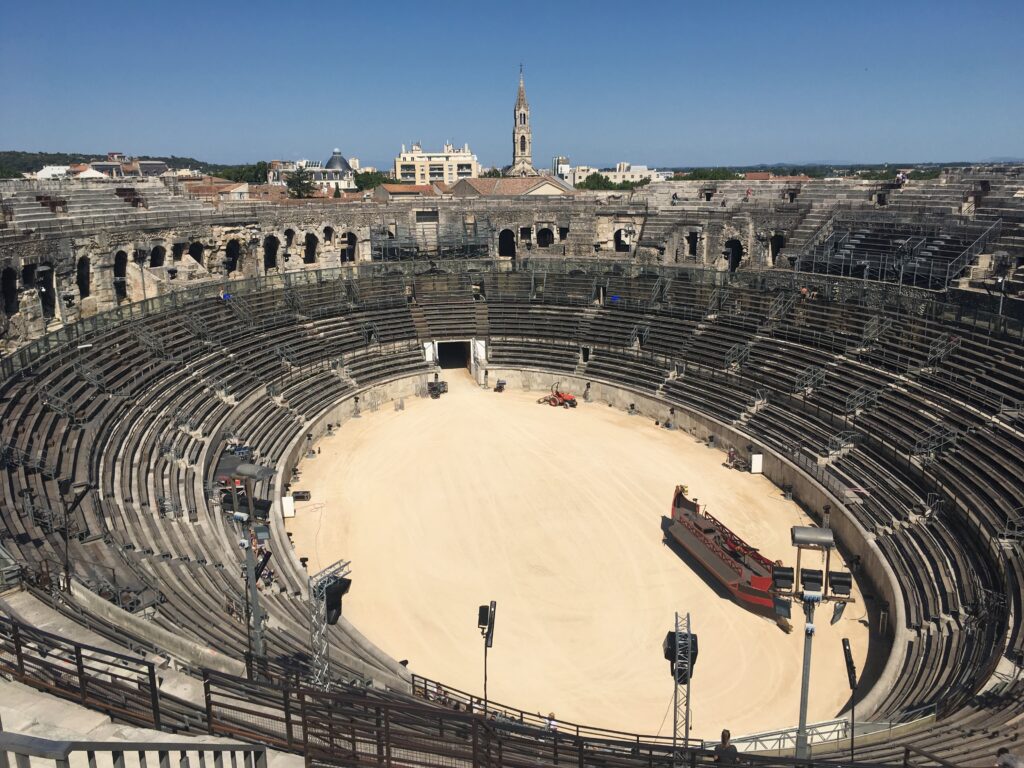
Pau – Pyrénées-Atlantiques
Pau is a small, but busy, city in south west France near to the border with Spain. The Pyrenees mountains dominate the surrounding countryside, providing beautiful vistas. A fantatsic Grand Prix has been held in Pau since 1933, and has been named as one of ‘The 10 best street circuits in the world’.

Map of the Pau Grand Prix
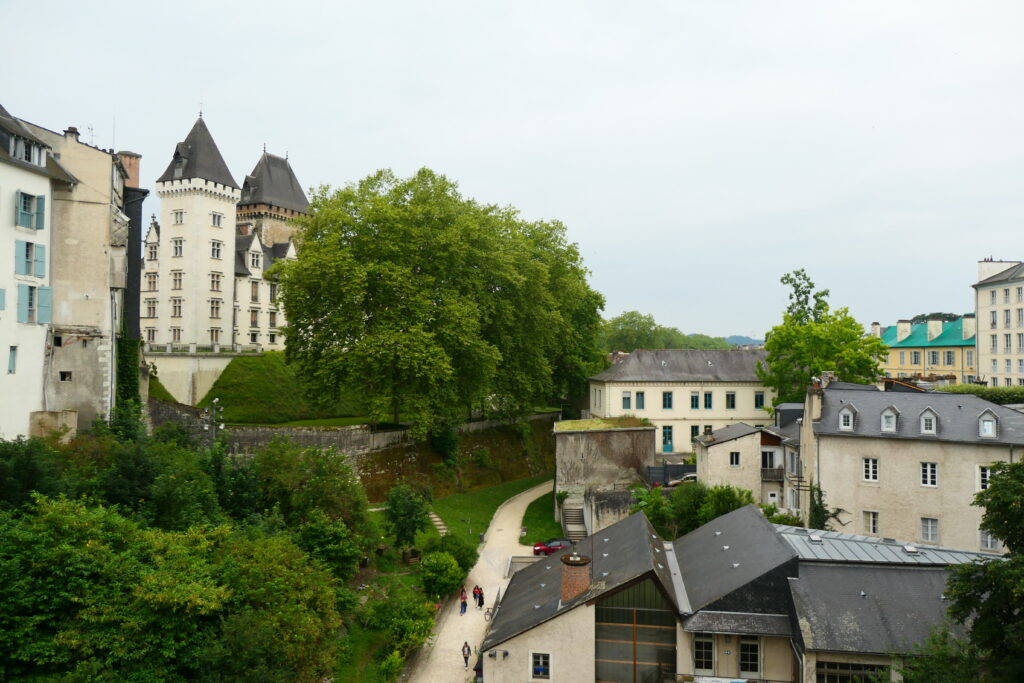
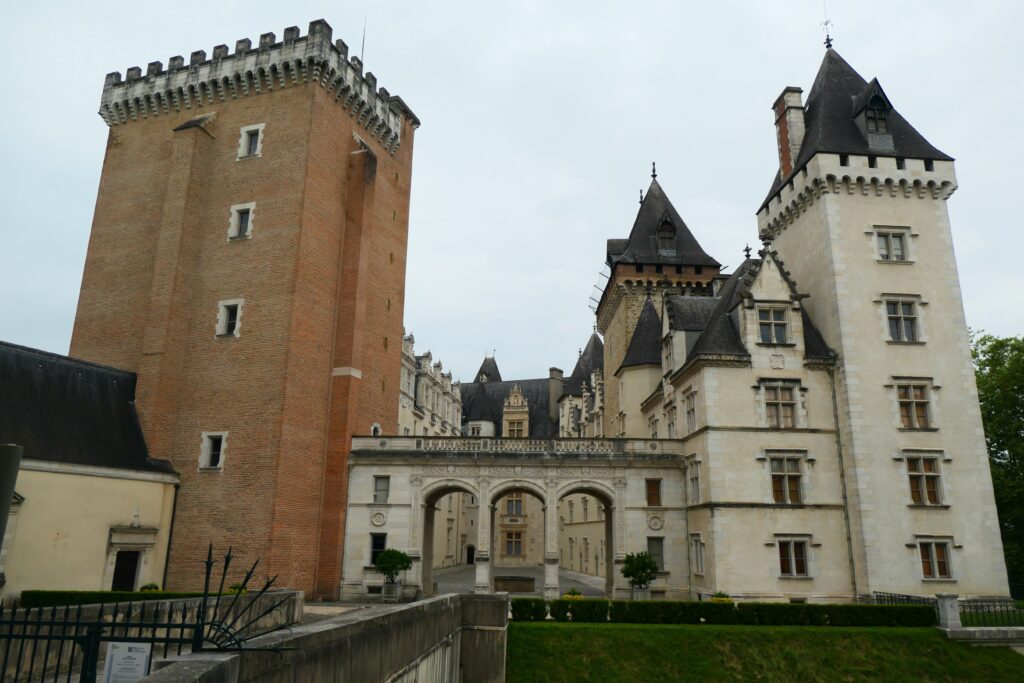
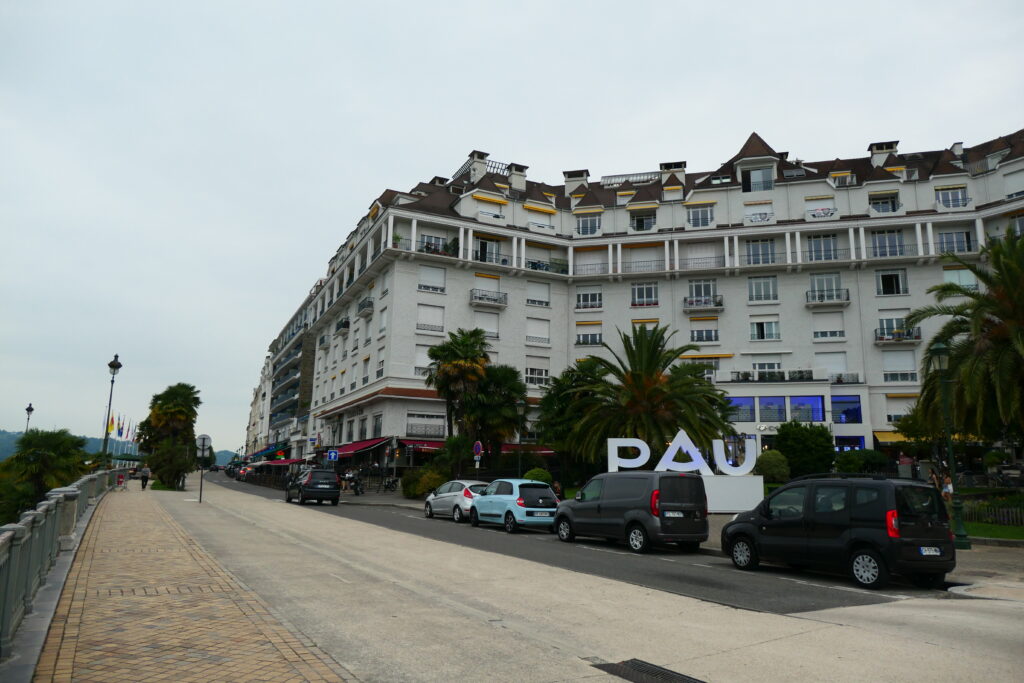

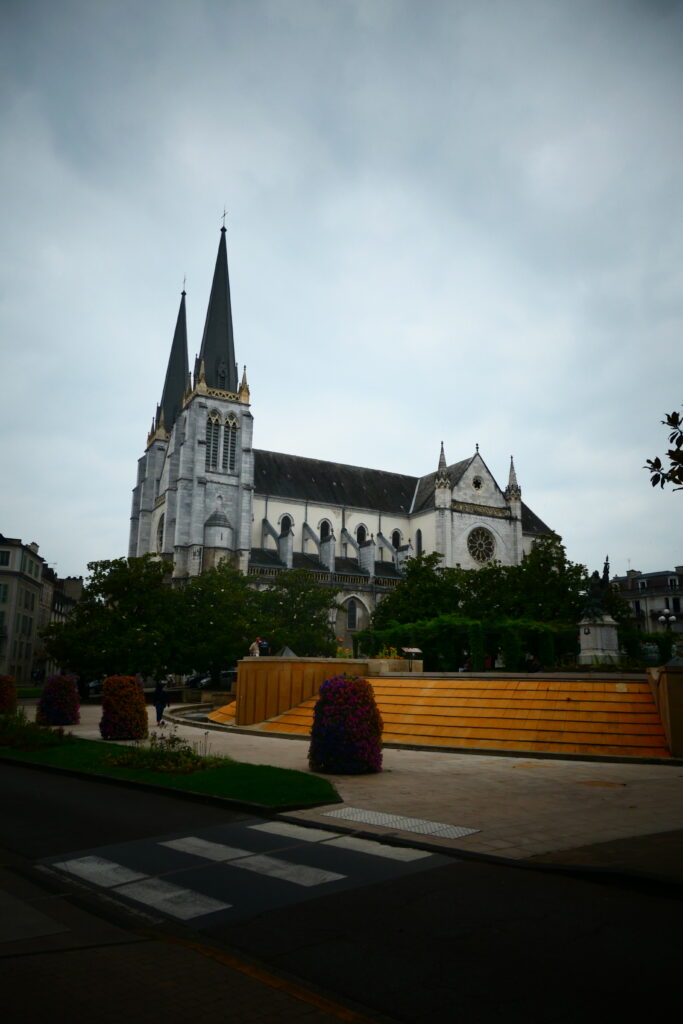

Pointe de Corsen – Finistère
Pointe de Corsen is the most western point on mainland France. It’s near to the city of Brest, and offers decent views of the rugged Brittany coastline, especially at sunset.

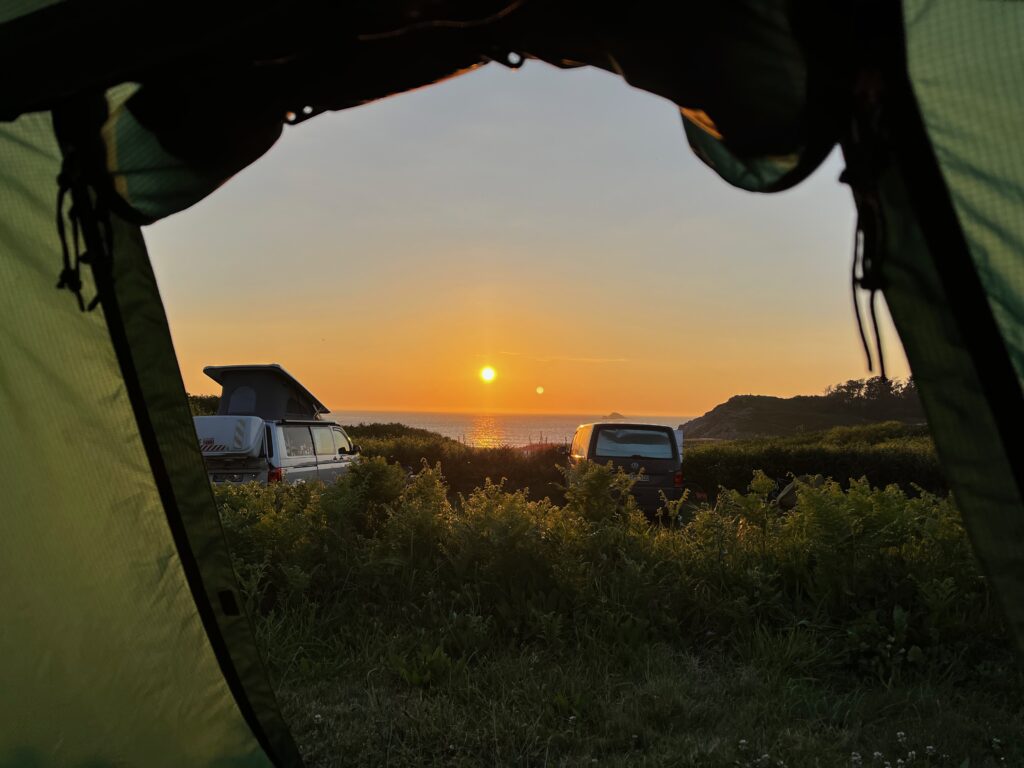
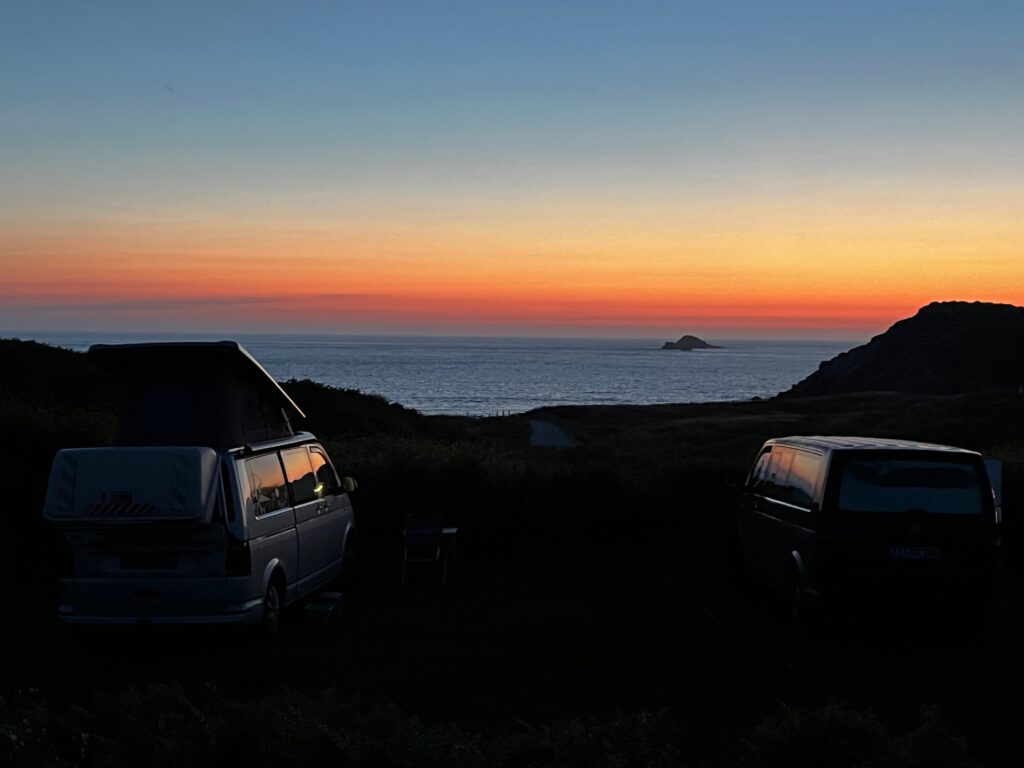
Pont de Mirabeau – Vaucluse
The Pont de Mirabeau is an old suspension bridge built in 1845 that crossed the river Durance. It’s located in south east France. There’s also a small chapel that sits alongside the bridge, providing a pleasant view for a quick break.
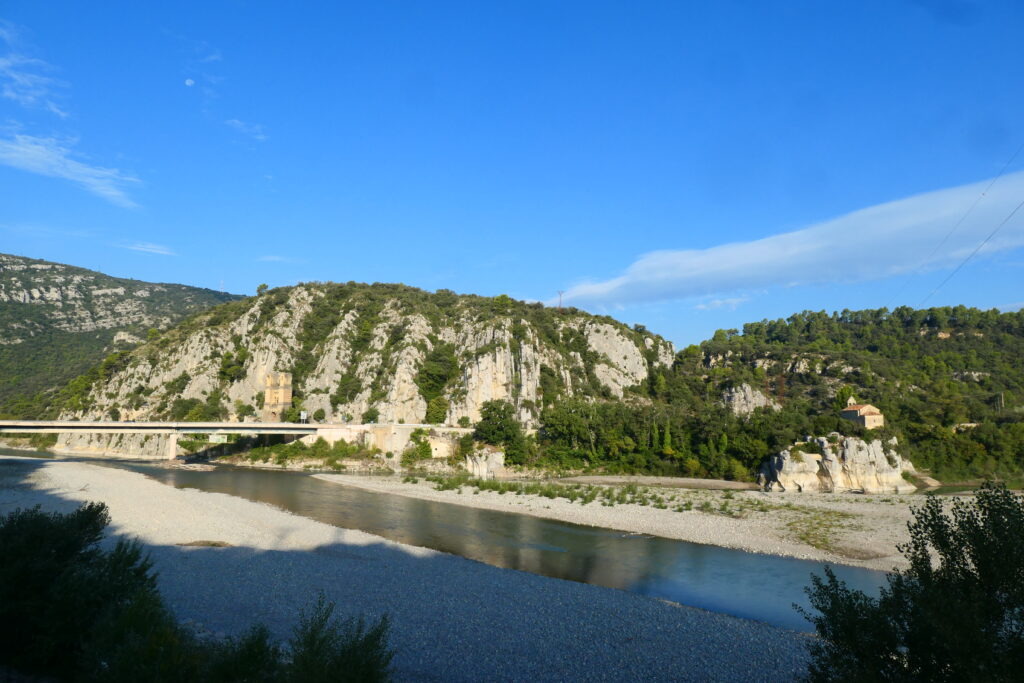
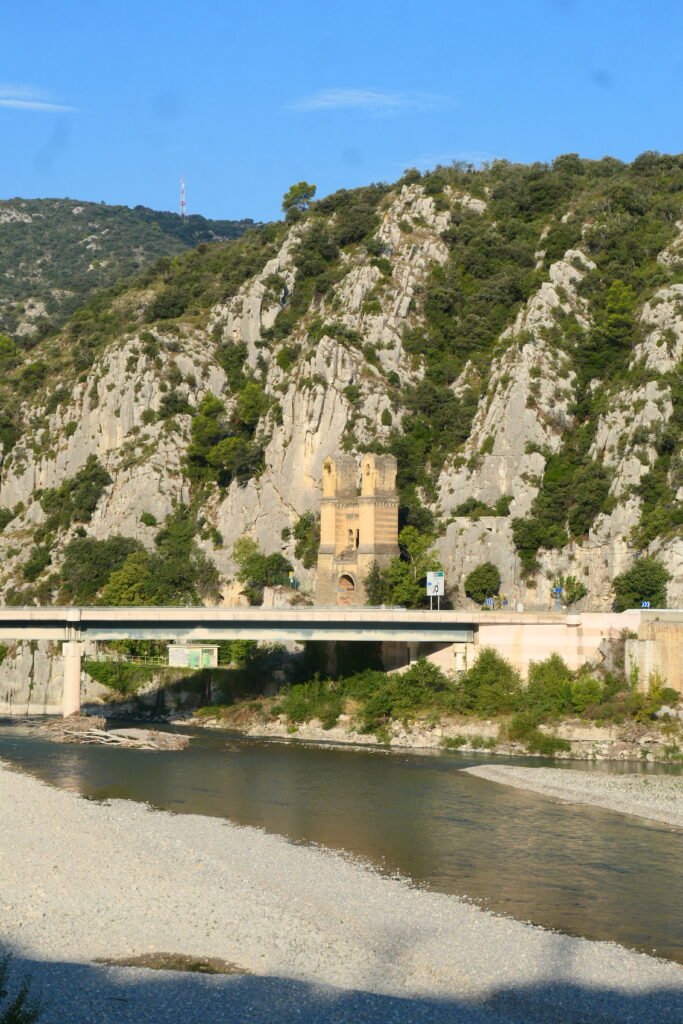
Rochefort – Charente-Maritime
Rochefort is a pretty town and port in western France near to La Rochelle. It was historically a major naval port, and while it’s no longer a bustling naval hub, the town still retains much of its maritime charm, with picturesque harbours and canals. The Old Port and the Arsenal are lovely spots to explore.
The famous Hermione ship, a replica of an 18th-century French frigate was built in Rochefort. The ship is famous for carrying La Fayette to the United States during the American Revolution to help the Americans fight against the British. You can visit the ship in Rochefort’s dockyards, and it’s a fascinating insight into both maritime craftsmanship and historical events.
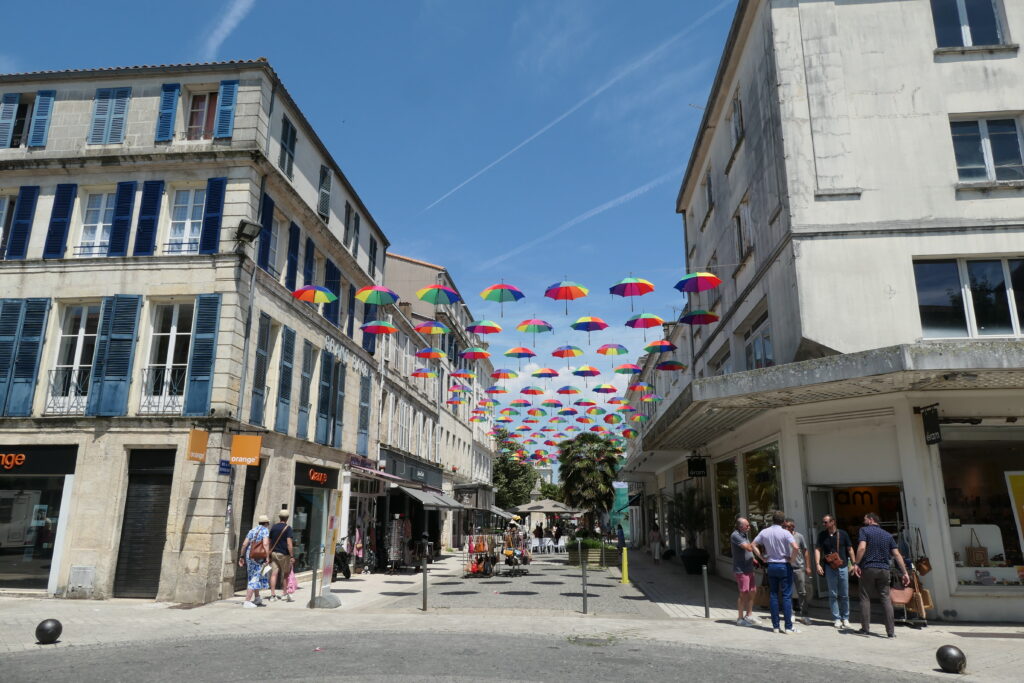

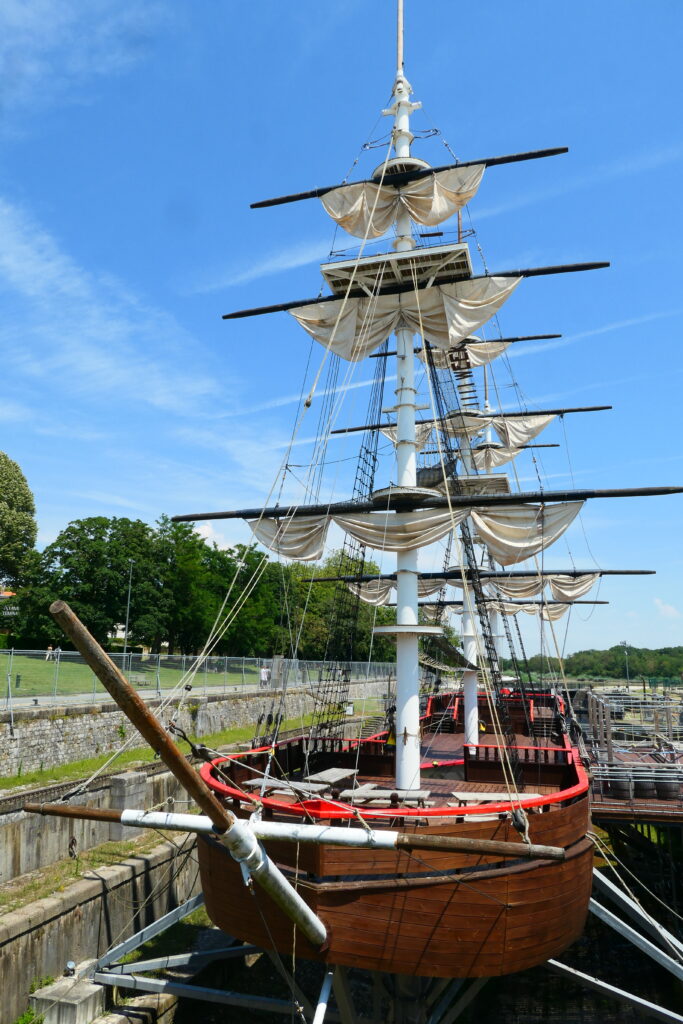
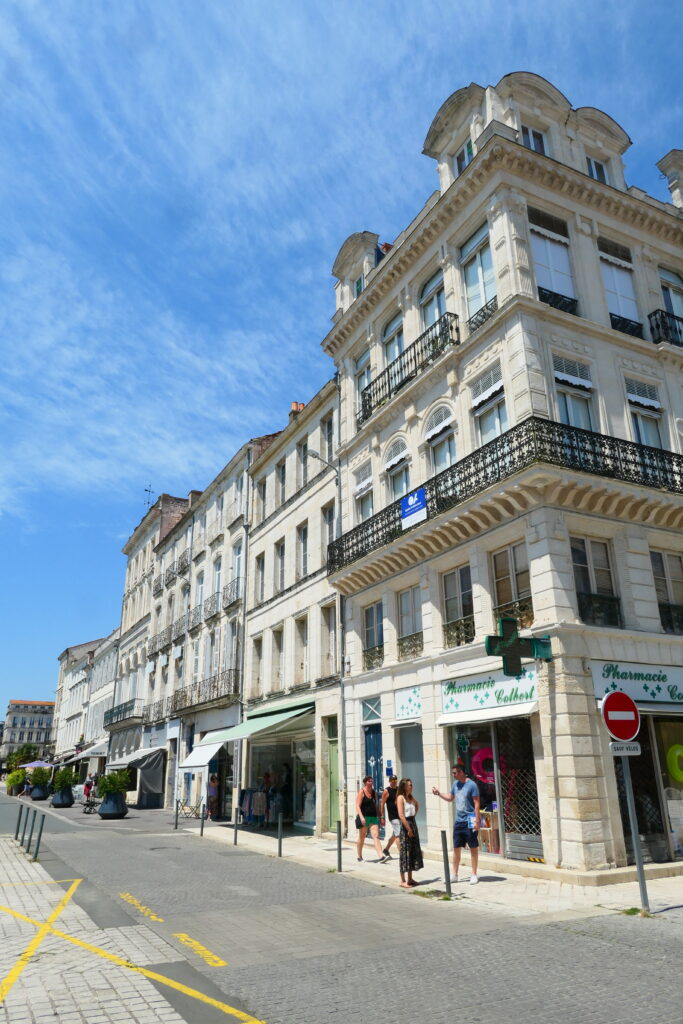
Rouaine – Alpes-de-Haute-Provence
Rouaine is a tiny hamlet in far south-eastern France, east of the Verdon gorge.
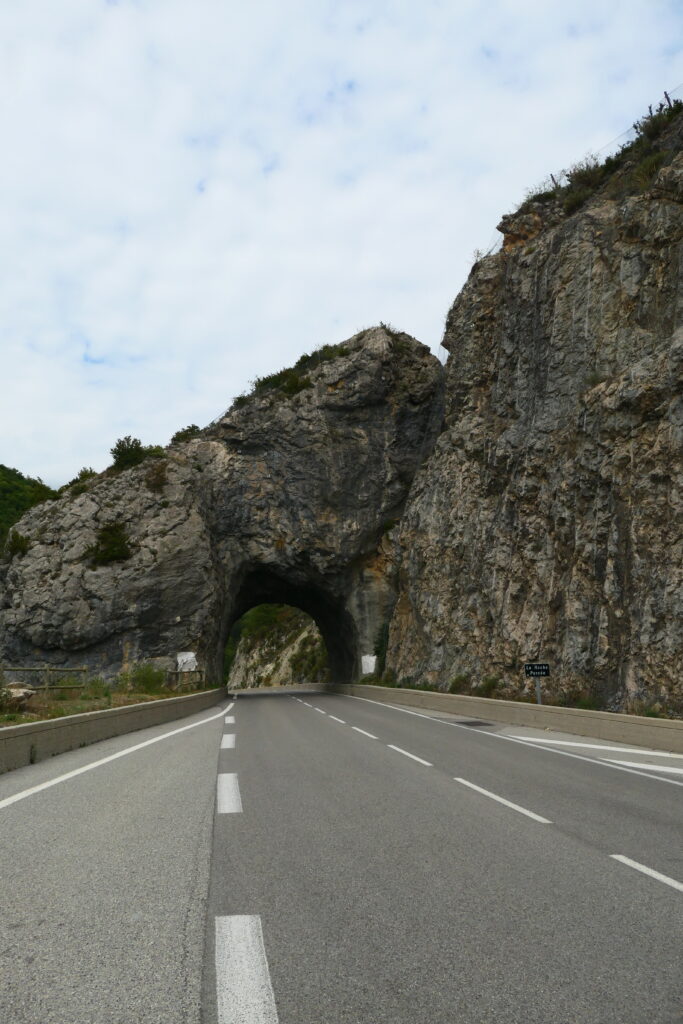
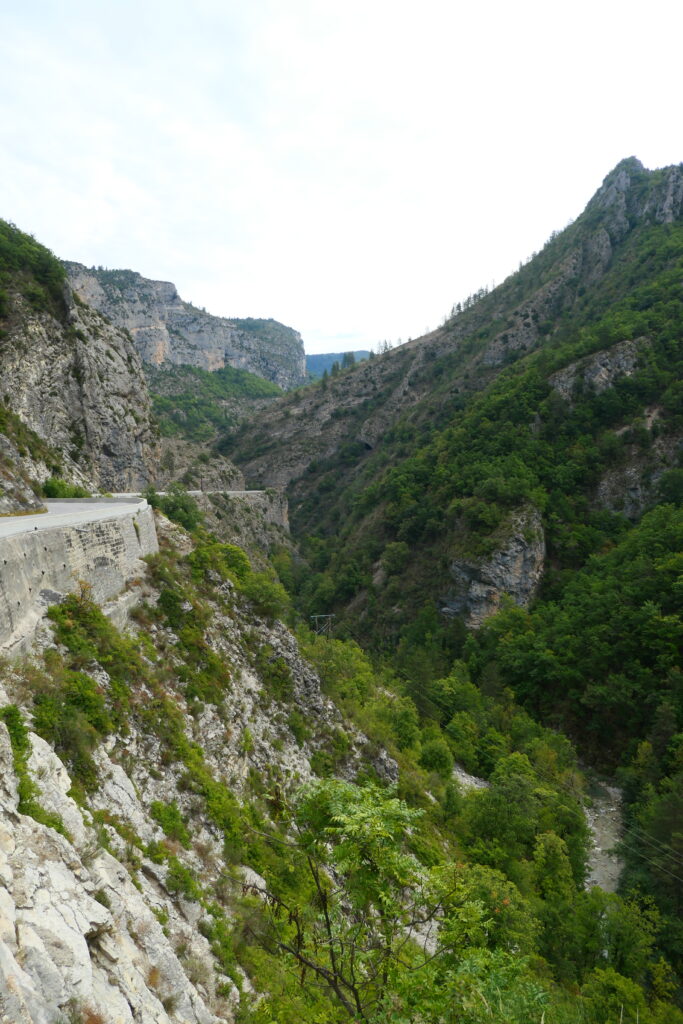
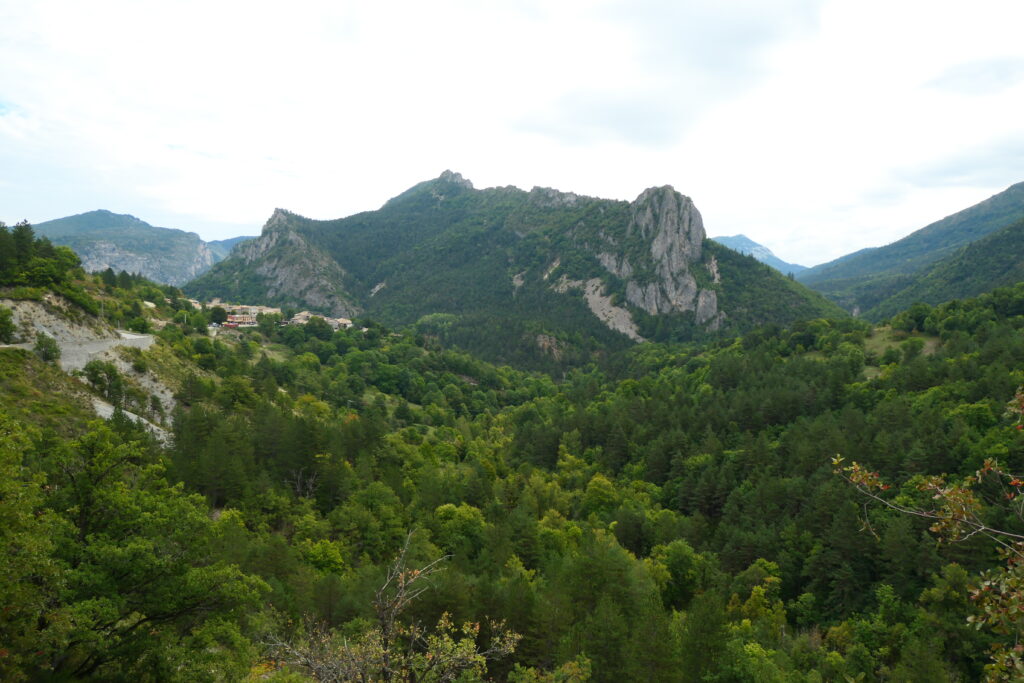
Rouen – Normandy
In a similar vein to Lille, Rouen is an absolutely ideal place to stop off, if you’re travelling to, or from, Dieppe or Le Havre by Ferry. We’ve stayed many times, and we particularly like its old-style quirkiness. As a medieval city, it’s got a lot to offer and lots to see and do. If you get the chance, you should defiantly try to see the son et lumière (sound and light show) at the Cathedral – well worth the effort and it’s free!
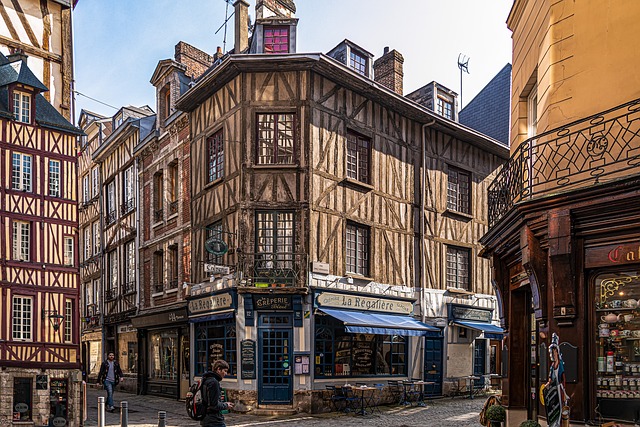

Roussillon – Provence
Roussillon is famous for its ochre rock. Throughout the 18th century, ochre was used as a pigment in the textile industry and, in its heyday, hundreds of people worked in Roussillon’s quarries.

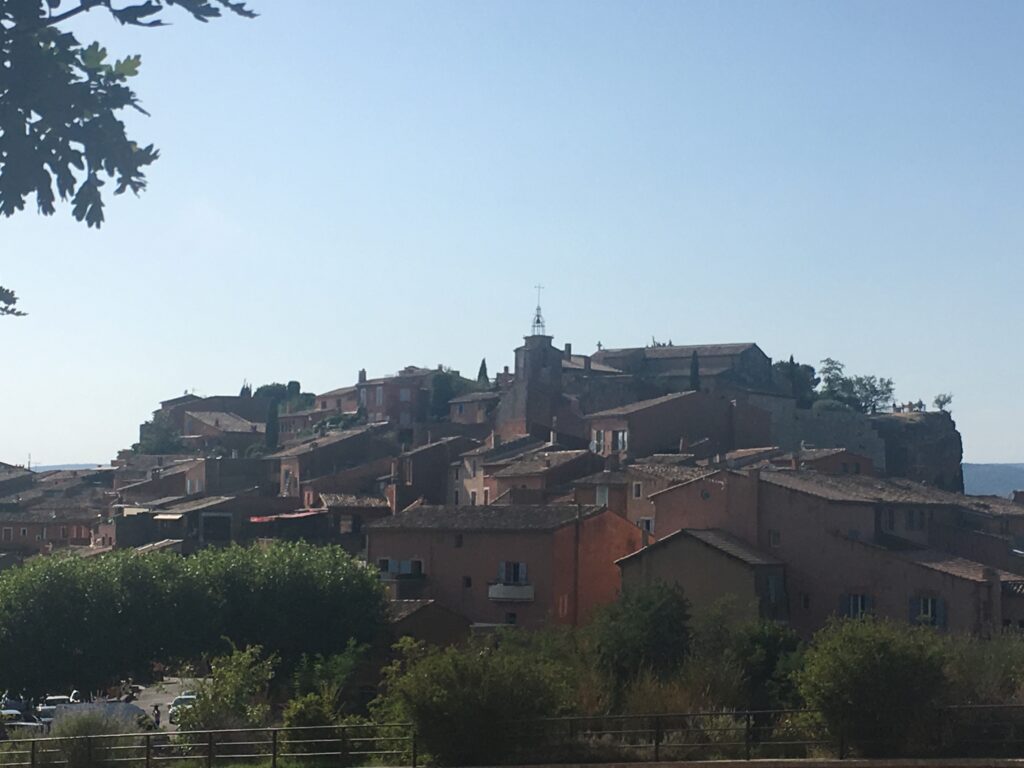
Sainte-Maxime – Var
Sainte-Maxime is a lovely little town on the French riviera, popular with tourists. Located close to Saint Tropez, it’s very similar, although far less busy with traffic, and thus more accessible.
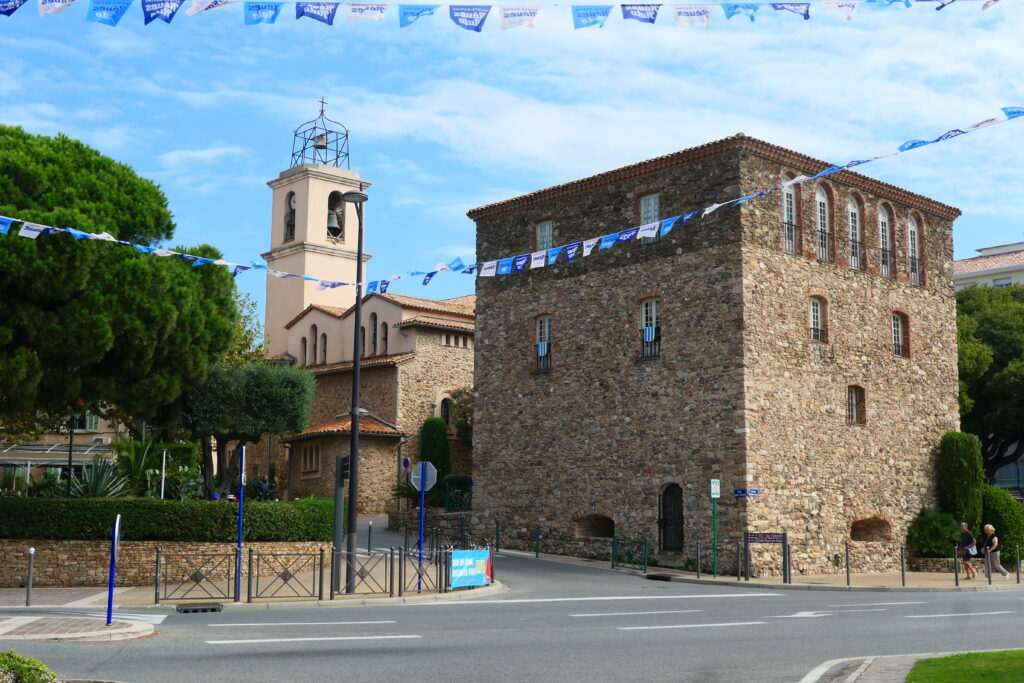
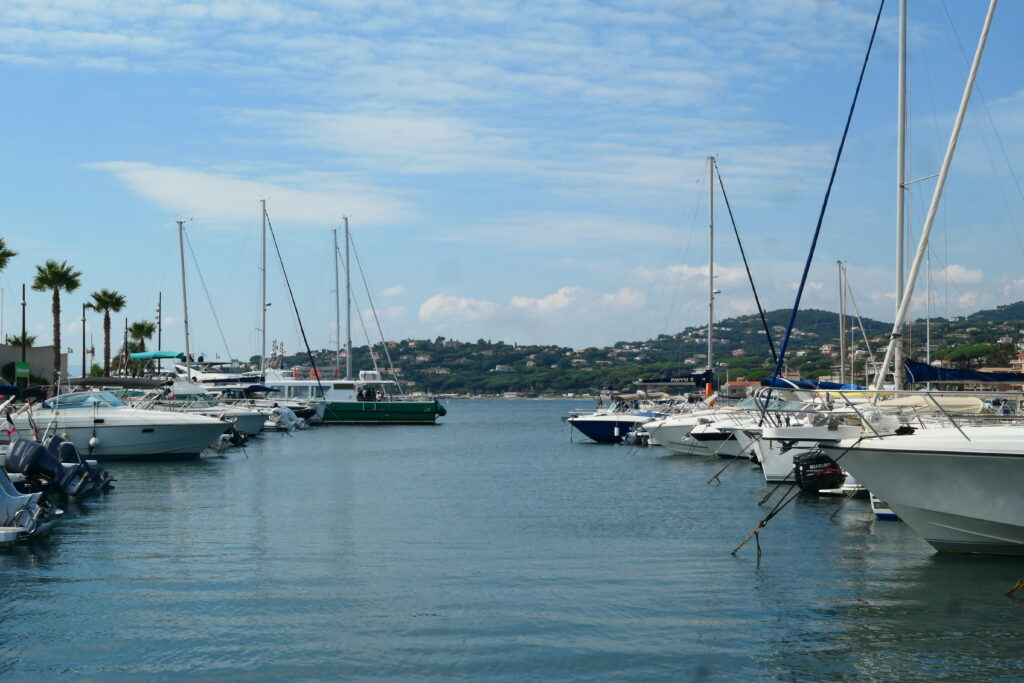
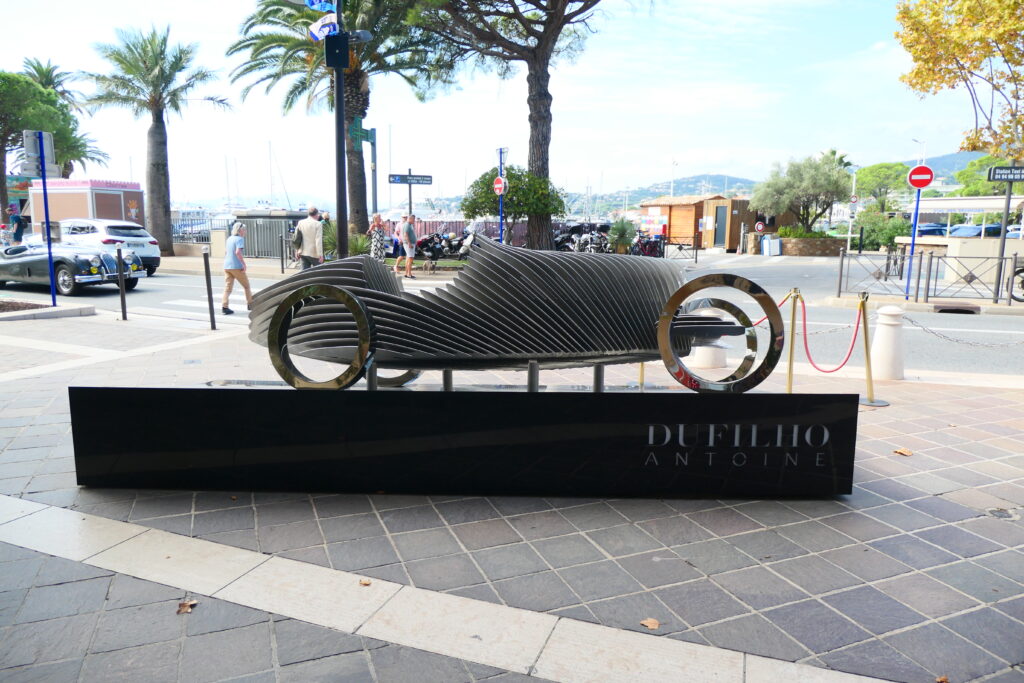
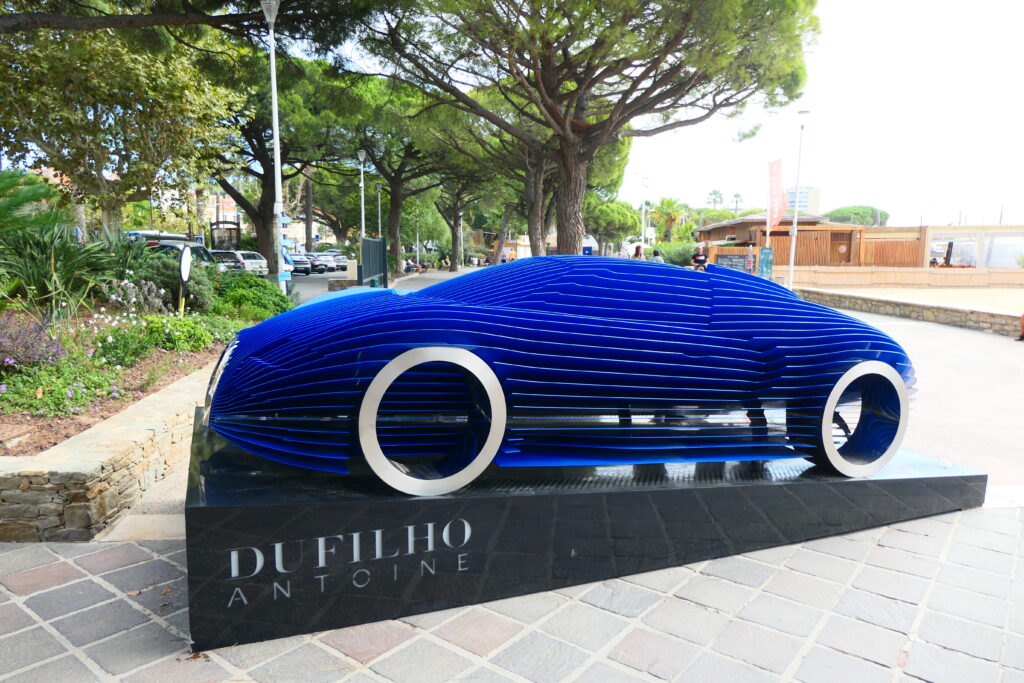
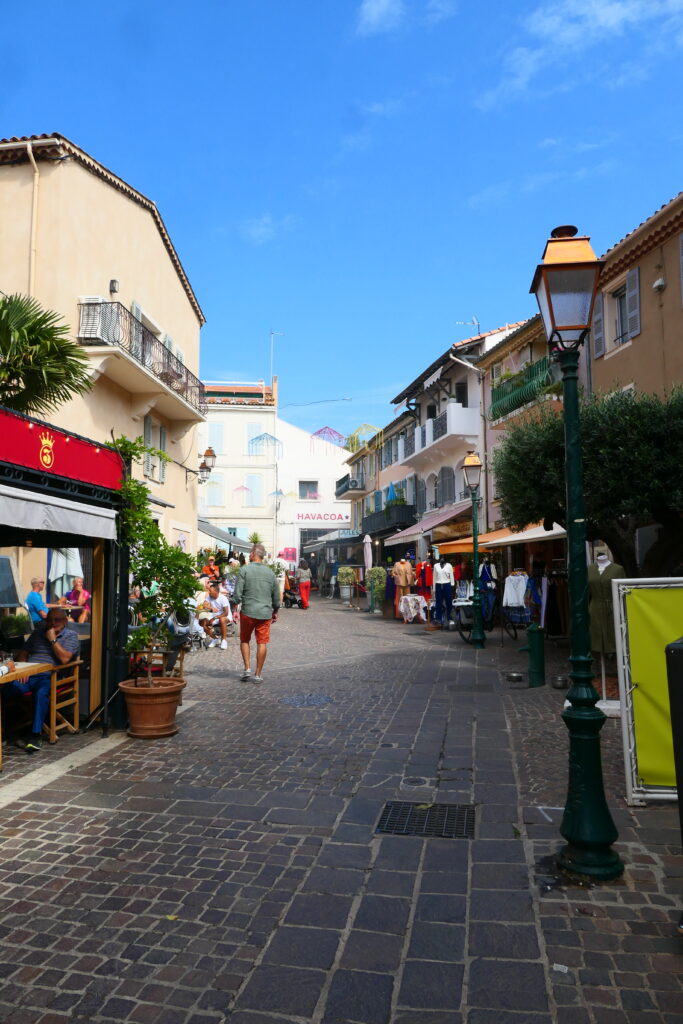
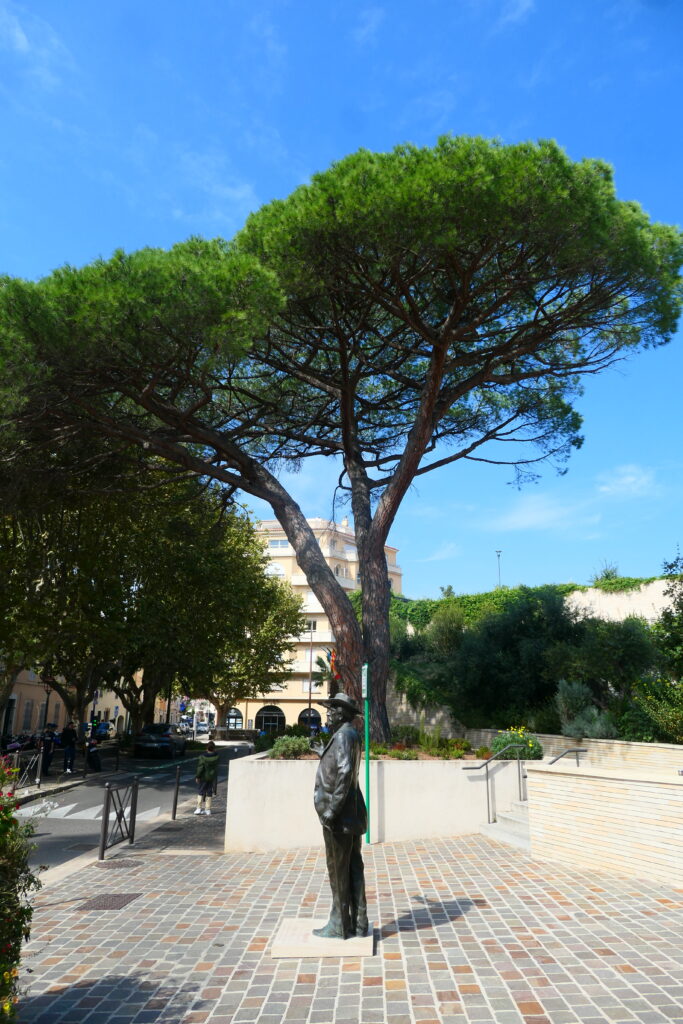
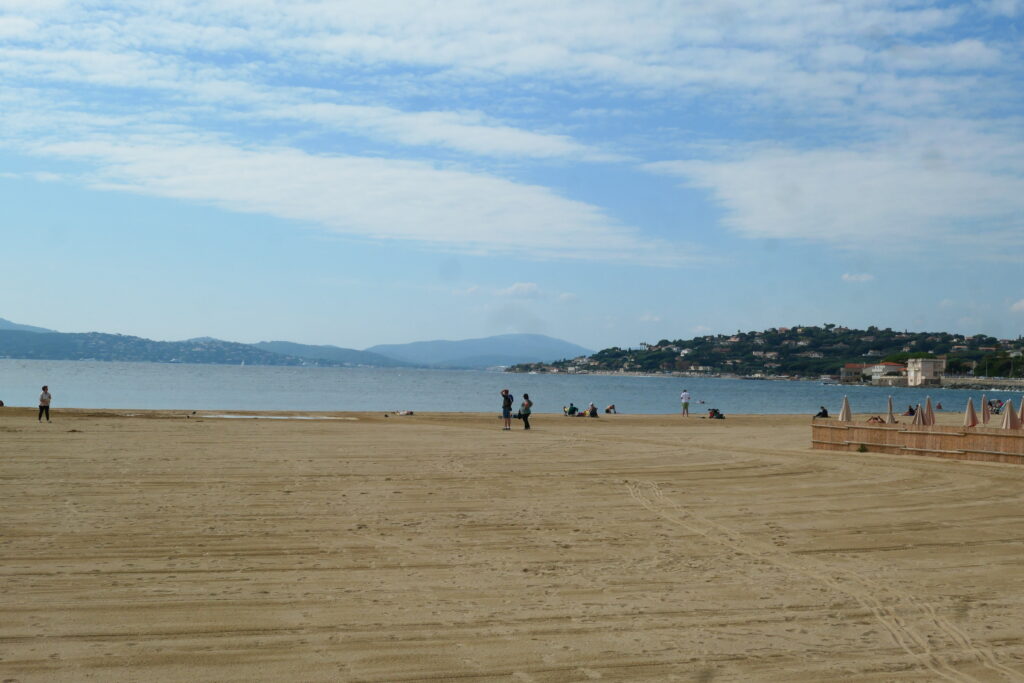
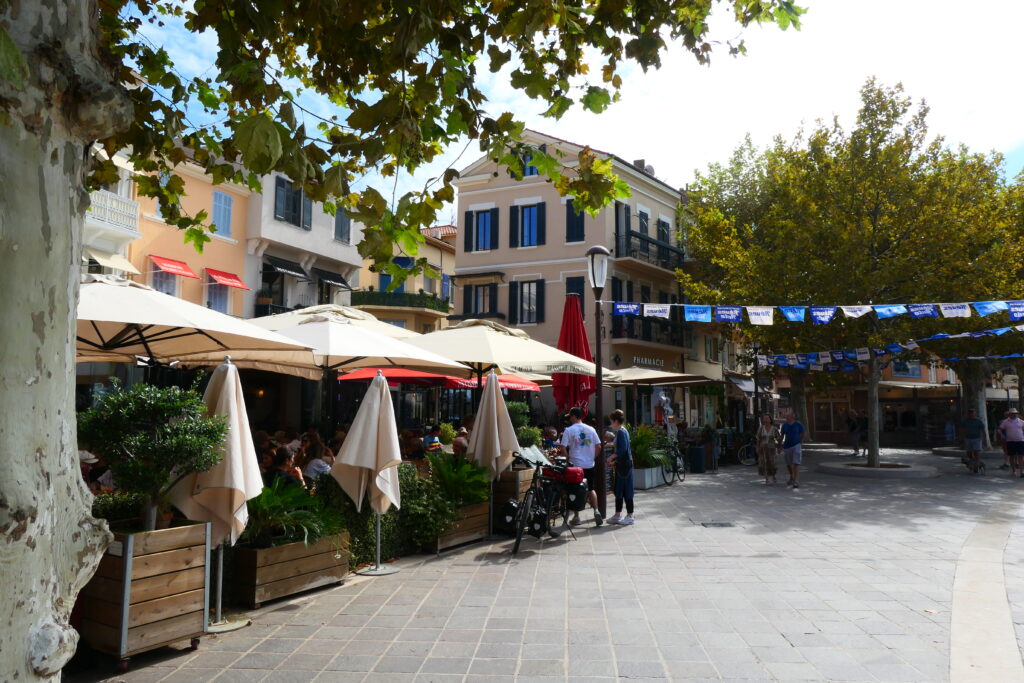
Saint-Omer – Pas-de-Calais
Saint-Omer is a quiet, but interesting, old market town near to Calais that’s a great stop off point when entering or leaving France via the UK.


Souillac – Lot
Souillac is a lovely, small town in south-central France. There’s an international jazz festival every year in the town, held in July.
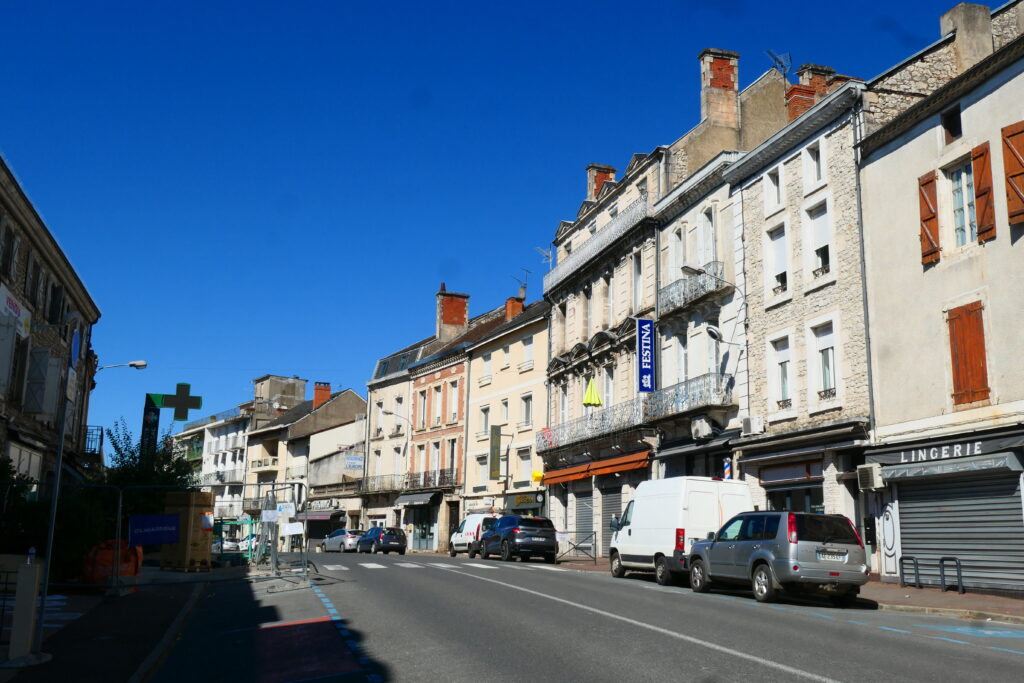
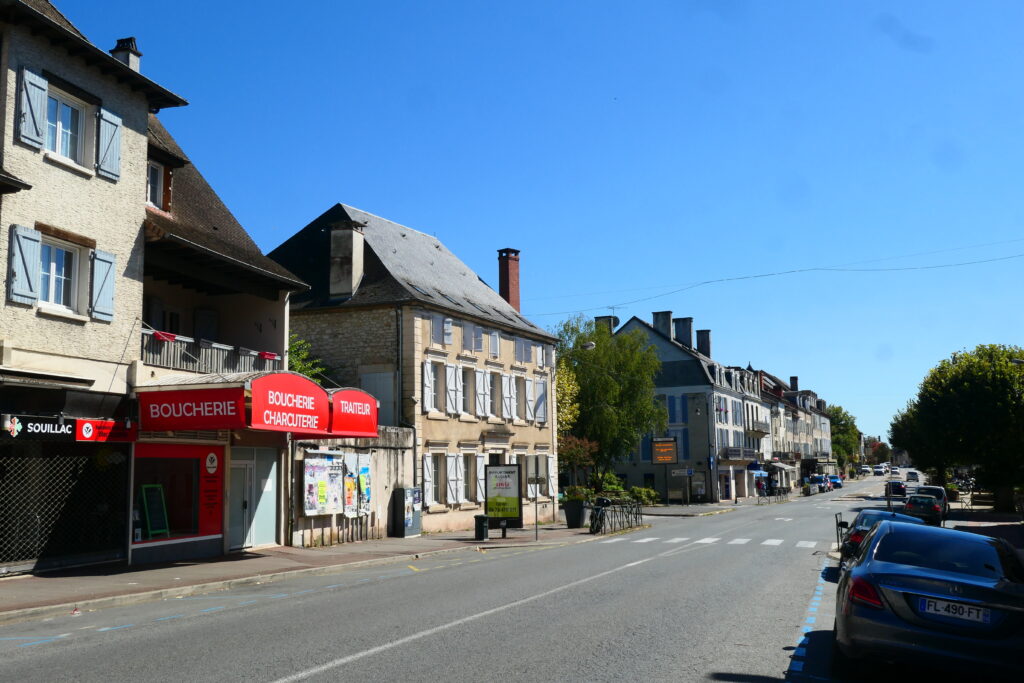
Tarn gorge
The Tarn gorge is a spectacularly beautiful 33 miles (53km) long canyon, located in southern France. Its maximum depth is around 1,970 ft (600 m). The whole area is magnificent for all kinds of outdoor sports and leisure activities.
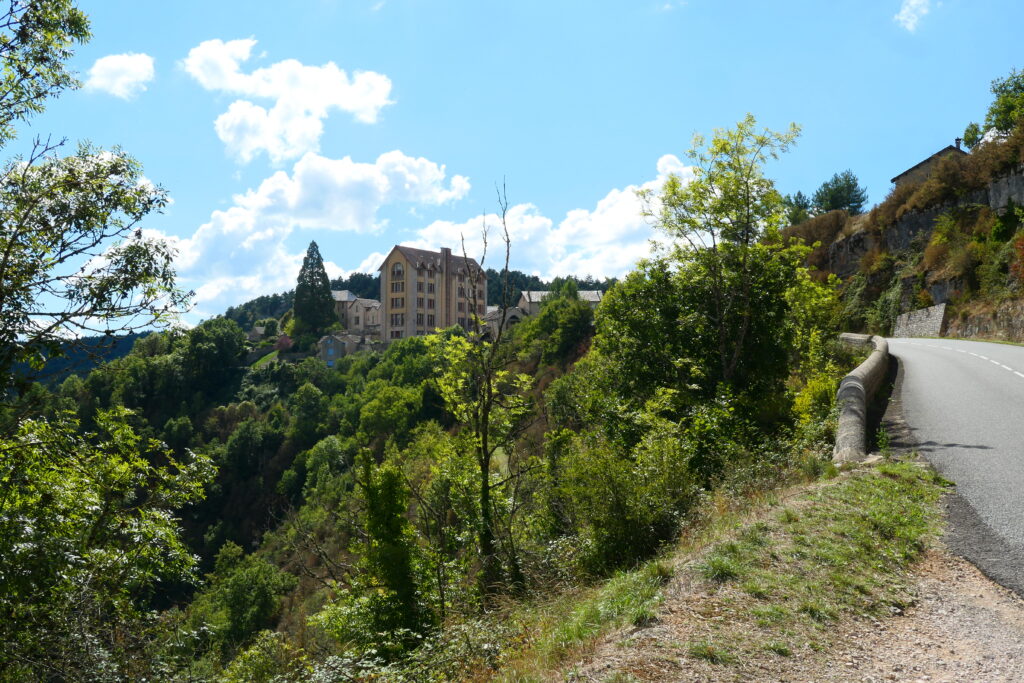
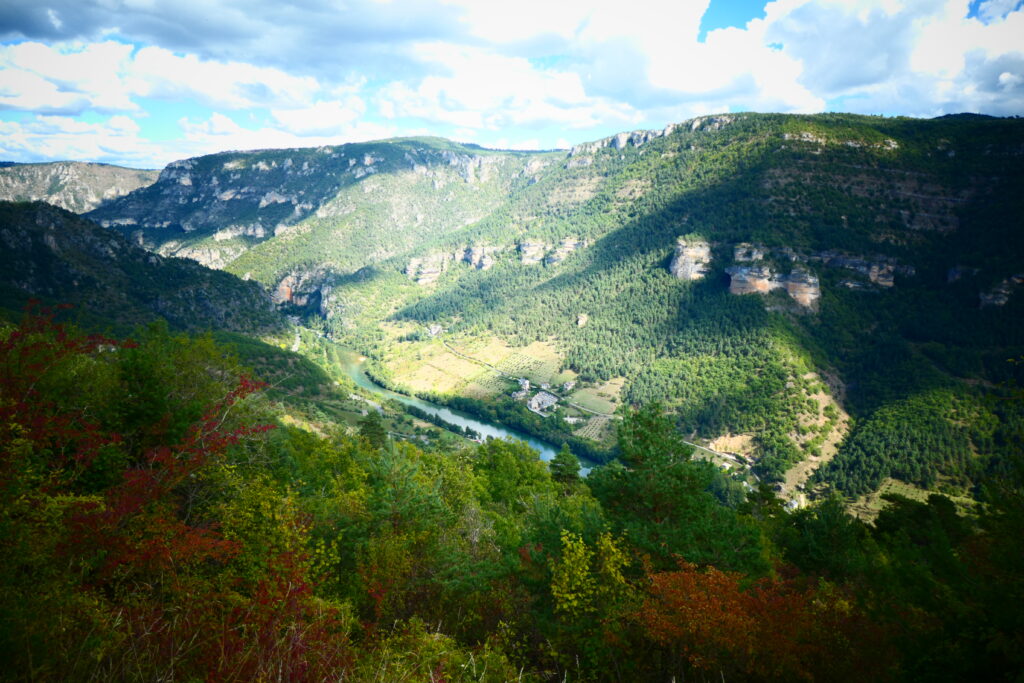
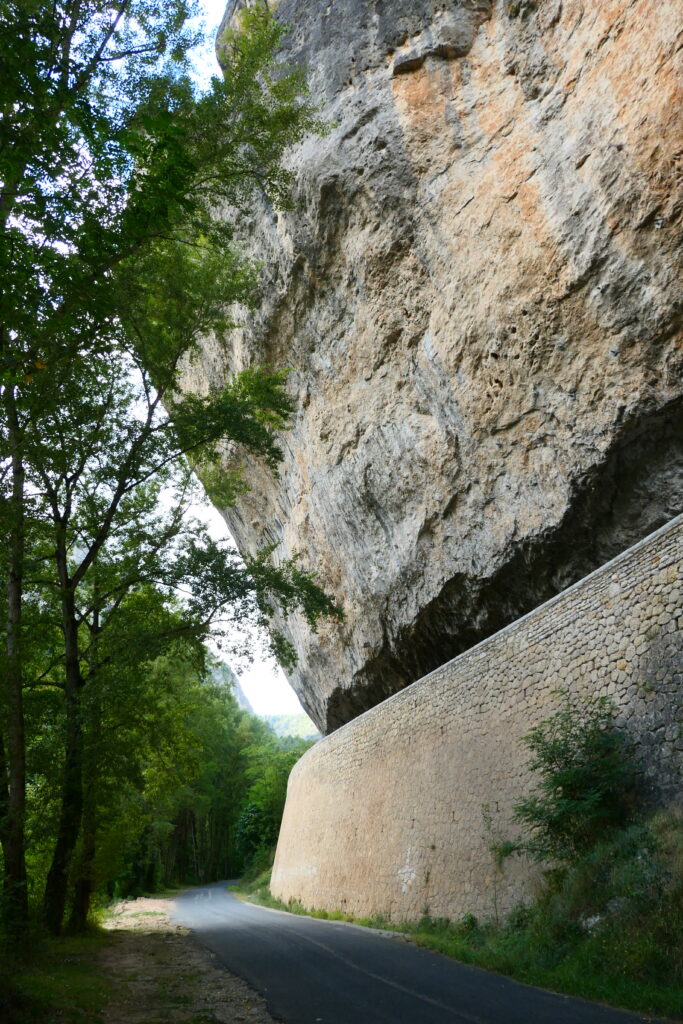
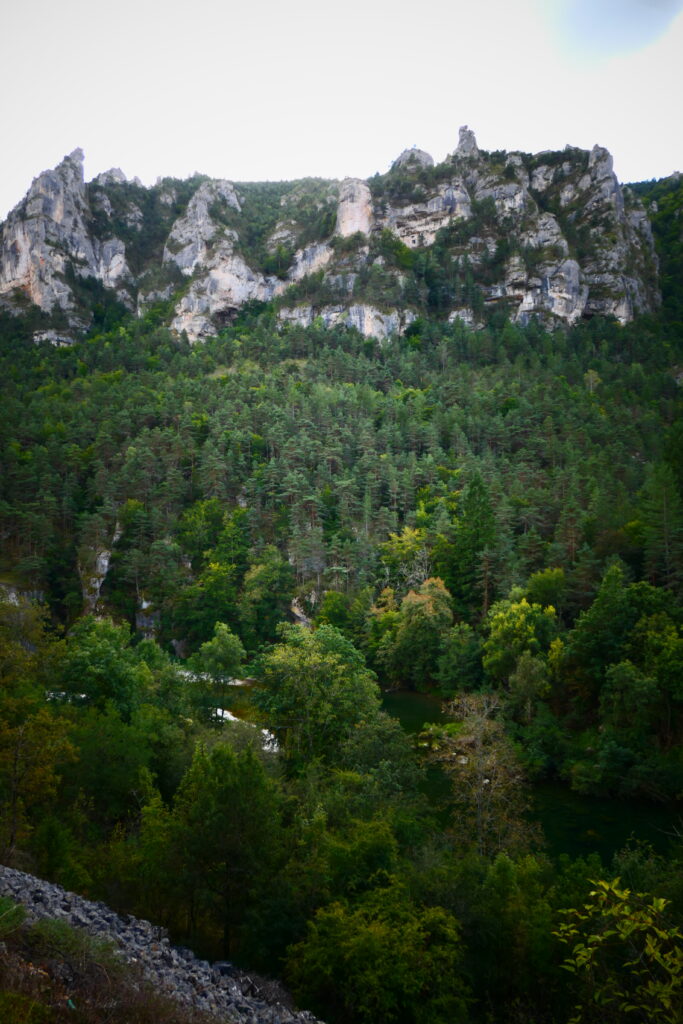
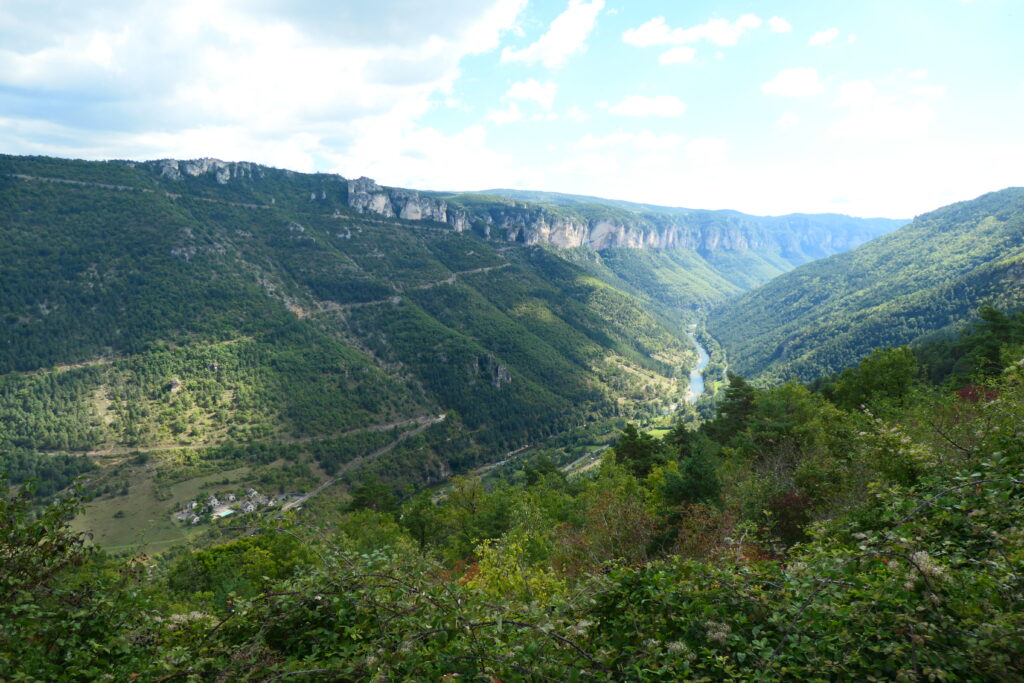
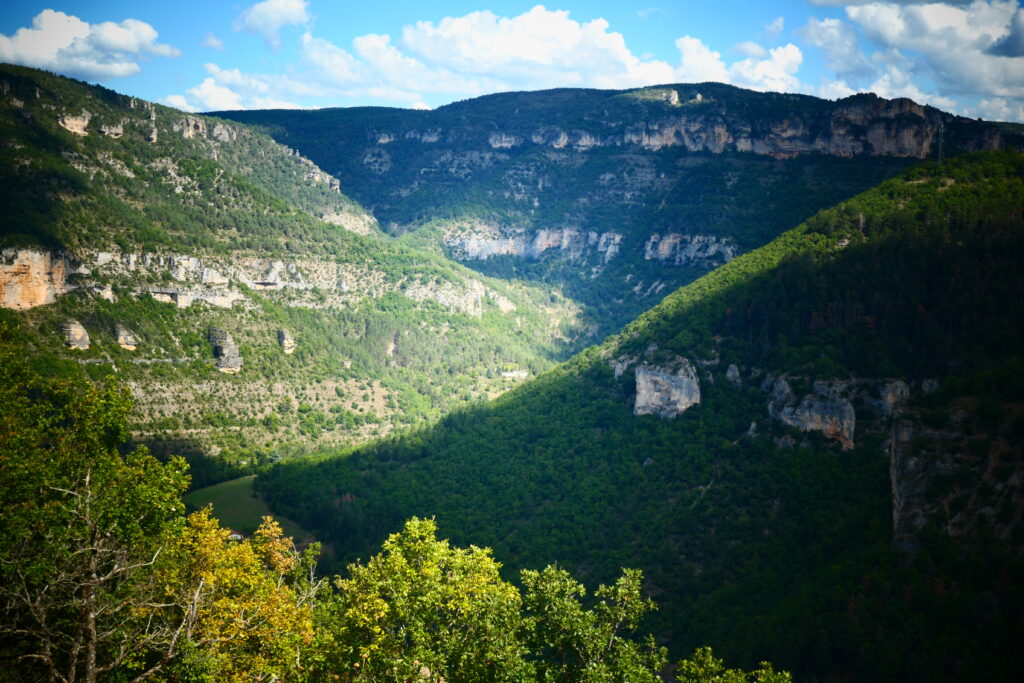
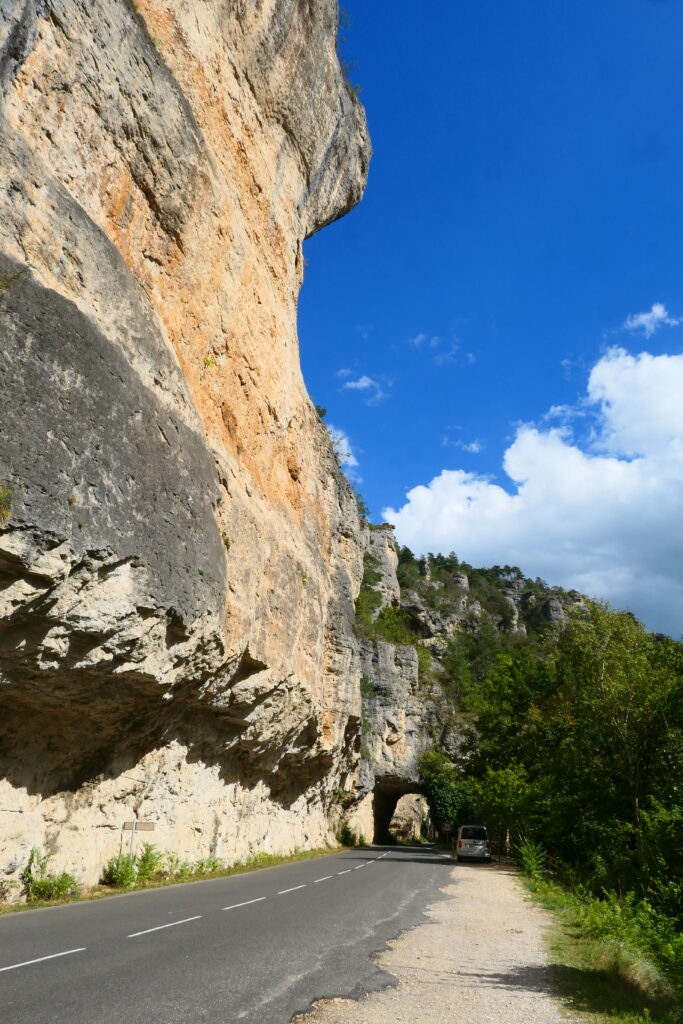
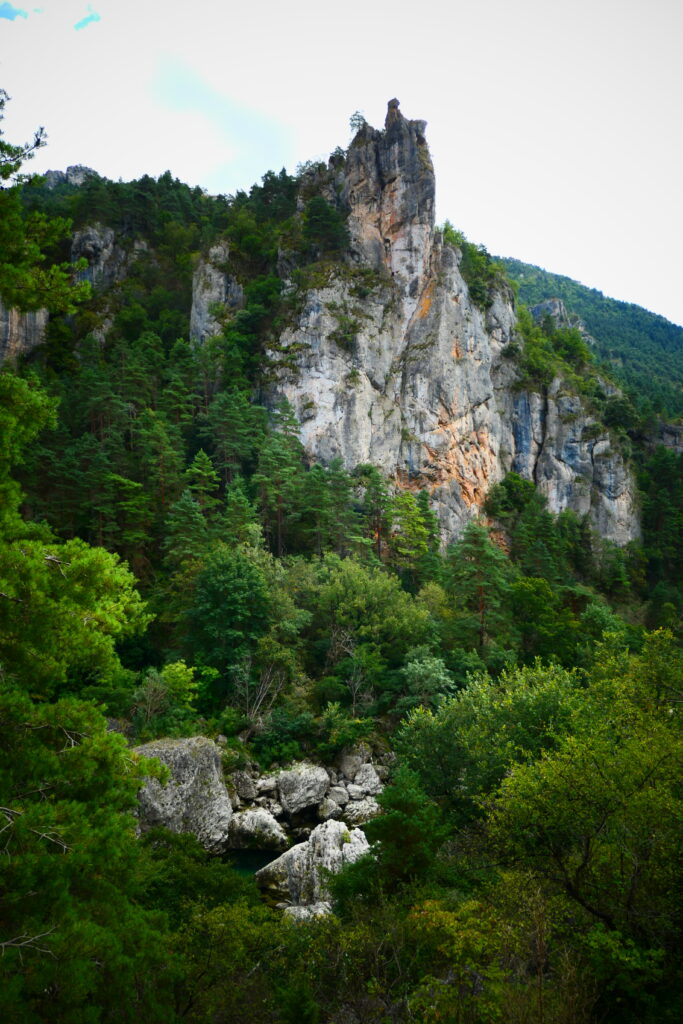
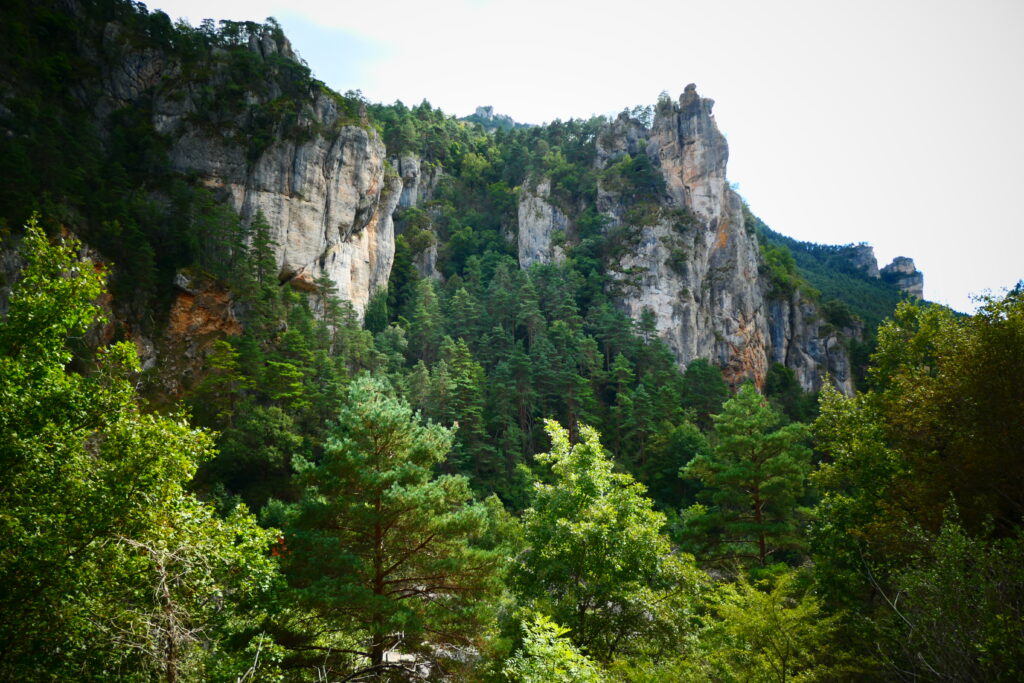
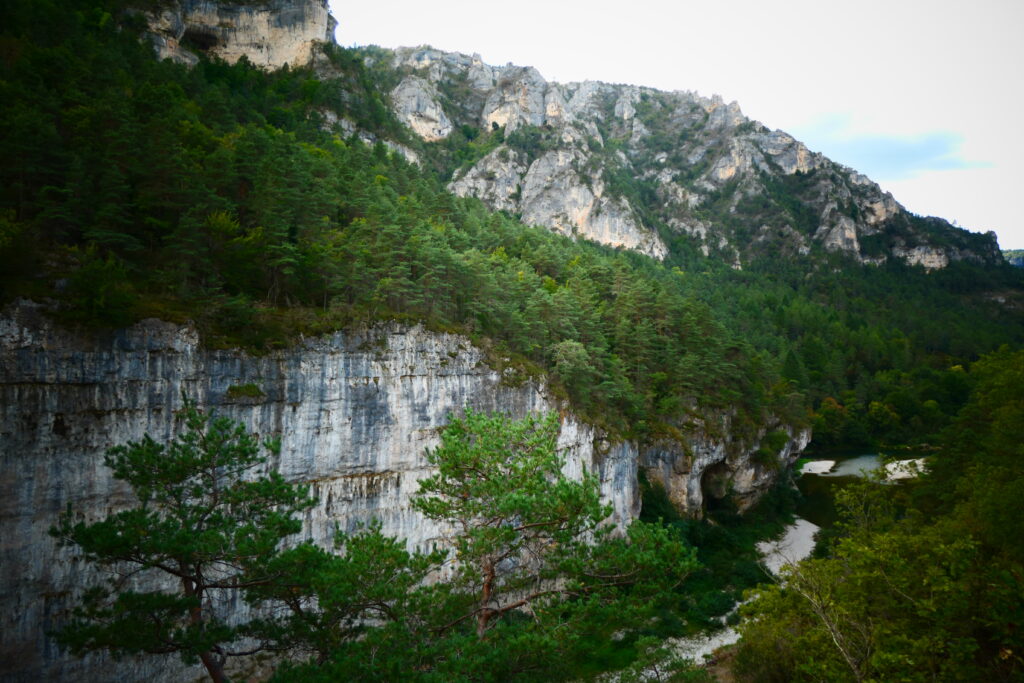
Troyes – Aube
Similarly to Dijon, for us Troyes was just a stop off point for us … but wow! It’s like being in Chester or York – proper old school buildings. Just amazing! You could spend a whole day just wandering looking at it all – we did! Highly recommended!

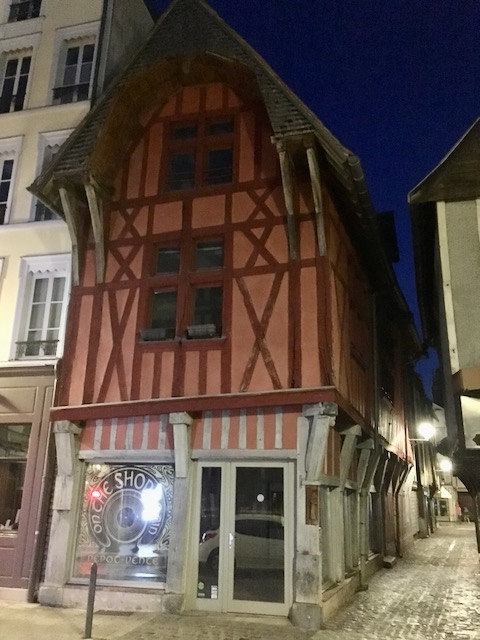
Verdon gorge – Var
The Verdon gorge is an incredible canyon, 15½ miles (25km) long, located in south eastern France. Its maximum depth is around 2,300 ft (700m). The whole area is magnificent for all kinds of outdoor sports and leisure activities.

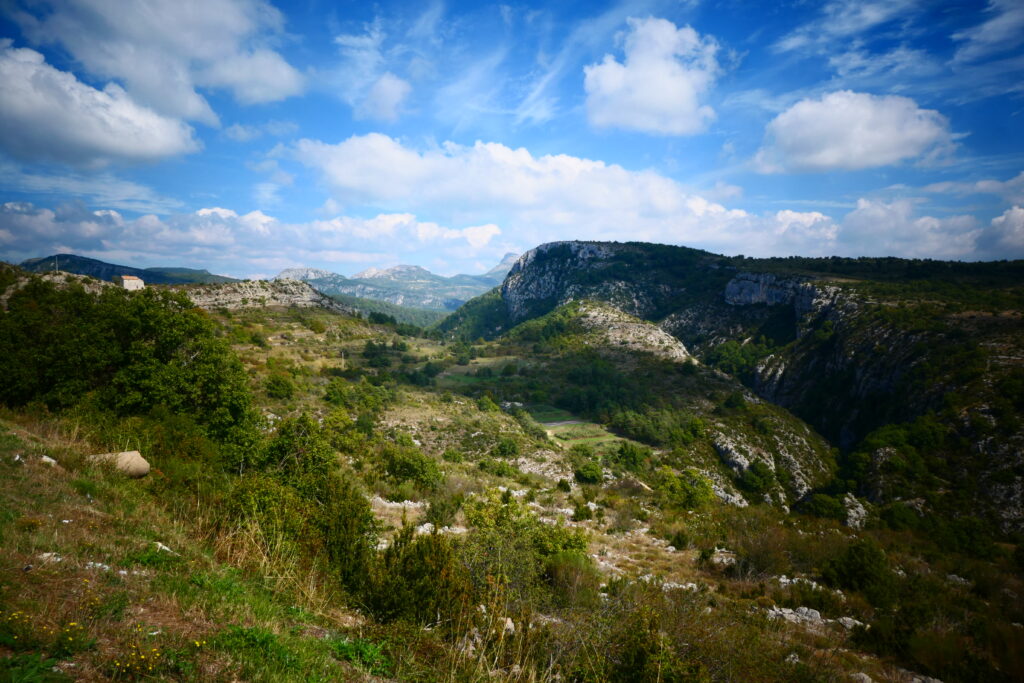
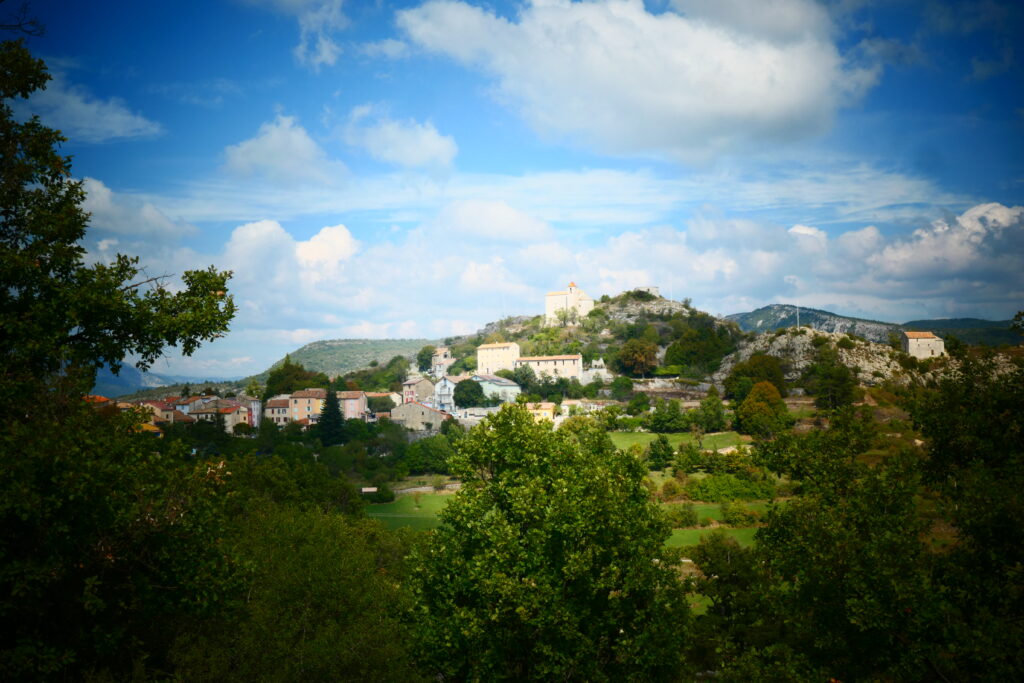
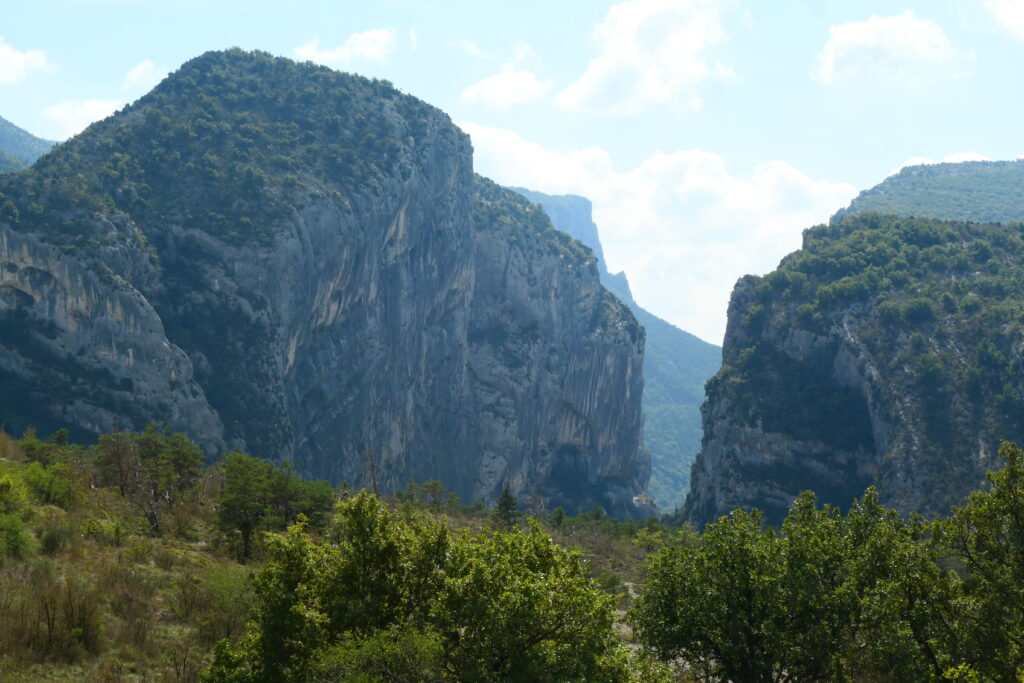
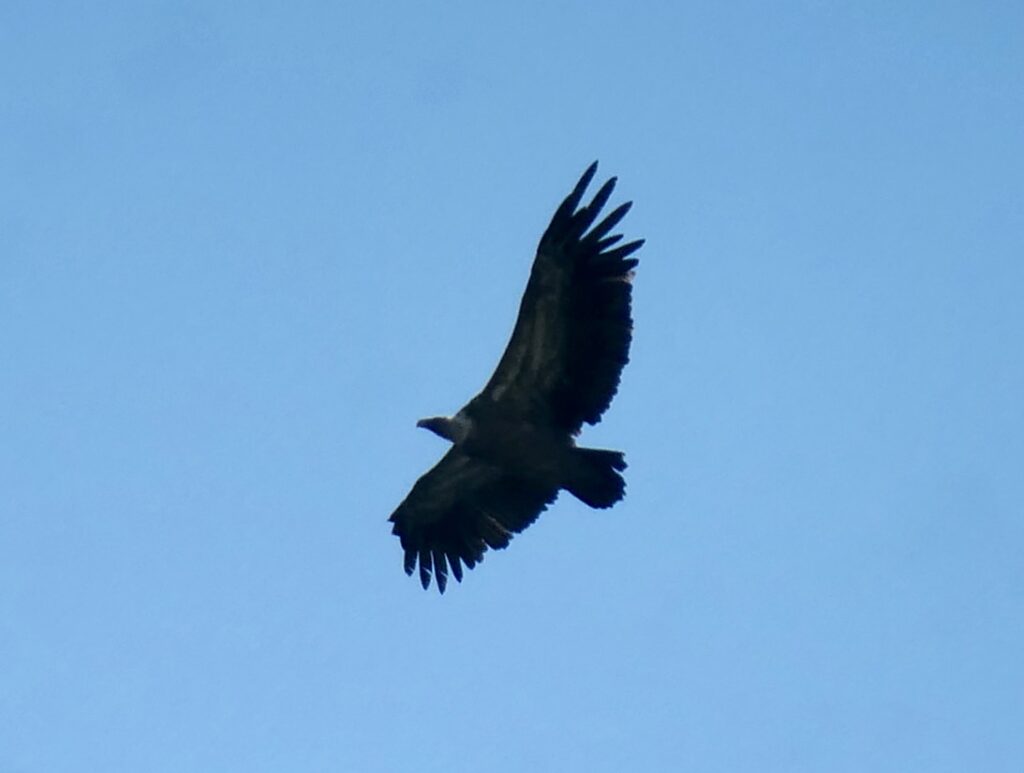
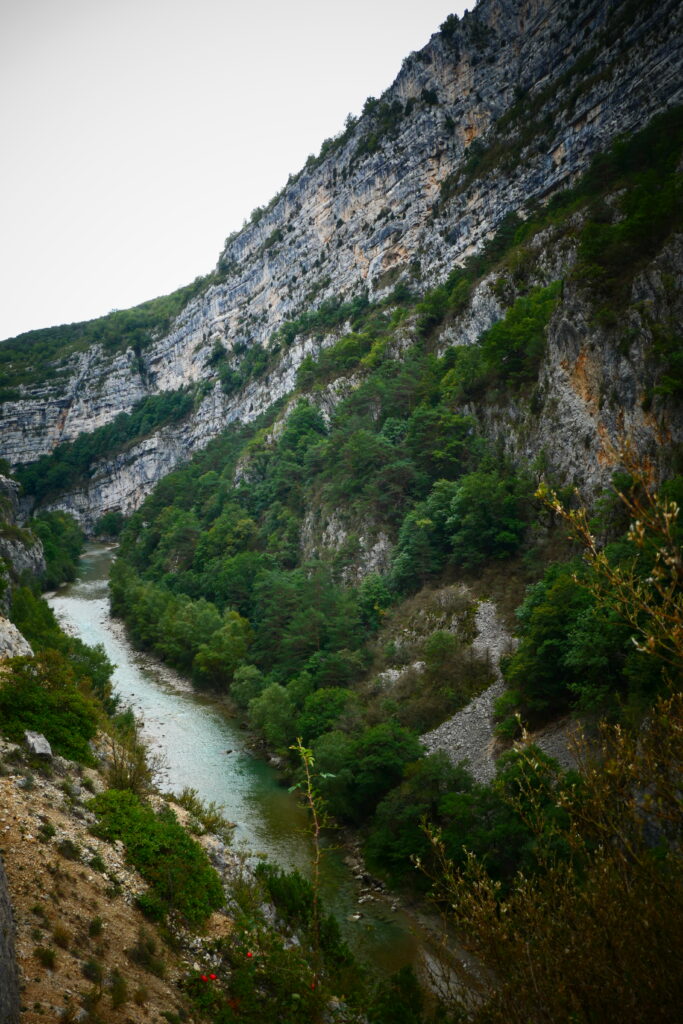
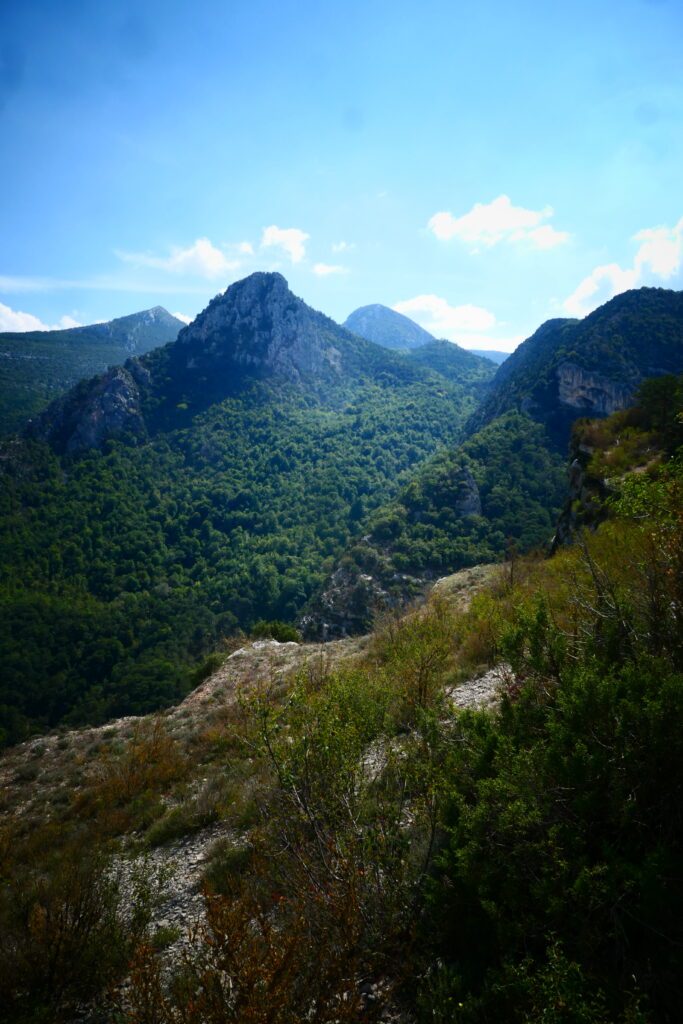
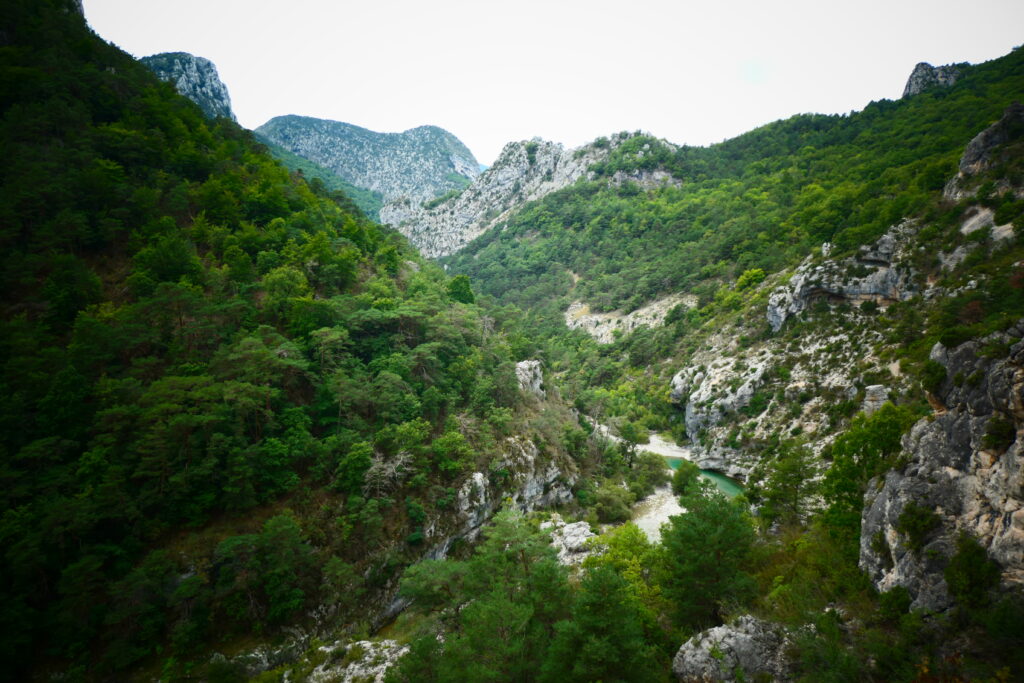
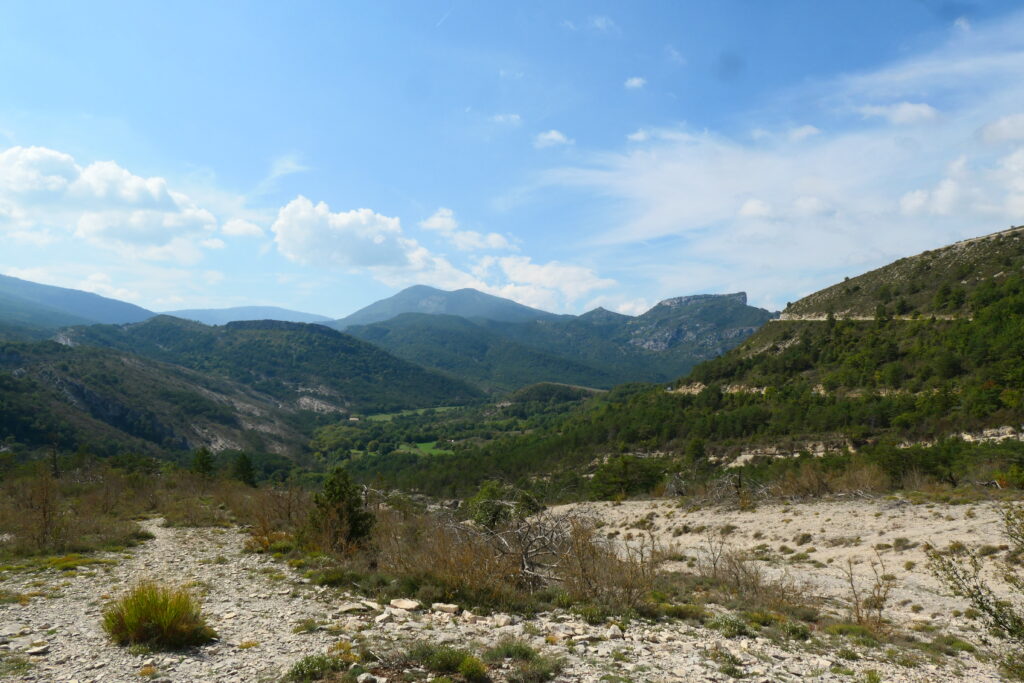
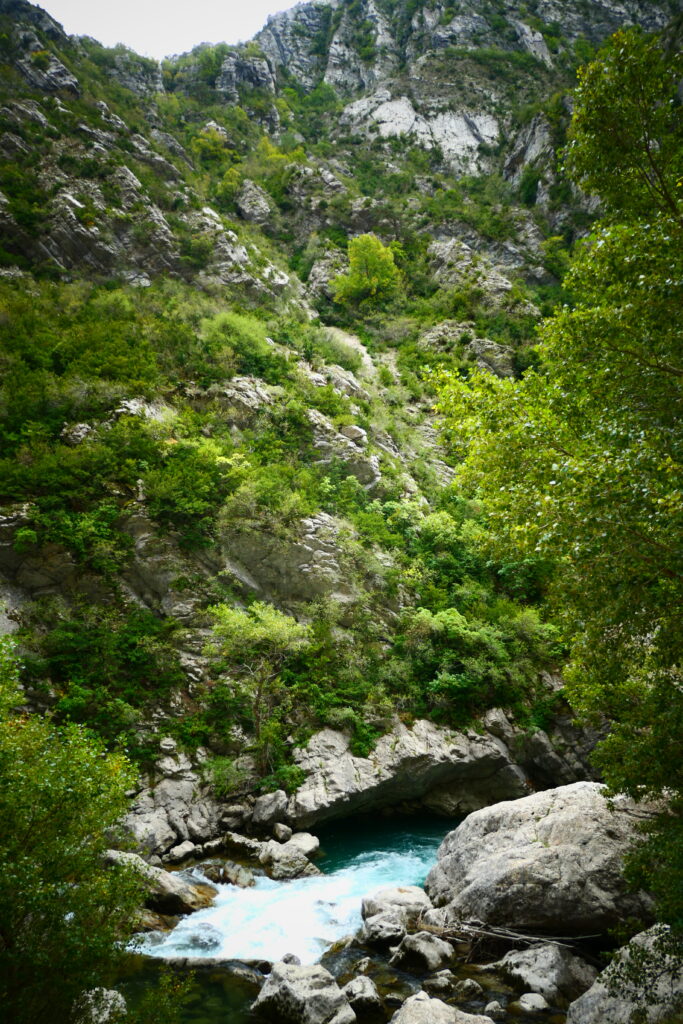
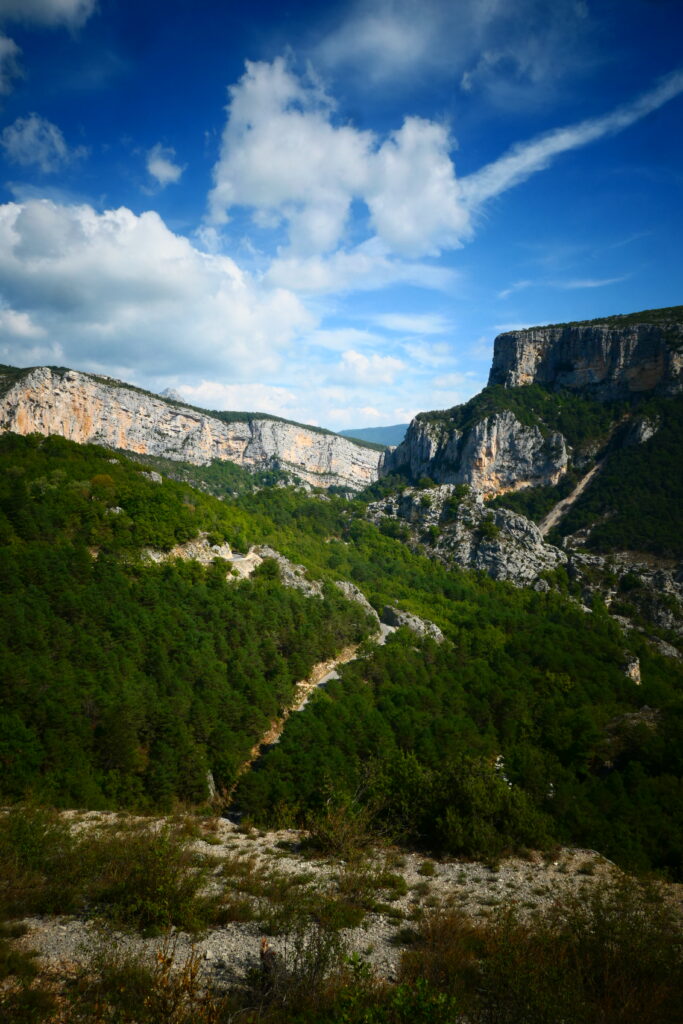
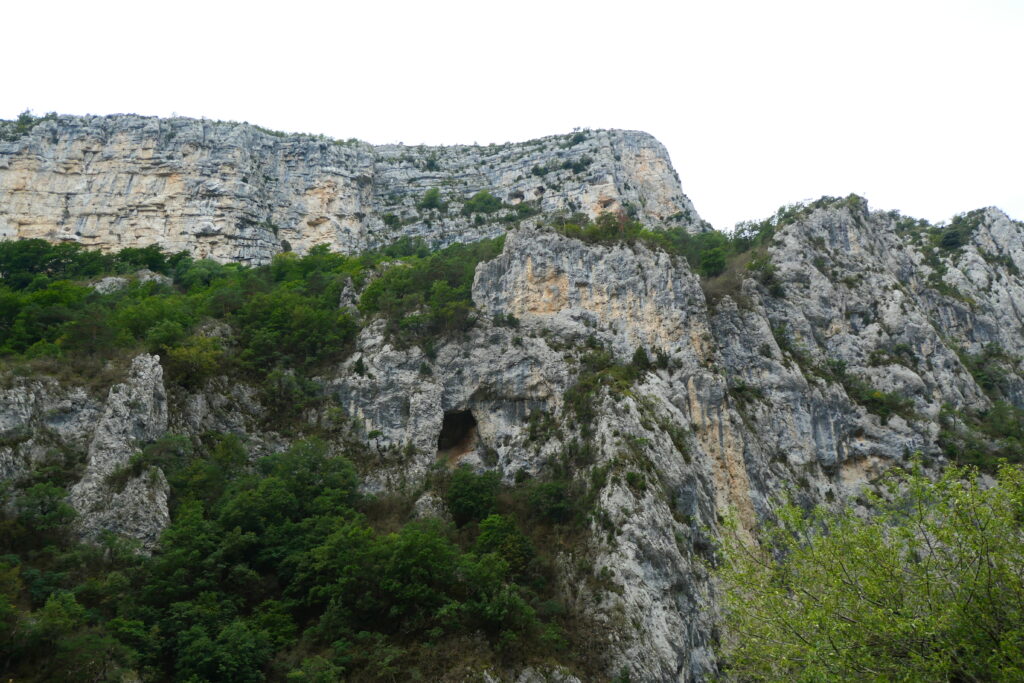
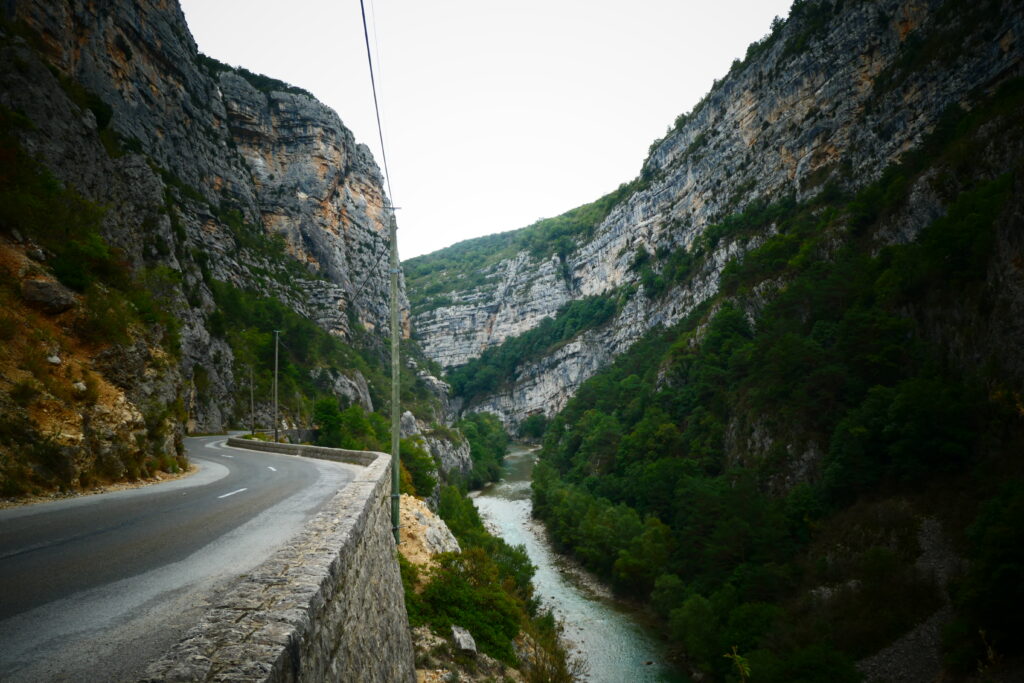
Vers – Lot
Vers is a lovely village in the commune of St Géry-Vers, that sits on the river Lot, close to Cahors. There’s a great hotel / restaurant there as well as the municipal camp site.
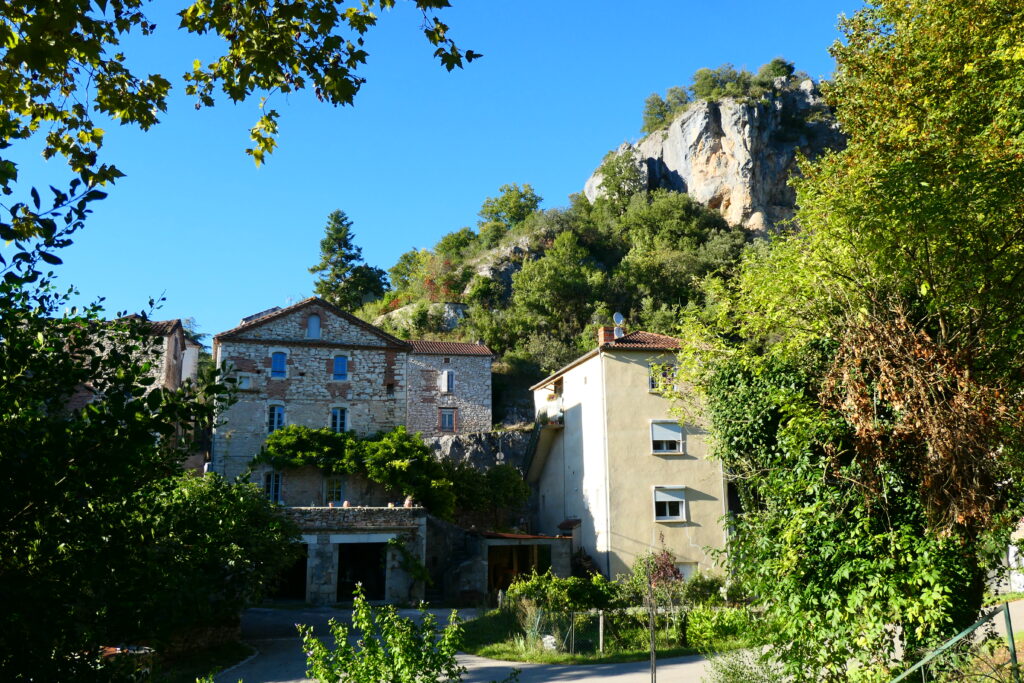
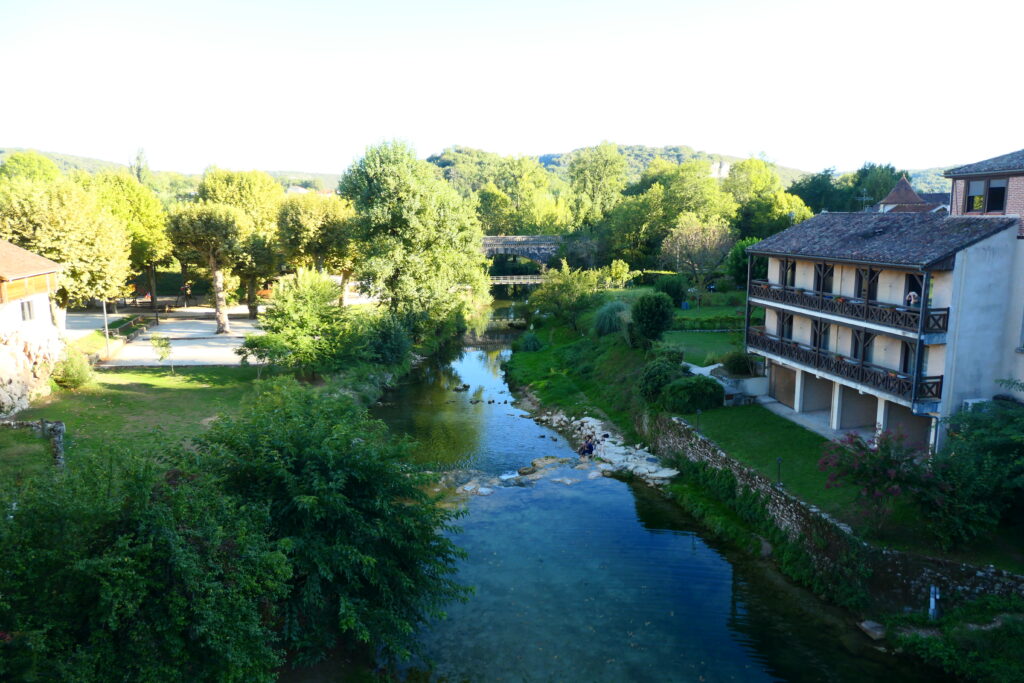
What’s it like to drive in France?
Driving in mainland France
For the most part driving in France is a fairly laid-back affair due to the amount of traffic between most town and cities being quite low compared with life in the UK. Presumably this is due to France being twice the size of the UK but with a comparable population.
Some of the best roads we’ve found in France include the M73, the D2566 and the D93. All three of these roads are in south east France, and all have very twisty-turns with some great scenic views along the route.
Driving in Corsica
There’s more information on driving in Corsica in the dedicated Corsica page.
French driving mannerisms
French drivers do like to drive pretty close behind you prior to overtaking, which can be off-putting. Plus there are many drivers that are quite content to drive 20 ft behind you for many, many miles, despite there being several lanes to overtake?!
Also, we’ve found that many French drivers do not like to be overtaken for some reason, and will chase you in order to overtake you again, only to slow down. Quite bizarre behaviour!
Driving in French cities
Like all major cities, traffic in the larger cities can be a hassle with lots of traffic jams … particularly in Paris, Lyon and Bordeaux. Despite drivers actually being no more aggressive than the UK, they do tend to love using the car horn a lot! If you’re sensitive to this, try to ignore it – mostly they are just trying to let off steam!
Driving on motorways in France
French motorways are mostly privately owned, and thus don’t tend to have speed cameras 🙂 If you break down, call 112 and you’ll be taken off the motorway where you can arrange your own help from then on.
remember that many French motorways are toll roads, and the tolls can quickly add up. Also remember that it can be a hassle if you’re driving alone in a UK car, as you’ll probably have to get out of your car to pay, further annoying anyone behind you!
Do you require an international driving permit in France?
We’ve created a dedicated page to driving abroad, which answers this question, and more, which you might find helpful.
Can you use your UK driving license when driving through France?
We’ve created a dedicated page to driving abroad, which answers this question, and more, which you might find helpful.
Do I need a carnet de passages to drive in France?
We’ve created a dedicated page to driving abroad, which answers this question, and more, which you might find helpful.
What are the speed limits in France?
As with almost everywhere on the continent of Europe, they drive on the right hand side of the road in France.
The speed limits for cars in France are:
- 30 mph (50 km/h) for urban driving
- 50 mph (80 km/h) outside of built up areas
- 70 mph (110 km/h) on dual carriageways
- 80 mph (130 km/h) on motorways
What currency do they use in France?
In France they use the Euro. The use of credit / debit cards is now widespread. ApplePay is accepted in some petrol stations and some stores in major towns, although it is not as widespread as in the UK or Spain for example. Travellers cheques are accepted. There are lots of ATMs.
You should make yourself aware of the amount that your bank charges you for using credit and debit cards abroad. Often credit cards are cheaper for purchasing items directly, and for withdrawing cash from ATMs.
What language do they speak in France?
They speak French in France. We’ve found that they also speak English in most cities, particularly if you attempt to speak French but you’re not fluent!
What time zone is France in?
Remember, when you’re planning your next trip to take a look at what time zone it’s in.
Do I need a visa to visit France?
We’ve created a dedicated, more comprehensive page on visas, which you should find helpful. Check it out!
Is wild camping legal in France?
No, wild camping is illegal in France, although it’s widely tolerated.
What plug / socket type do they use in France?

In France they use plug / socket type E.
Health issues in France
Is it safe to drink water in France?
Yes, it is safe to drink tap water in France. Bottled water is also readily available across the country.
What vaccinations are required for France?
This NHS website is kept up to date with all relevant information on vaccinations in France.
Phones in France
What is the country calling code for France?
The country calling code for France is +33
What are the emergency phone numbers in France?
- The emergency number for police in France is: 112 / 17
- In France, the emergency number for ambulance is: 112 / 15
- The emergency number for fire in France is: 112 / 18
If you’ve got some useful info that you’d like to share, let us know!
And don’t forget to check out all the other pictures!
